Publications and outreach
Here we feature publications from the members of the REXSAC network that are related to our research tasks and overall goal. The listed publications and outreach material includes material produced in other projects.
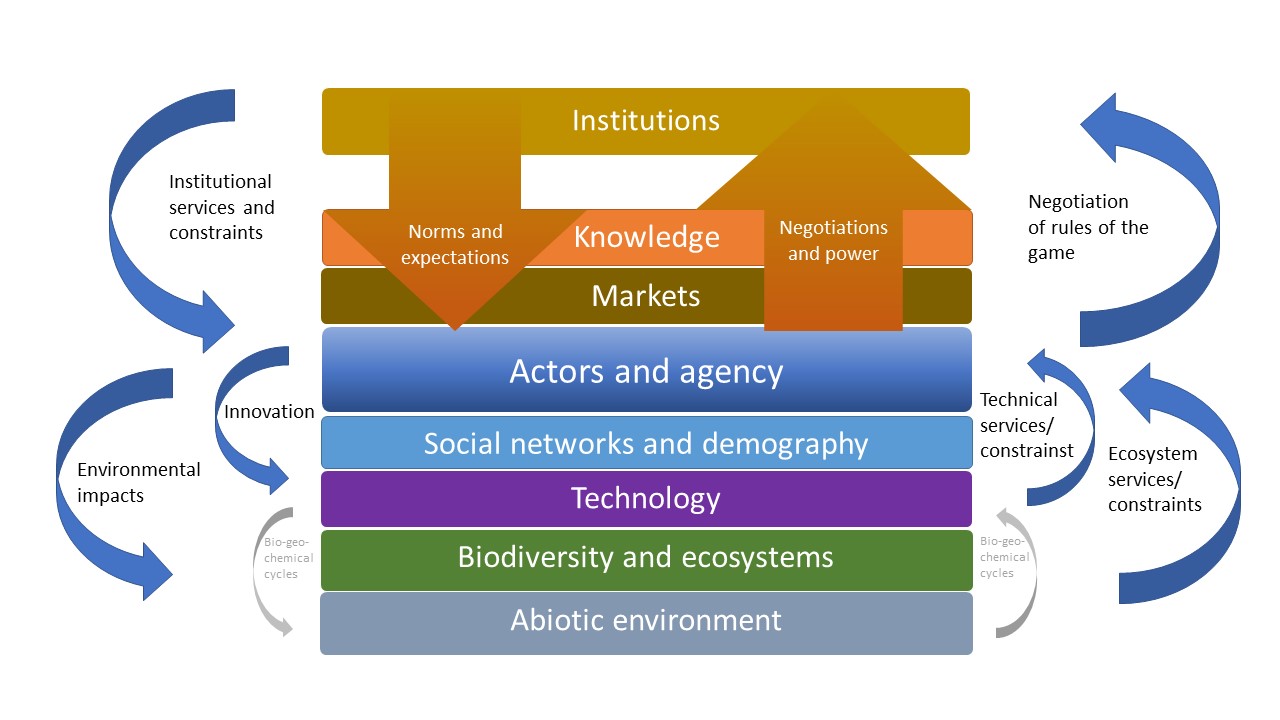
An analytical framework for more holistic impact assessments
Understanding the impacts of extractive industries on sustainable development requires analyzing them as part of dynamic social-ecological-technological systems. Building on insights from studies of social-ecological…
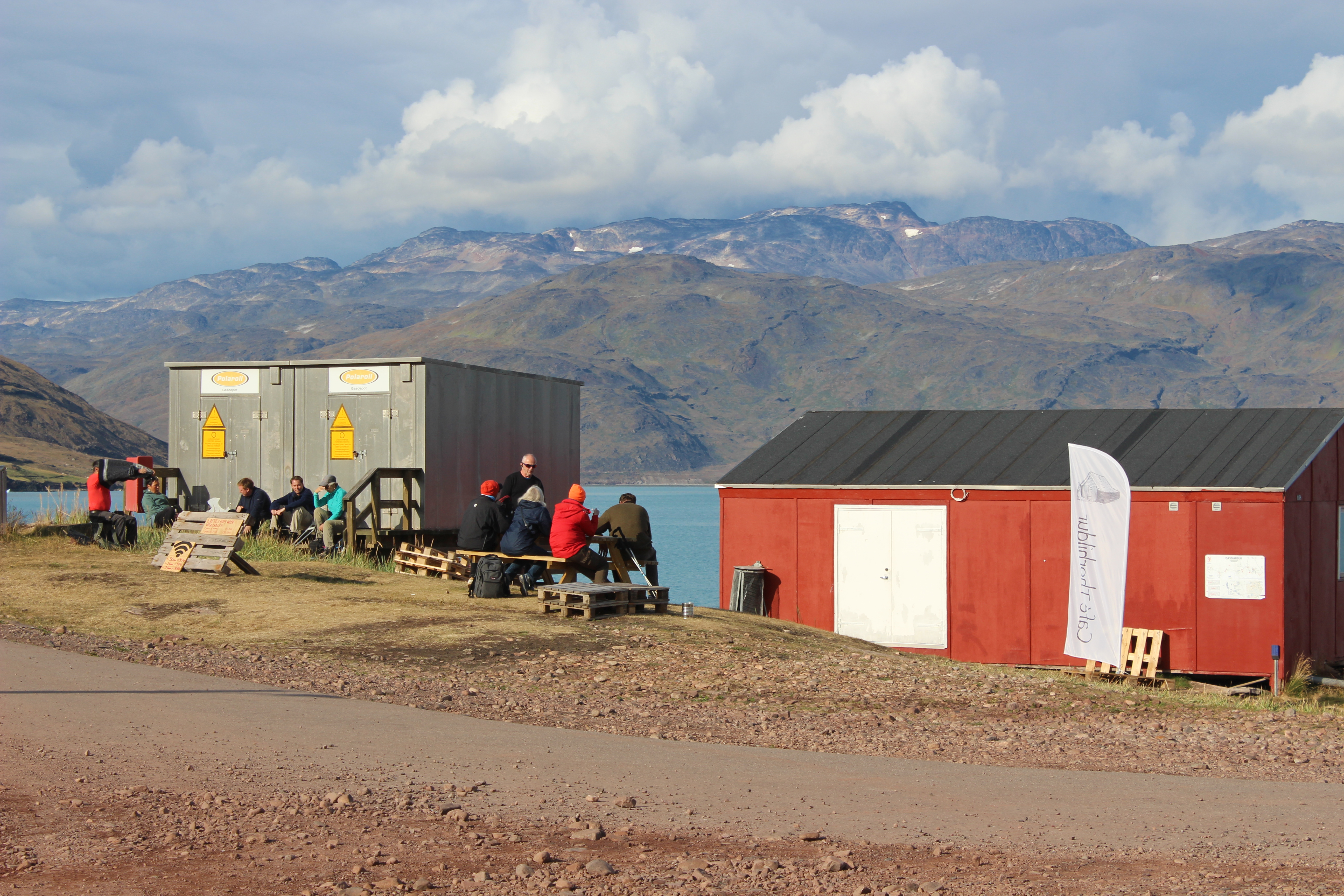
Article – Challenging Tourism Landscapes of Southwest Greenland: Identifying Social and Cultural Capital for Sustainable Tourism Development
In this article, we identify and discuss the possibilities, limitations, and challenges of sustainable tourism development in Southwest Greenland through a consideration of dimensions of…
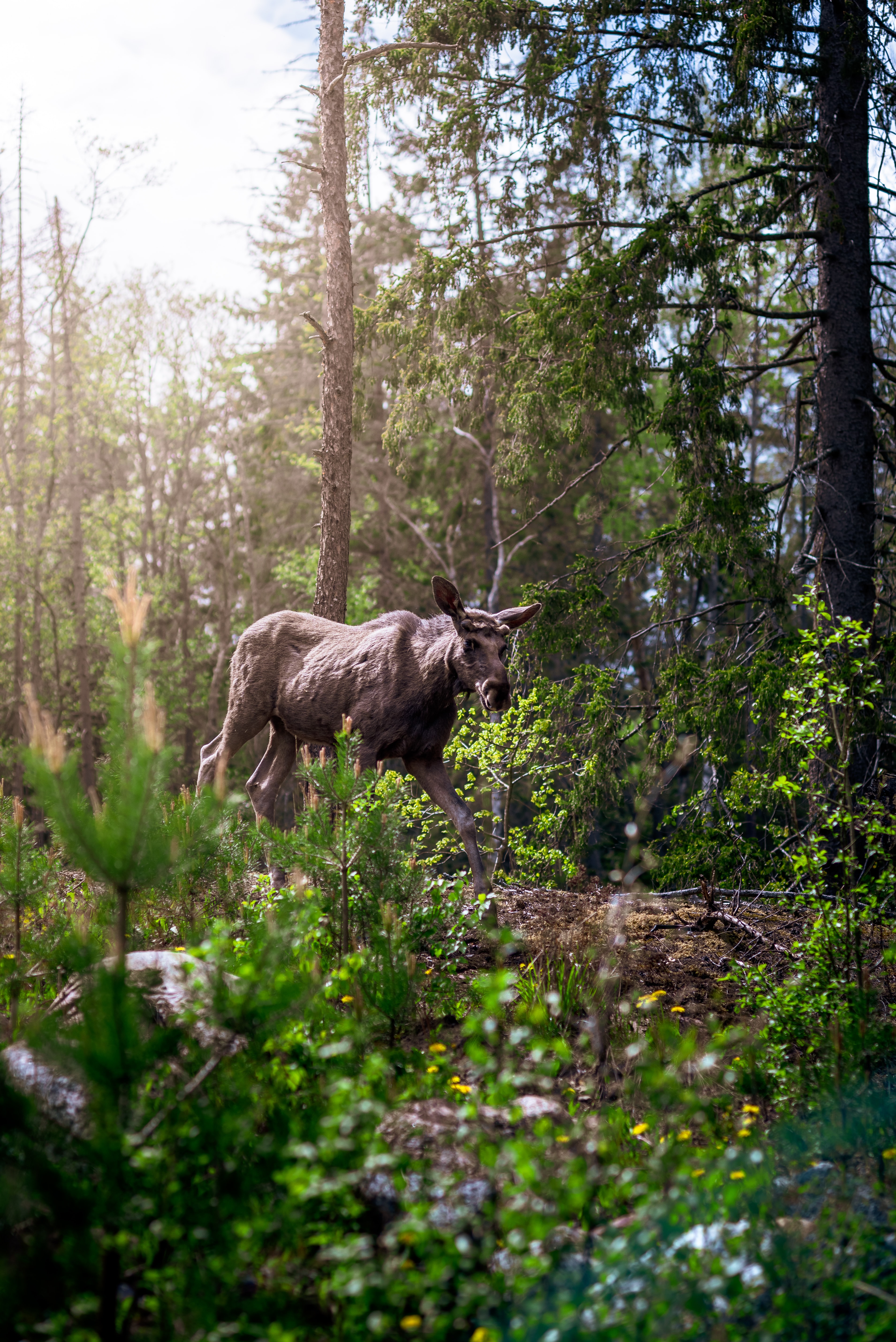
Article – How moose diet and metabolism differ across biogeographic zones
As northern ecosystems across the globe experience extensive changes in land use and climate at accelerated rates, it becomes crucial to understand how animals in…

Sami village was affected more than expected by mining
REXSAC researcher Rasmus Kløcker Larsen has been featured in an article in SVT Nyheter, following the publication of new research on the impacts of mining…
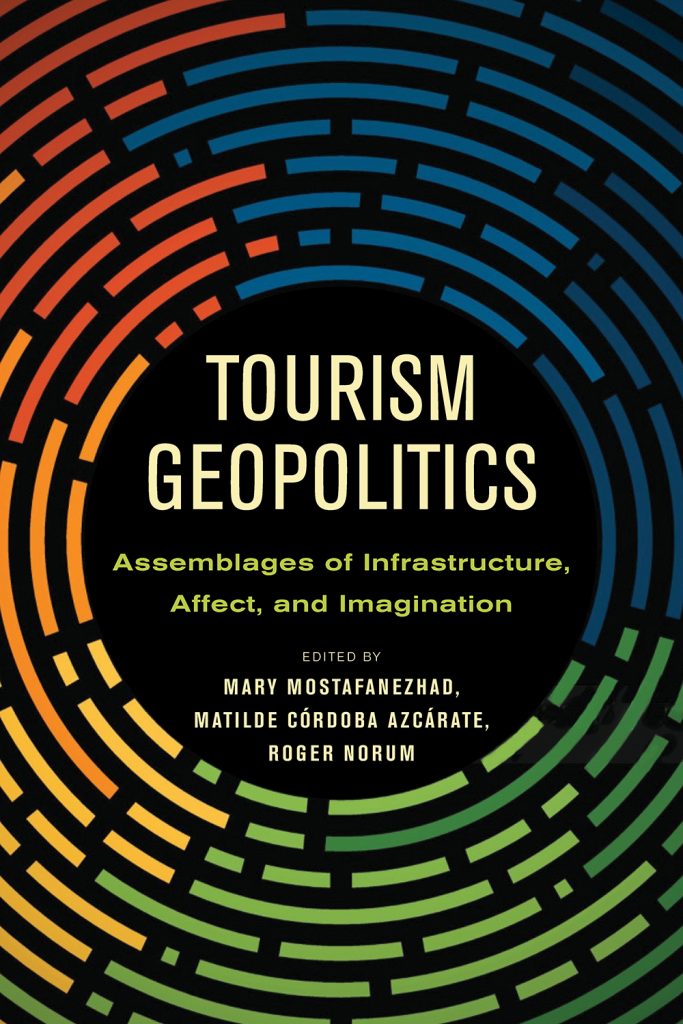
Book – Tourism Geopolitics: Assemblages of Infrastructure, Affect, and Imagination
By the start of the century, nearly one billion international travellers were circulating the globe annually, placing tourism among the worlds’ most ubiquitous geopolitical encounters.…
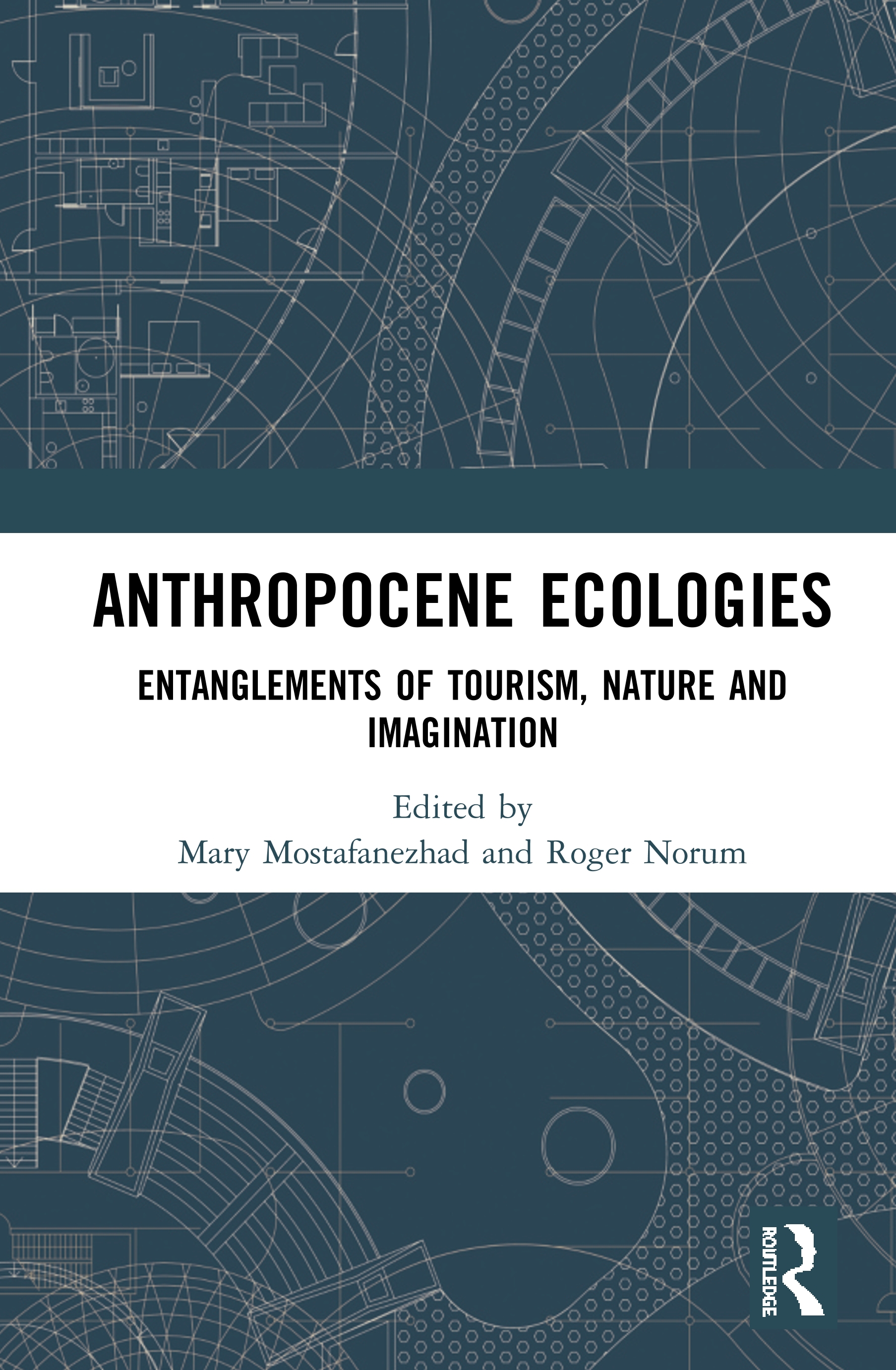
Book – Anthropocene Ecologies: Entanglements of Tourism, Nature and Imagination
Anthropocene Ecologies brings political ecology and tourism studies to bear on the Anthropocene. Through a collective examination of political ecologies of the Anthropocene by leading scholars…
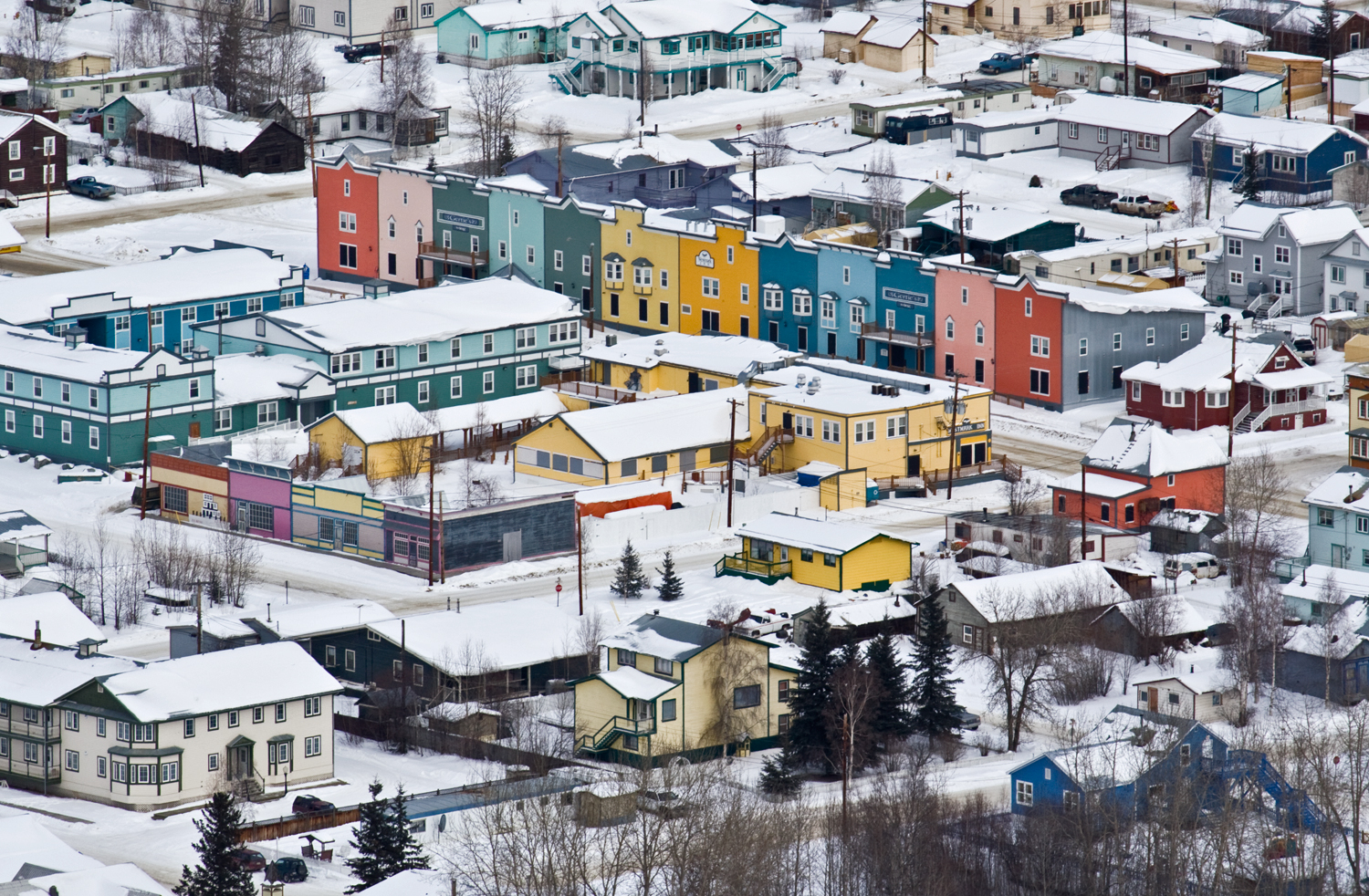
Article – Countering “Arctification”: Dawson City’s “Sourtoe Cocktail”
The purpose of this paper is to focus on the Sourtoe Cocktail, a custom in Dawson City, Canada’s Yukon, in which participants drink a shot…
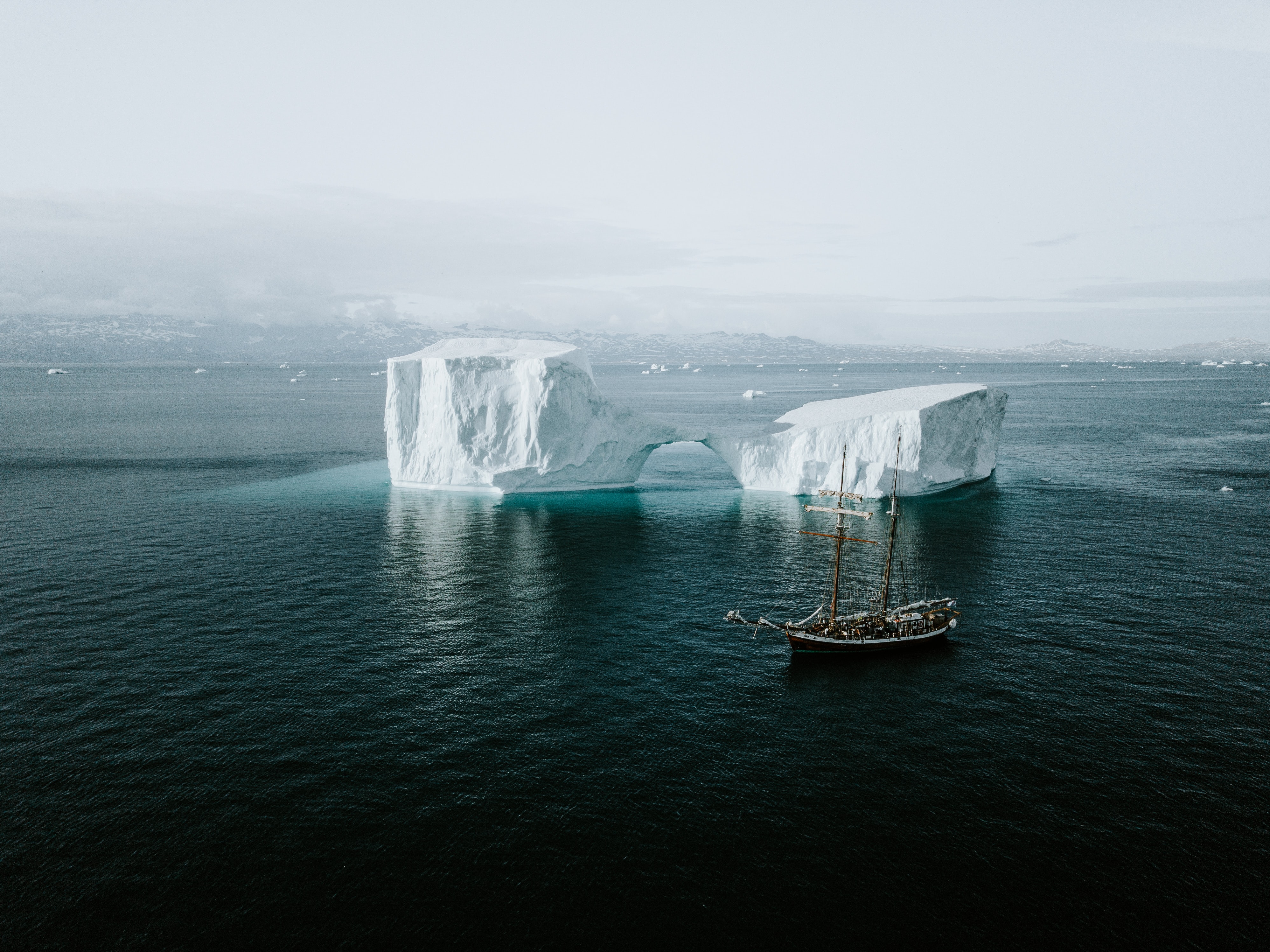
Article: Cruising the marginal ice zone: climate change and arctic tourism
The effects of climate change are leading to pronounced physical and ecological changes in the Arctic Marginal Ice Zone (MIZ). These are not only of…
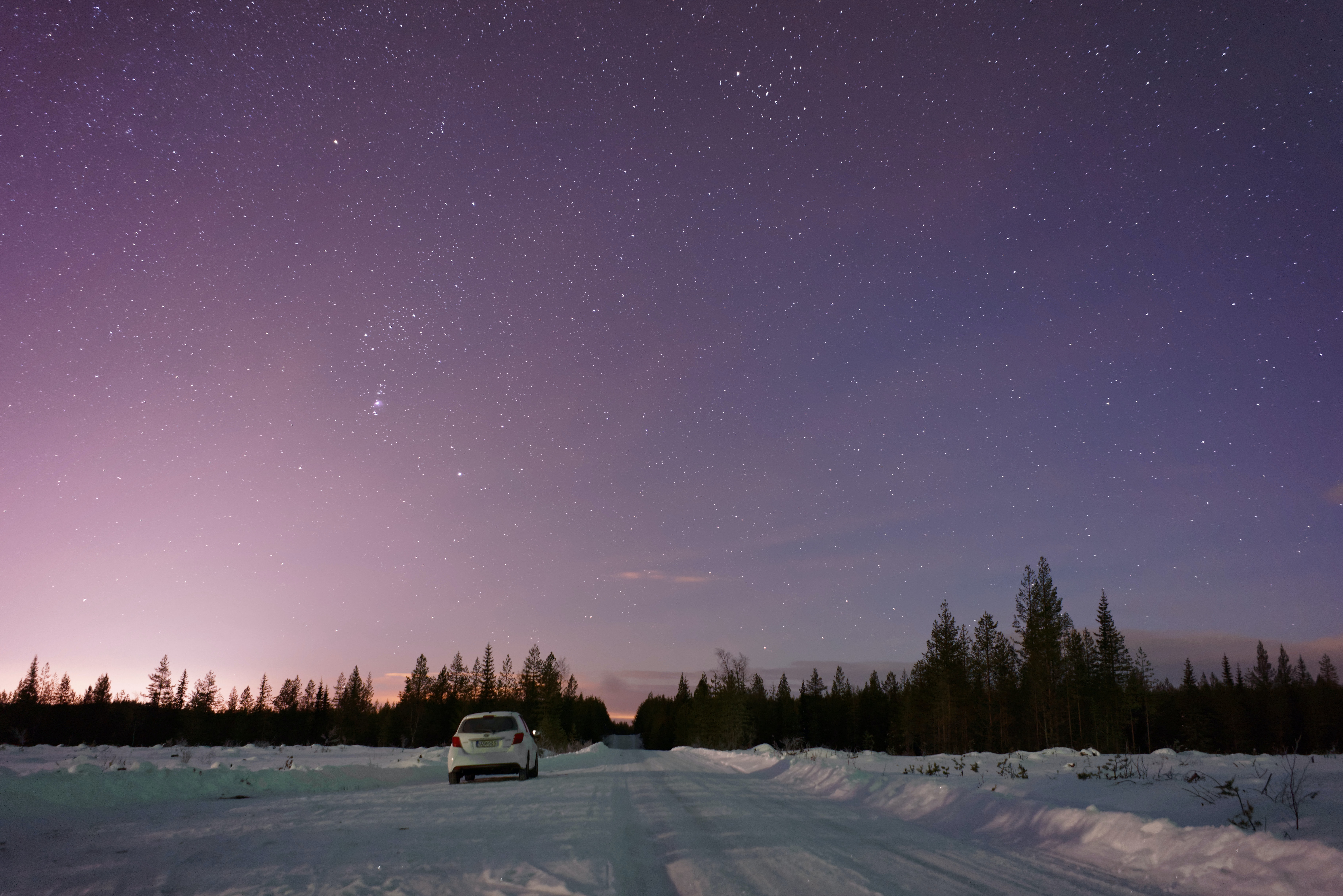
Article – Digital Rovaniemi: contemporary and future arctic tourist experiences
The purpose of this paper is to investigate tourists’ representations of the Arctic through the lens of the photo-sharing social network Instagram. The study focuses…
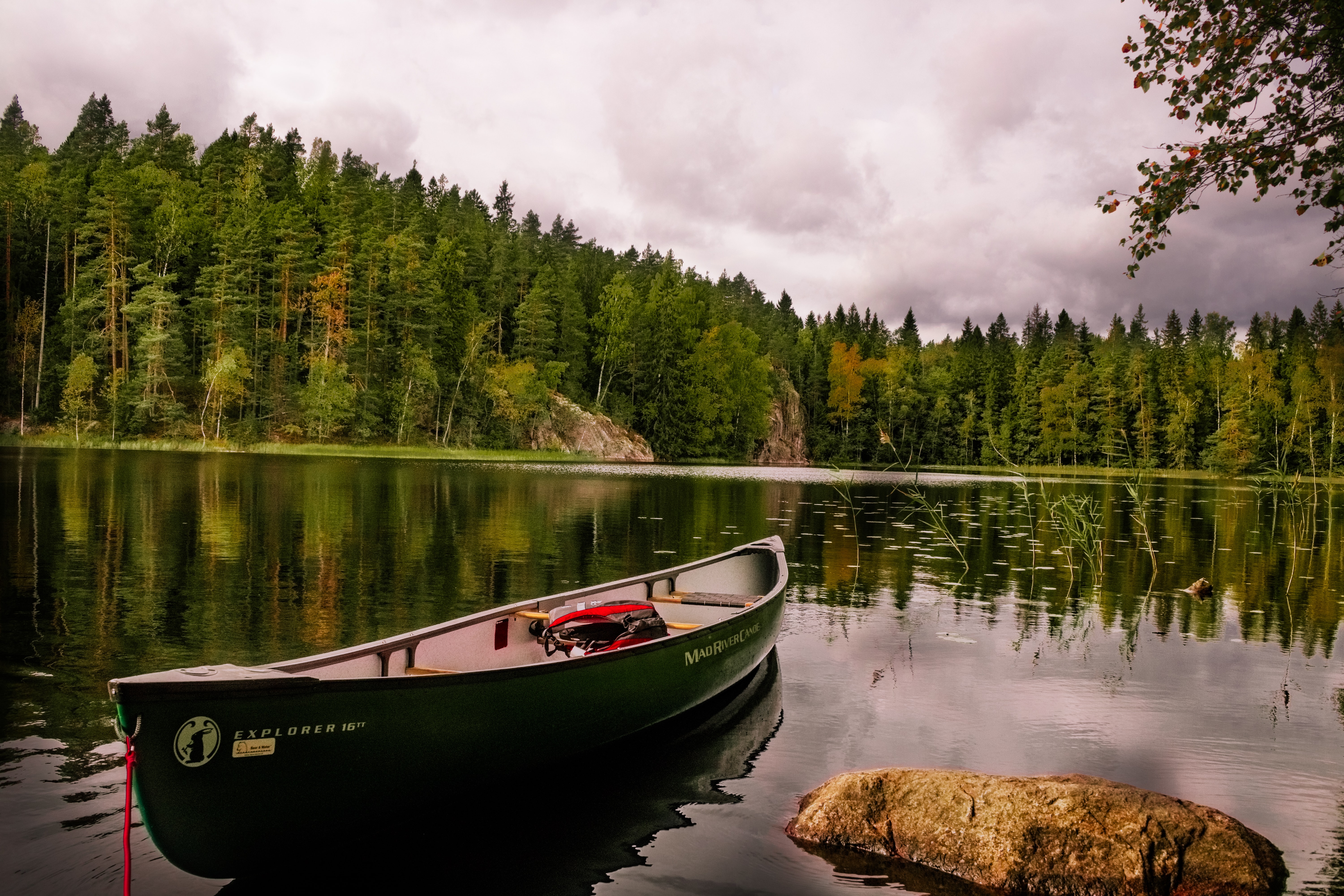
Article: Entrepreneurship in nature-based tourism under a changing climate
This paper presents the findings of an exploratory study examining the values and attitudes of nature-based tourism entrepreneurs in relation to adaptation to climate change.…

Book review: An environmental reckoning in the High Arctic
Sverker Sörlin lauds an integrative history of remote Beringia, revealing the cost of overexploitation in fragile ecologies, in a review of Bathsheba Delmuth’s Floating Coast: An…

Article: Human values as catalysts and consequences of social innovations
The authors of this article studied the role of human values in social innovations (SIs) in four forest-dependent communities (FDCs) in Europe. They draw on 71 semi-structured…
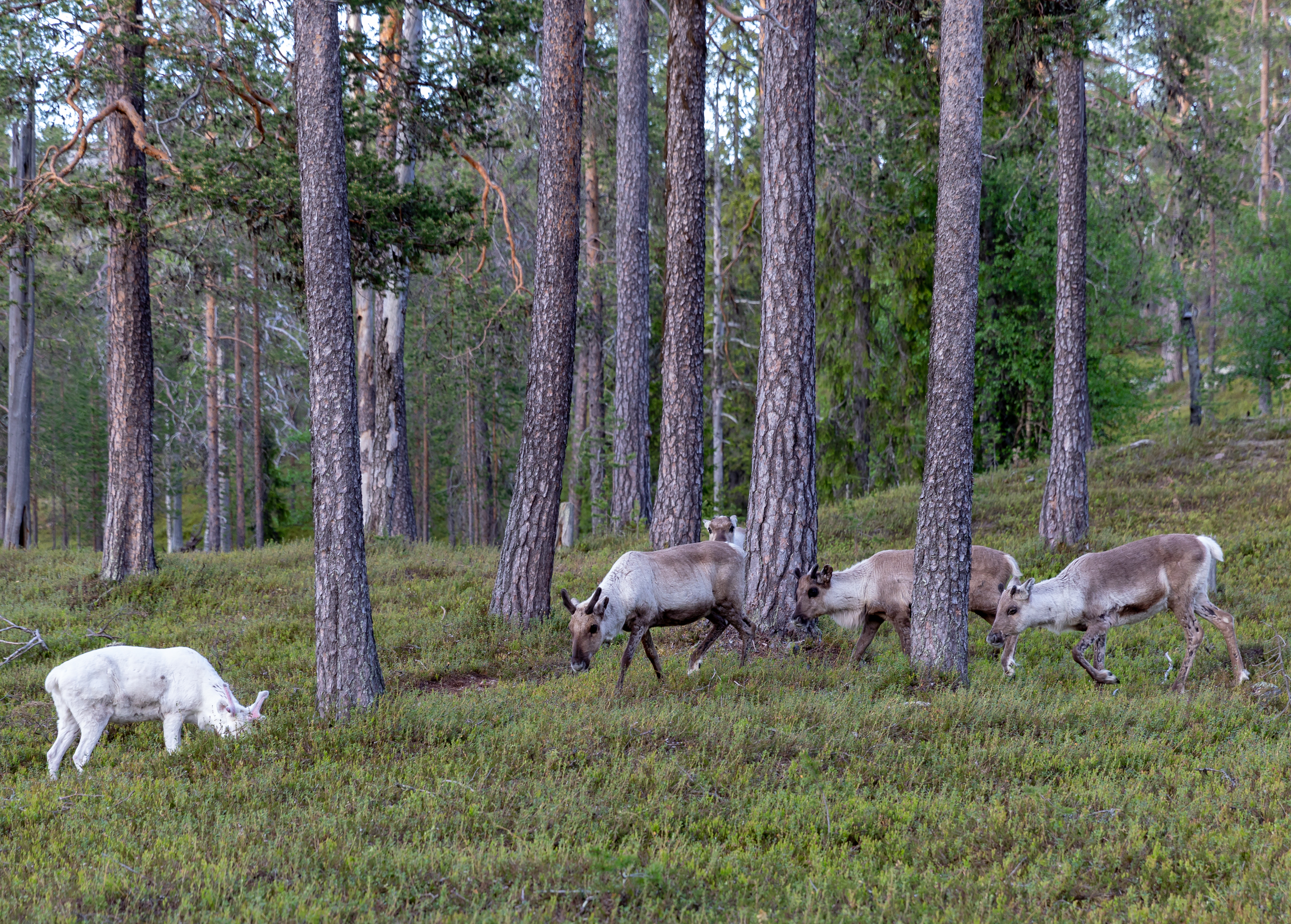
Article: How boundary objects help to perform roles of science arbiter, honest broker, and issue advocate
This article examines roles and knowledge by which researchers can enhance connections between science, policy, and society. The authors arranged a participatory scenario workshop with representatives from…
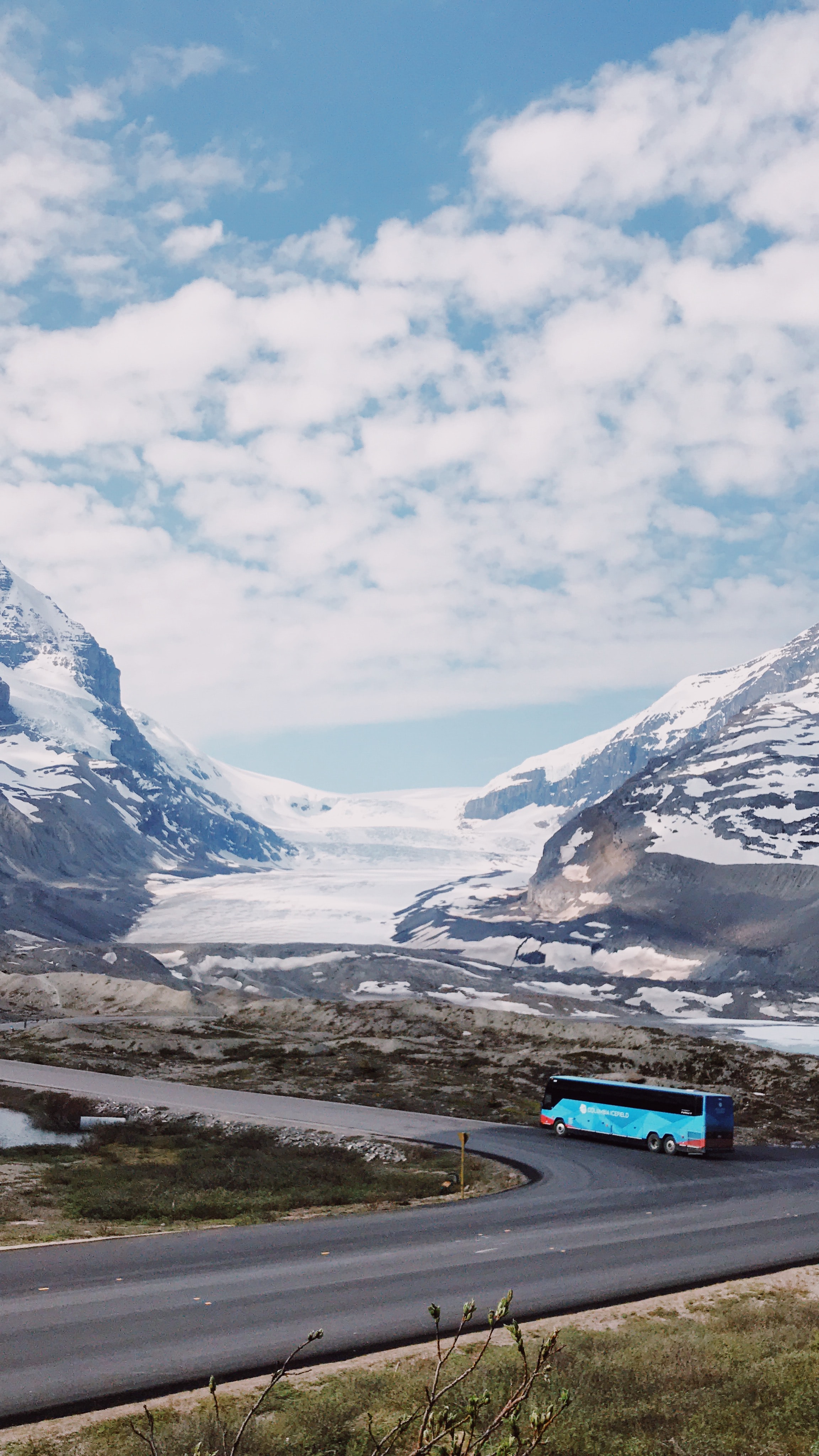
Book chapter – Introduction: placing resilience in the sustainability frame
Sustainability and resilience are complex ideas and their relationship can be conceptualized and applied in multiple ways. This book approaches these concepts as interwoven processes…
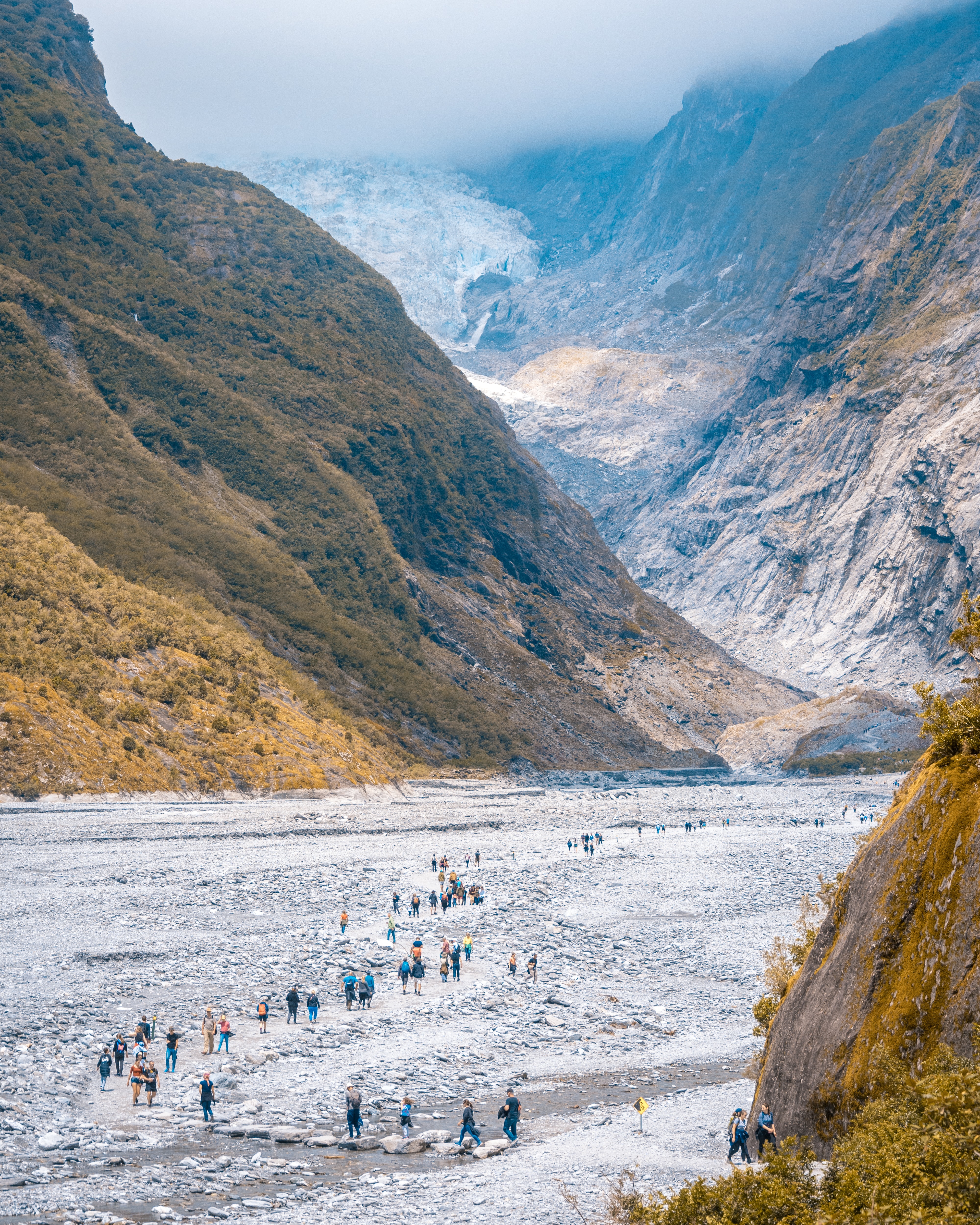
Book chapter – Tourism, resilience and governance strategies in the transition towards sustainability
During the 1990s the issue of sustainability became a policy discourse, which started to direct the economic, social, and political structures and processes that constitute…
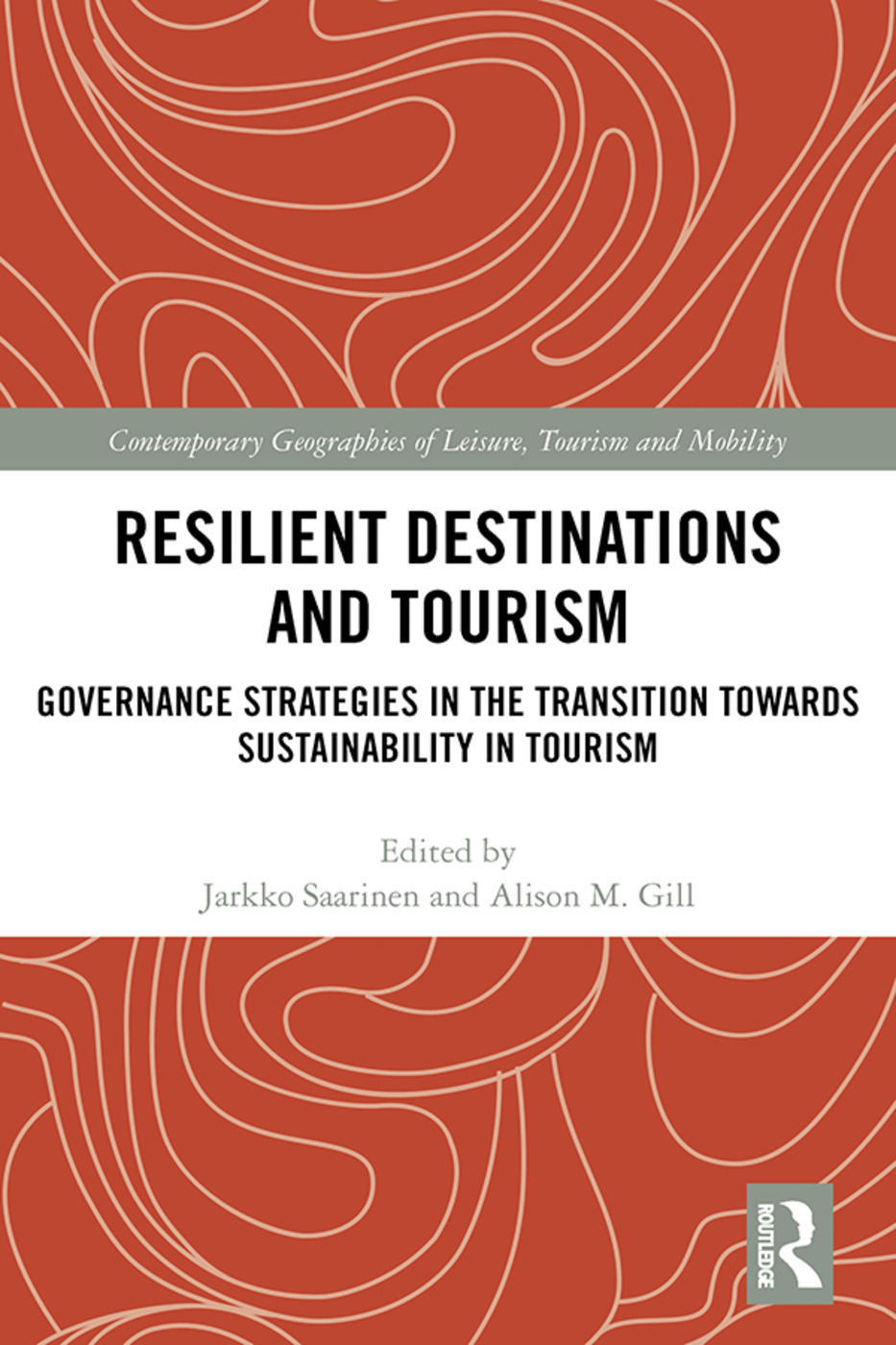
Book chapter – Conclusions: challenges and opportunities in the transition towards sustainability
The lack of progress in implementing the variously interpreted ‘grand’ concept of sustainability has resulted in increasing calls to divert the discourse surrounding sustainability and…
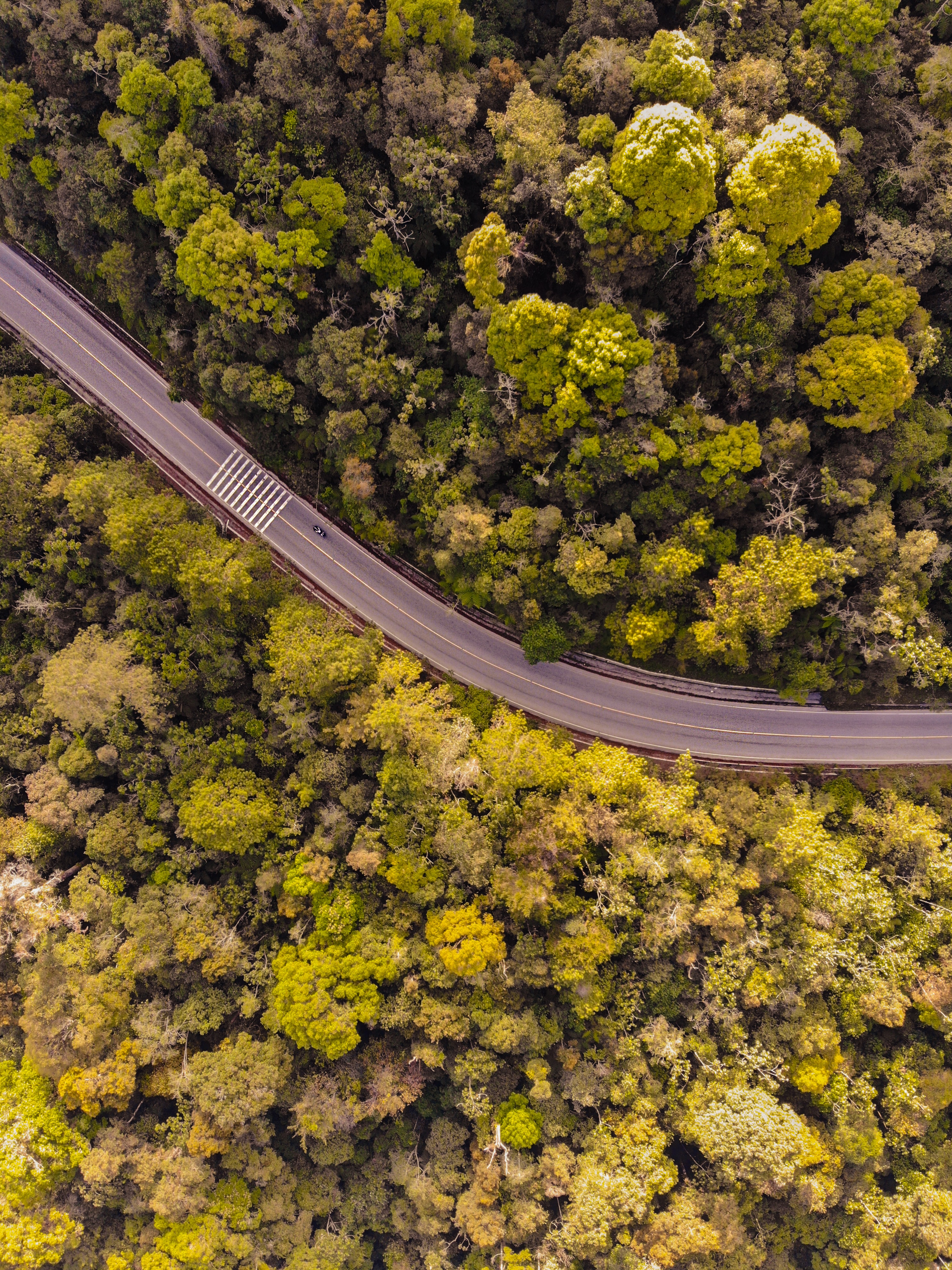
Book chapter – Co-evolution and resilient regions: Moving towards sustainable tourism development
The emergence of an ‘evolutionary turn’ within economic geography over the last two decades (Coe, 2010; Grabher, 2009; Pike, MacKinnon, & Cumbers, 2015) has recently…
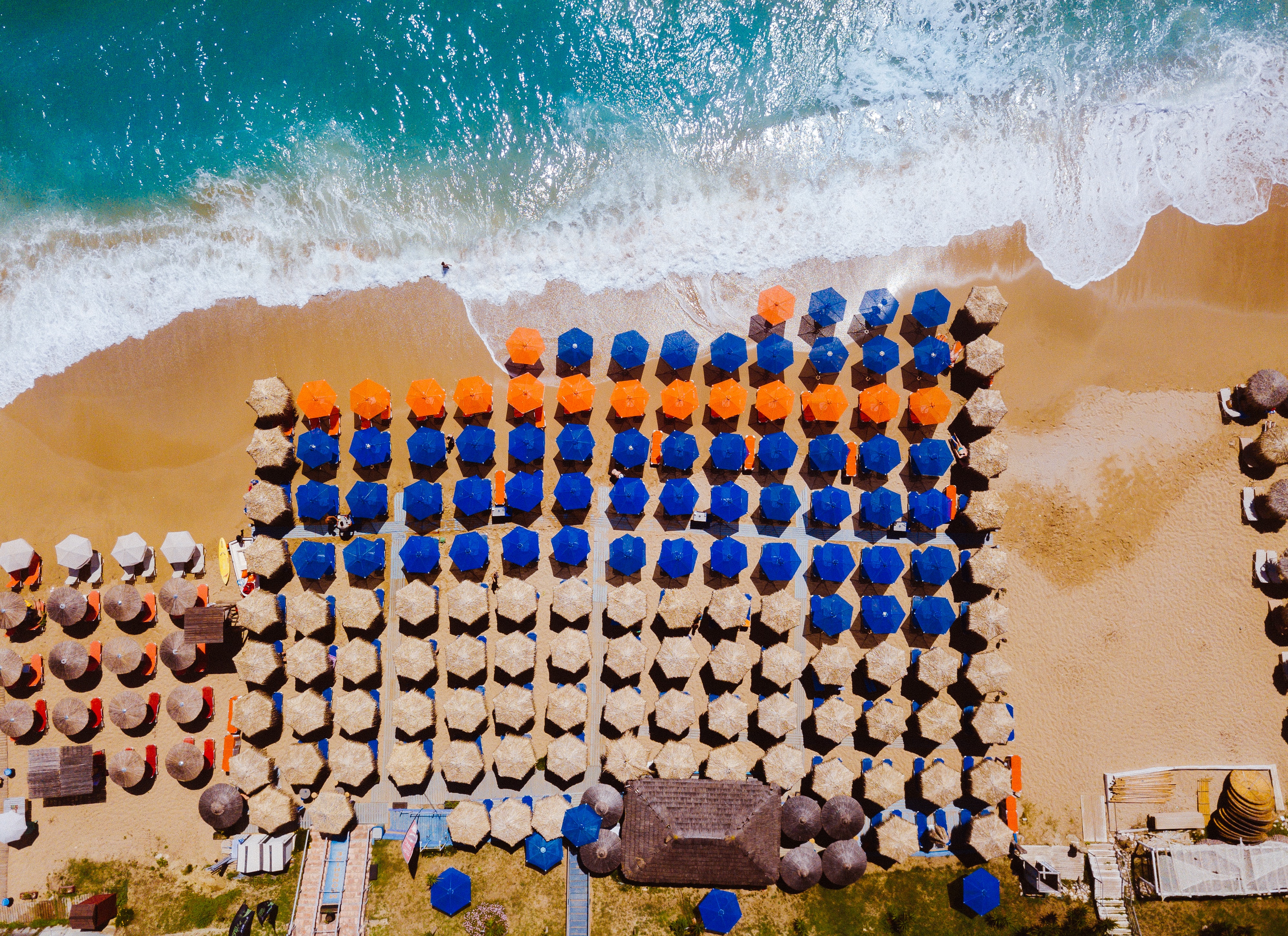
Article – Enclaves in tourism: producing and governing exclusive spaces for tourism
Exclusively planned tourism destinations, such as all-inclusive resorts, gated resort communities, private cruise liner-owned islands and privatized beaches, have increased over the last few decades.…
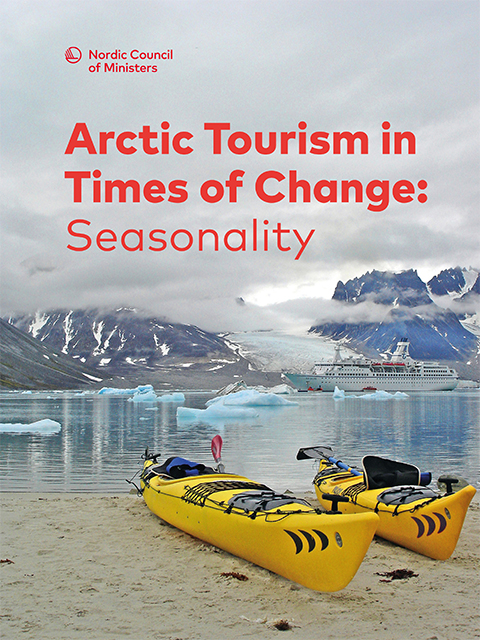
Report – Arctic tourism in times of change: seasonality
The seasonal nature of tourism is increasingly receiving the attention of various actors: tourism destination planners and economic development strategists at all levels, tour operators…

Book chapter – Sounding wild spaces: Inclusive mapmaking through multispecies listening across scales
Might listening across scales help us understand, map and protect wild spaces? This chapter considers the potential for listening methods to integrate ethnographic, cartographic, geological…

Article: Bin ich ein Berliner? Graffiti as layered public archive and socio-ecological methodology
In this article, the authors discuss the role played by graffiti in representing, fomenting and studying binary and non-binary sentiments of ‘us’ and ‘them’. Through asocio-textual…
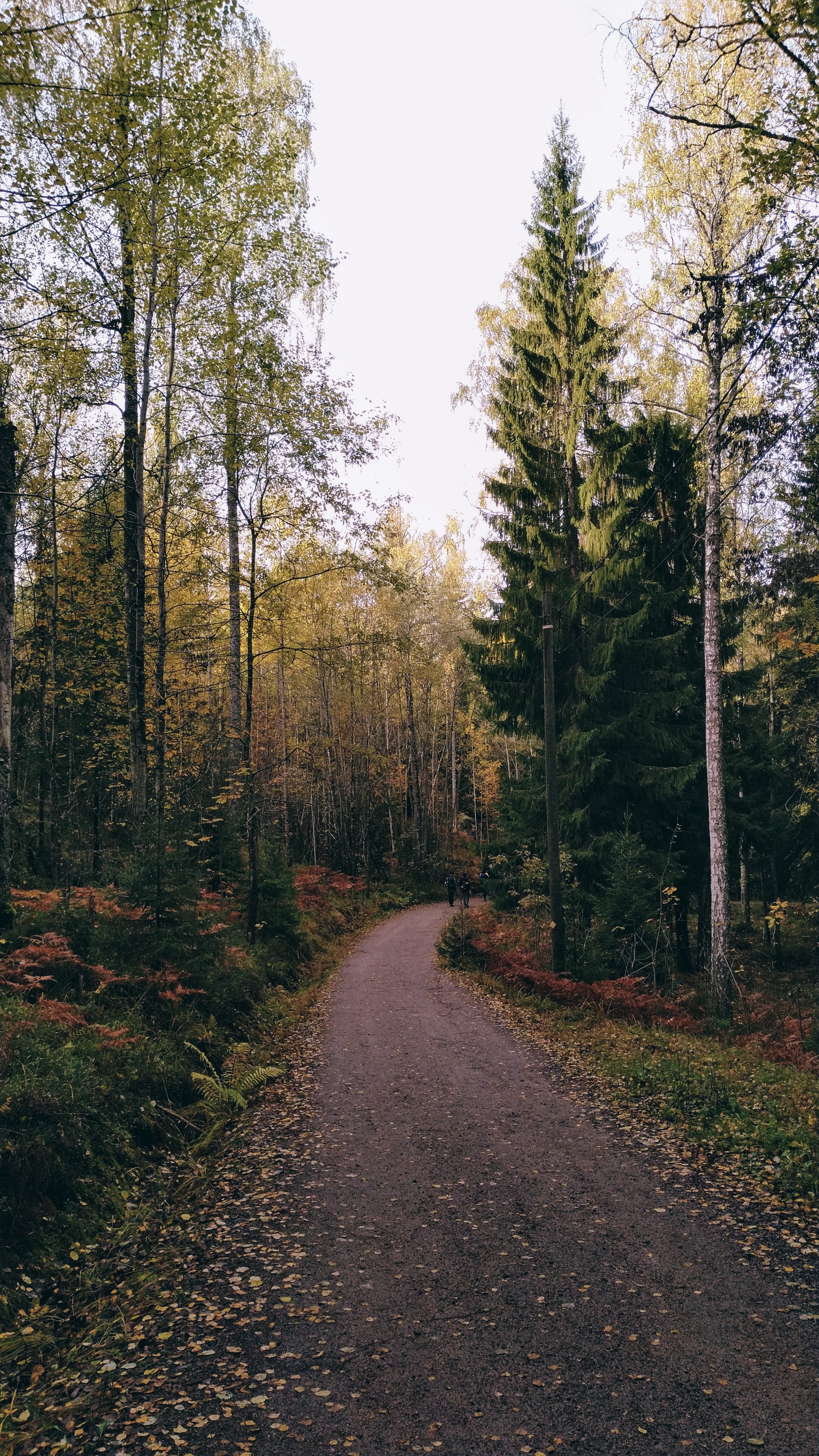
Article: References to iconic landscapes in the debate surrounding the founding of Finland’s national parks, circa 1880-1910
This article reviews the formation of the idea of national parks in Finland between the 1880s and 1910s. It argues that both the term and…
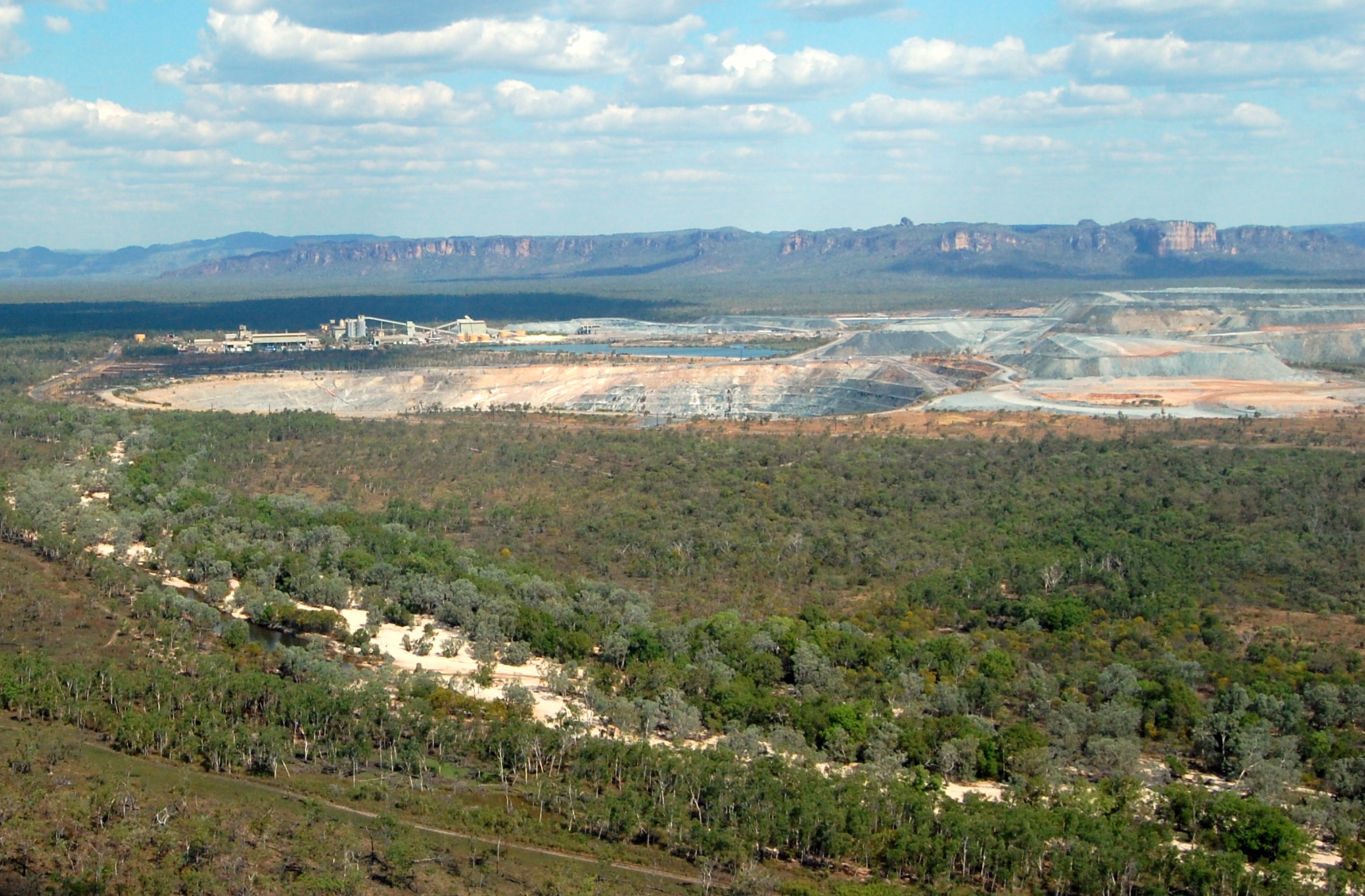
Report: Unfinished business: rehabilitating the Ranger uranium mine
Four decades of imposed uranium mining and milling by Energy Resources of Australia (ERA) and Rio Tinto is about to end at the Ranger uranium…
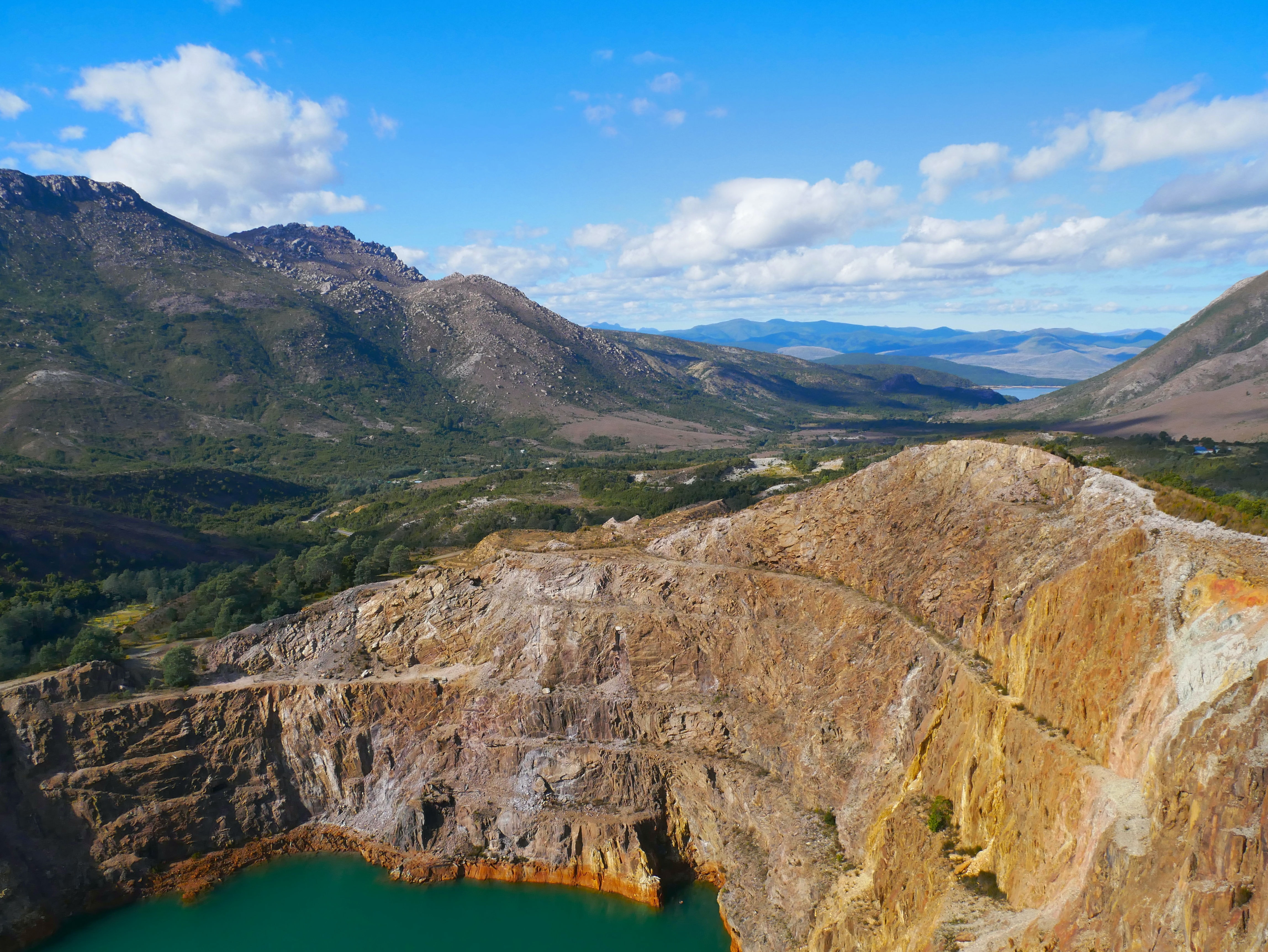
Article: Mine closure and the Aboriginal estate
Numerous large mines located on Australia’s Aboriginal estate are in the process of ceasing production or will do so in the coming decade. Mine closure…
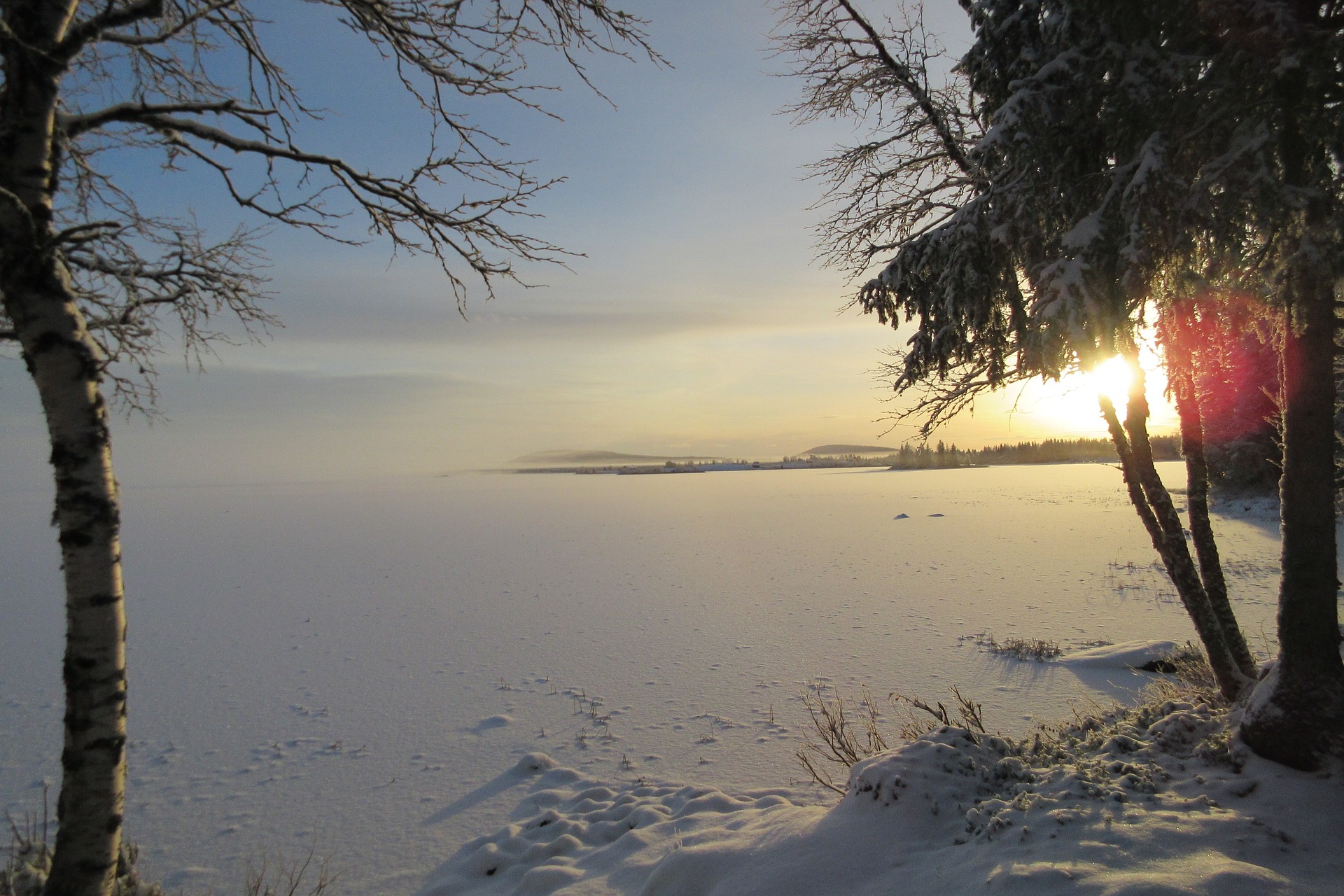
Book chapter: A clockwork porridge: an archaeological analysis of everyday life in the early mining communities of Swedish Lapland in the seventeenth century
The rise of mining enterprises in the northern part of Swedish Lapland during the seventeenth century has been viewed as an iconic example of Swedish…

New article: Energy resources and electricity generation in Arctic areas
This paper presents an overview of current electricity generation and consumption patterns in the Arctic. Based on published data and new data collection this paper…
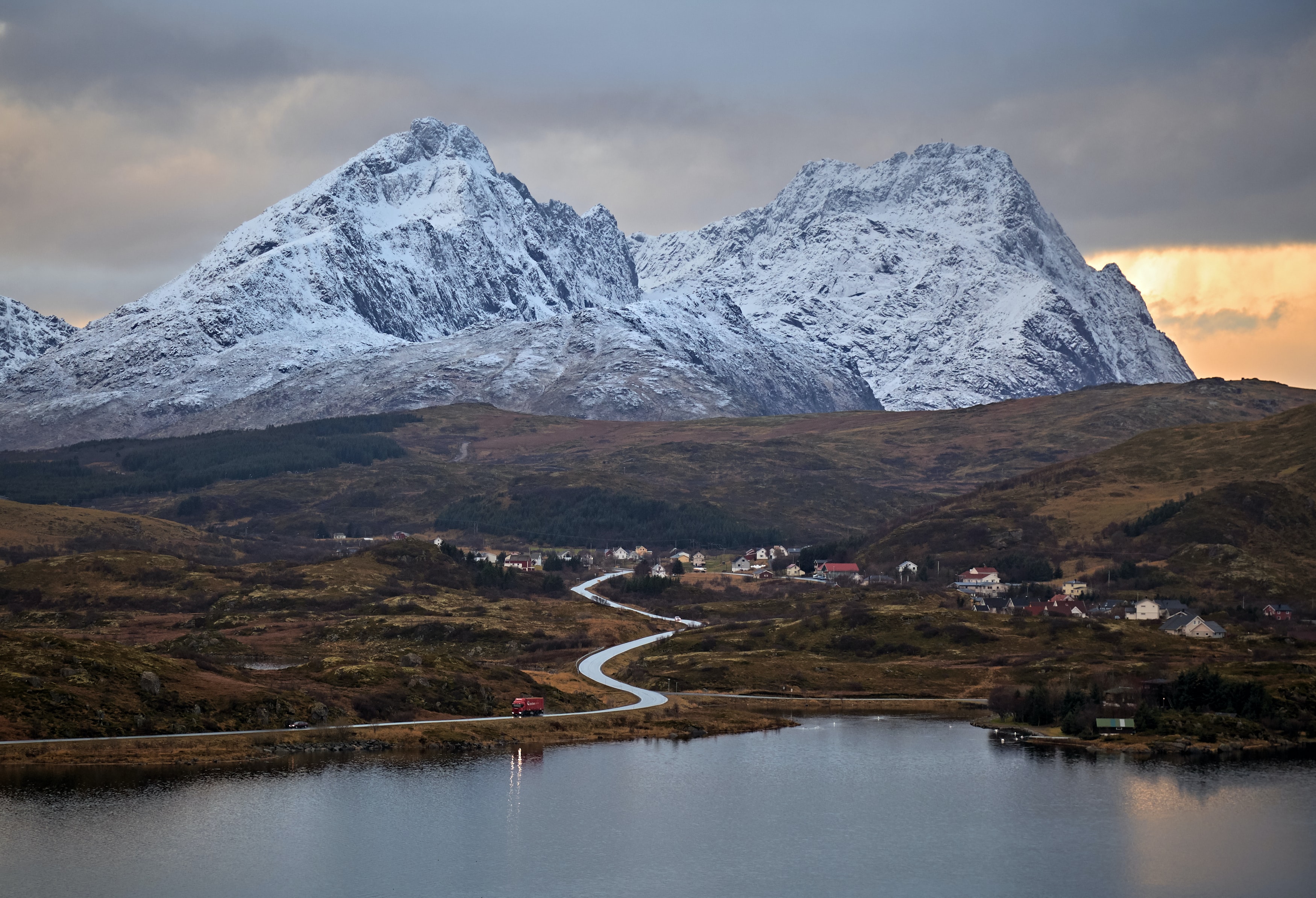
Book chapter: Sustainable economies in the Arctic
Concerns about sustainability are treated as questions about local economies. General characteristics of Arctic economies and the challenges to the sustainability of these types of…
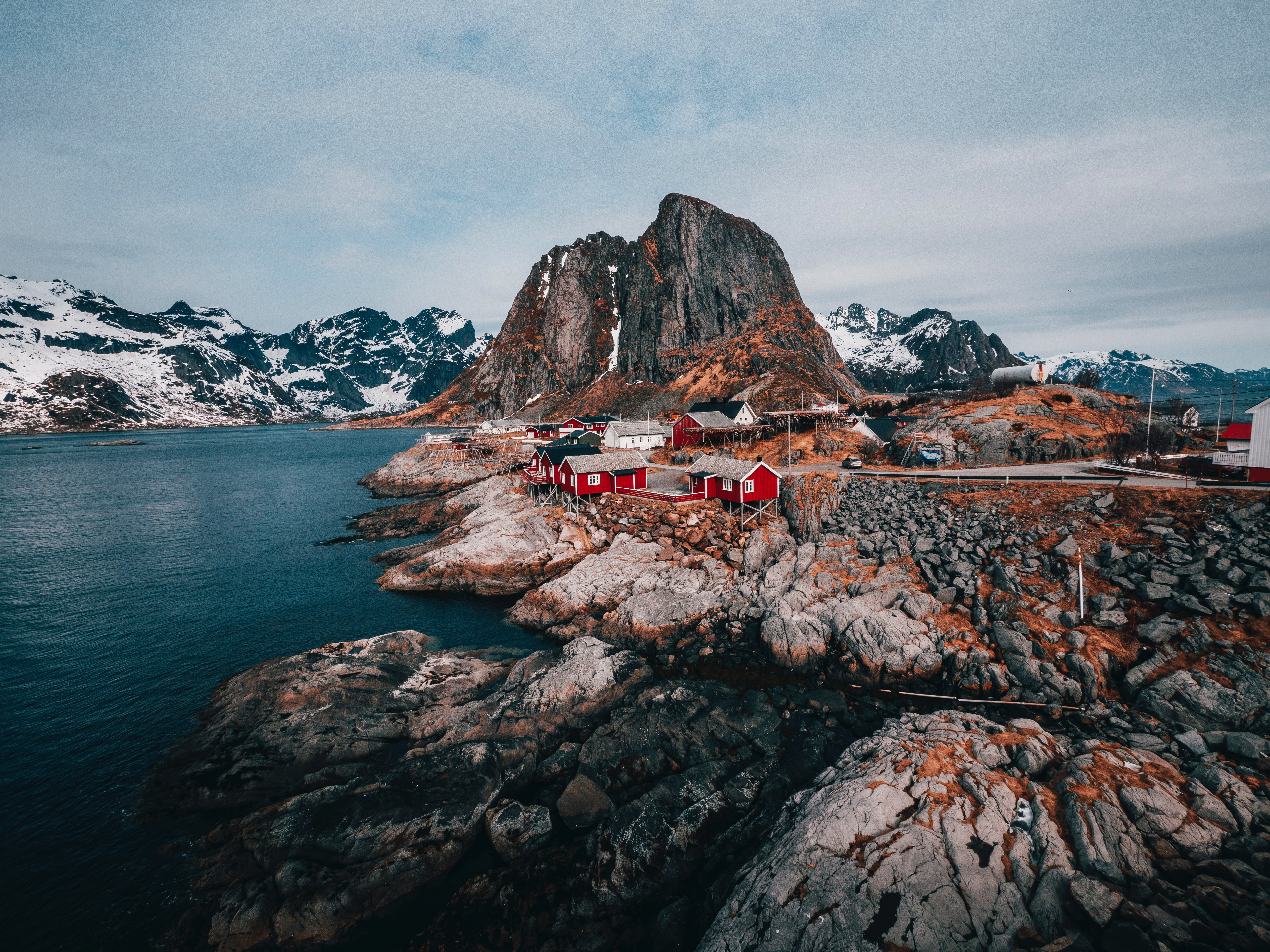
Book chapter: The Economy of the Arctic
The Arctic economy is comprised of a broad range of local, regional, and national economies in highly diverse settings. These economies exhibit broad variations in…
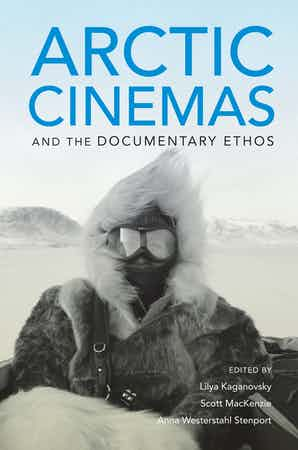
Book chapter – From dreamland to homeland: a journey towards futures better than pasts
This chapter provides an artists-scholars’ reflection on the experience of and inspiration behind the making of an essayistic documentary for the twenty-first century: Dreamland by Britt Kramvig…
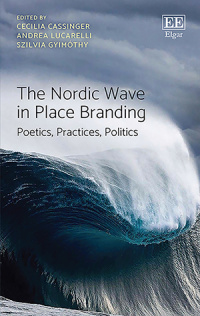
Book chapter – Foreword: towards a Nordic manifesto
The widespread international interest in the Nordic region and the mobility of Nordic brand imaginaries call for more research into the global relevance of Nordic…
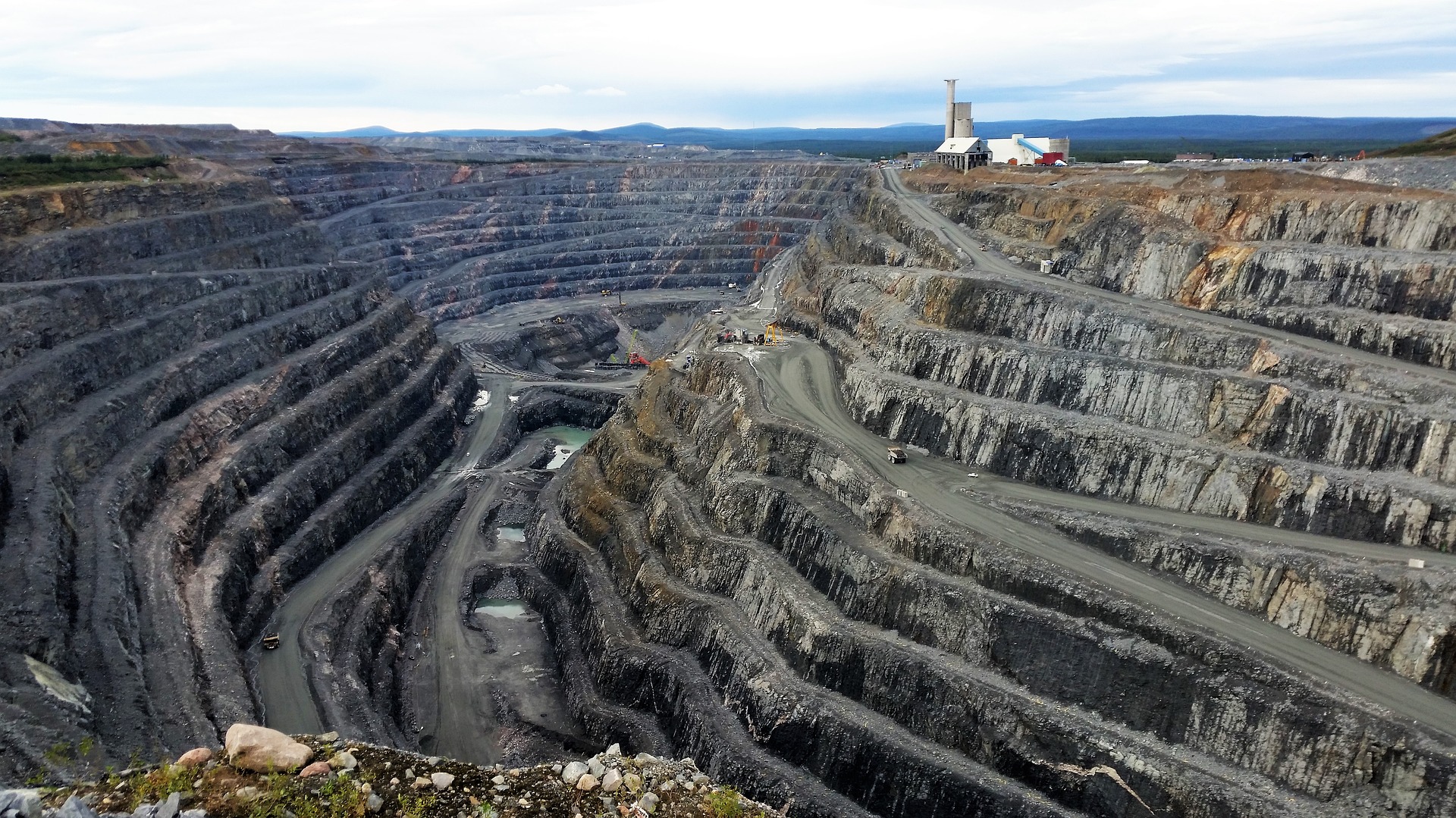
Article: Dreams of treasures and dreams of wilderness – engaging with the beyond-the-rational in extractive industries in northern Fennoscandia
Few industries are surrounded with such drama as mining. The extractive sector is a highly contested industry that triggers strong emotional responses. Simultaneously, dreams of…
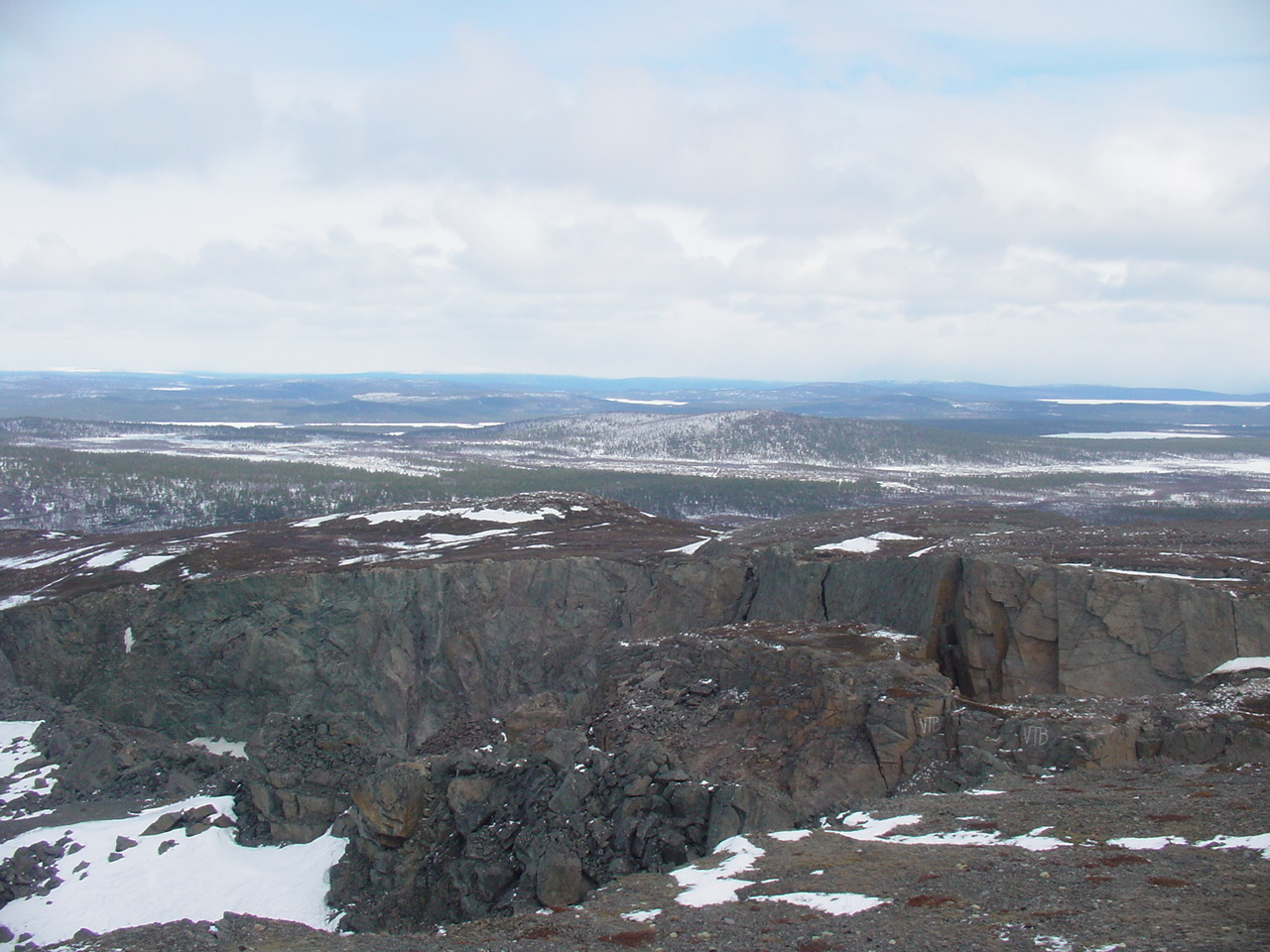
Article: Enchantment of the underground: touring mines in early modern Sweden
In the early modern period, mines were not only nodes of economic activity and playgrounds of technological invention but also sightseeing stops for curious travellers…
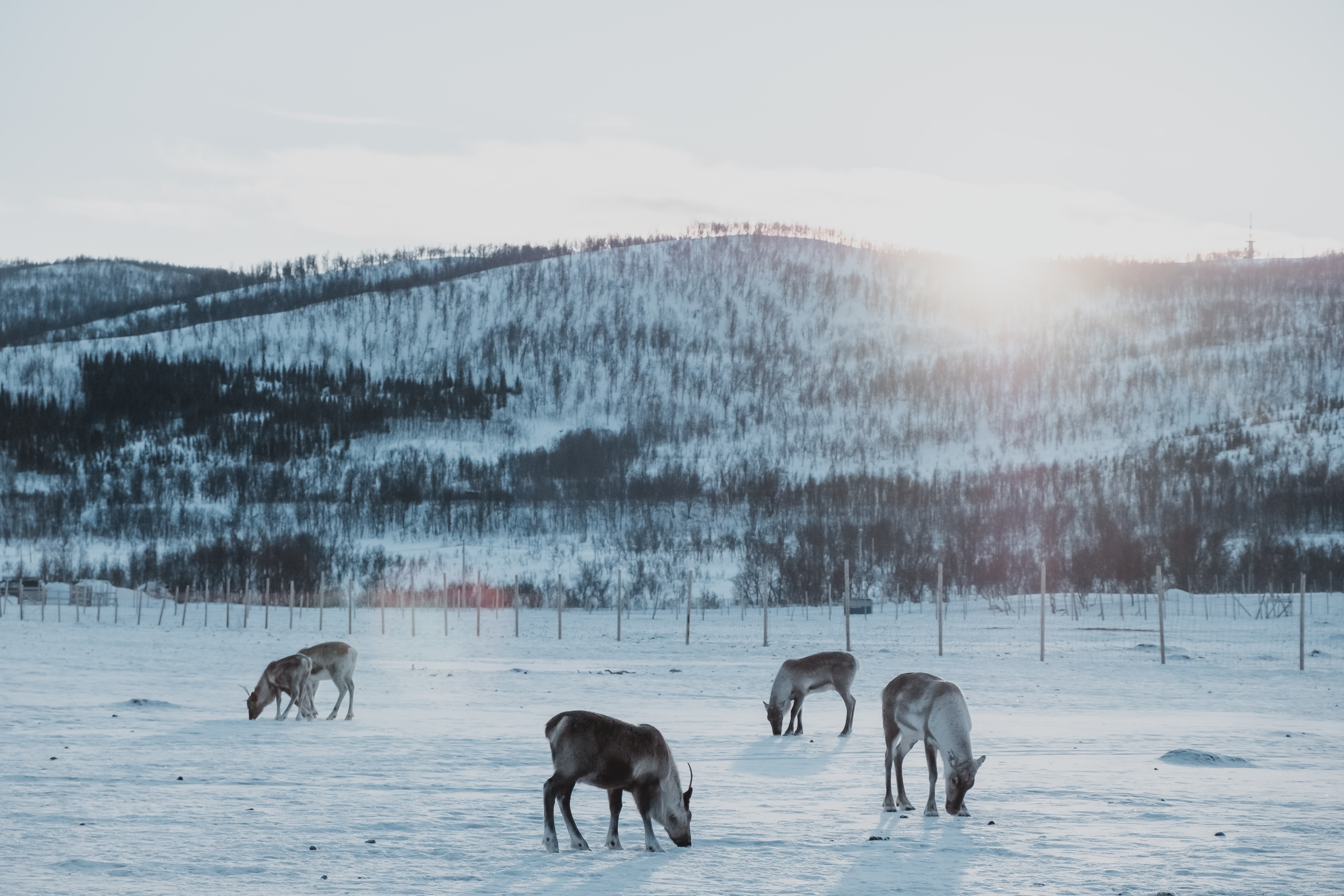
Book chapter – Working Together: Reflections on a Transdisciplinary Effort of Co-producing Knowledge on Supplementary Feeding in Reindeer Husbandry Across Fennoscandia
Combining different knowledge systems by collaborative processes is widely recognized within environmental governance. In the context of co-management of natural resources, the benefits of integrating…
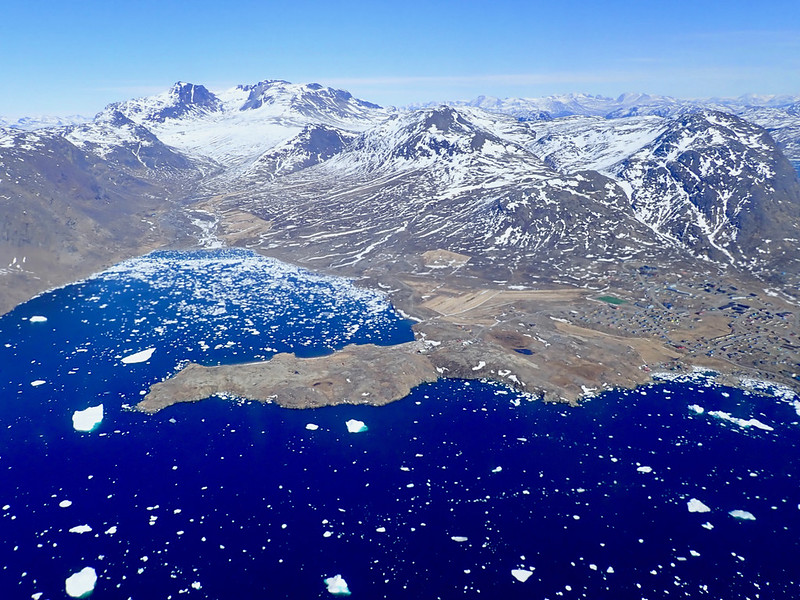
REXSAC researchers interviewed in Danwatch about Greenlandic elections(in Danish)
REXSAC researchers, Lill Rastad Bjørst and Frank Sejersen were interviewed in Danwatch, a Danish independent media and research centre specialized in investigative journalism on global issues. The…

New articles in The Journal of Northern Studies
REXSAC researchers, Dag Avango and Annika E. Nilsson have recently published articles in issue 2 in 2020 of the The Journal of Northern Studies. The journal…
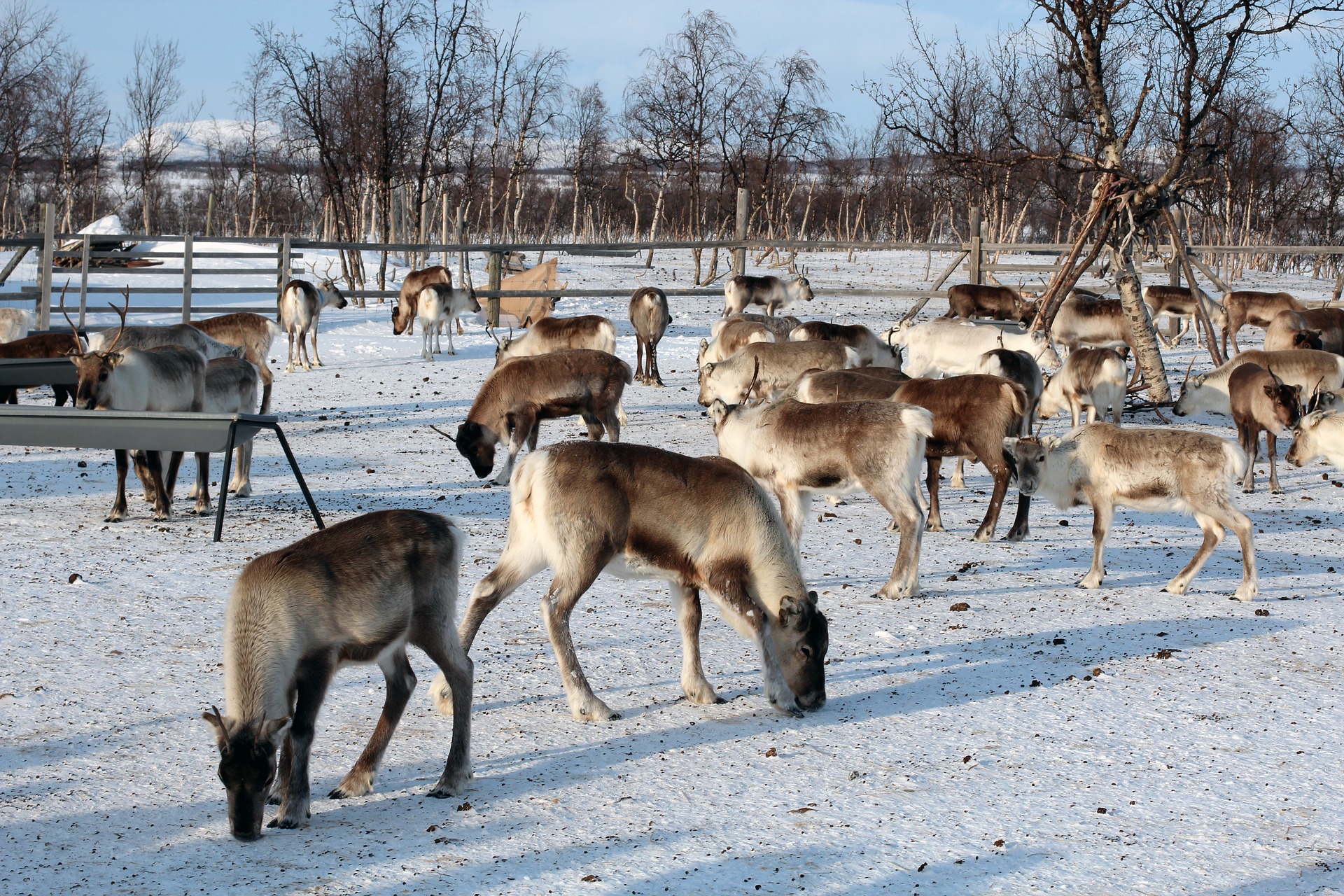
Supplementary Feeding in Reindeer Husbandry: Results from a workshop with reindeer herders and researchers from Norway, Sweden and Finland
This report is based on a collaborative workshop that was organized by researchers from three Nordic Centres of Excellence related to Arctic sustainability. REXSAC…
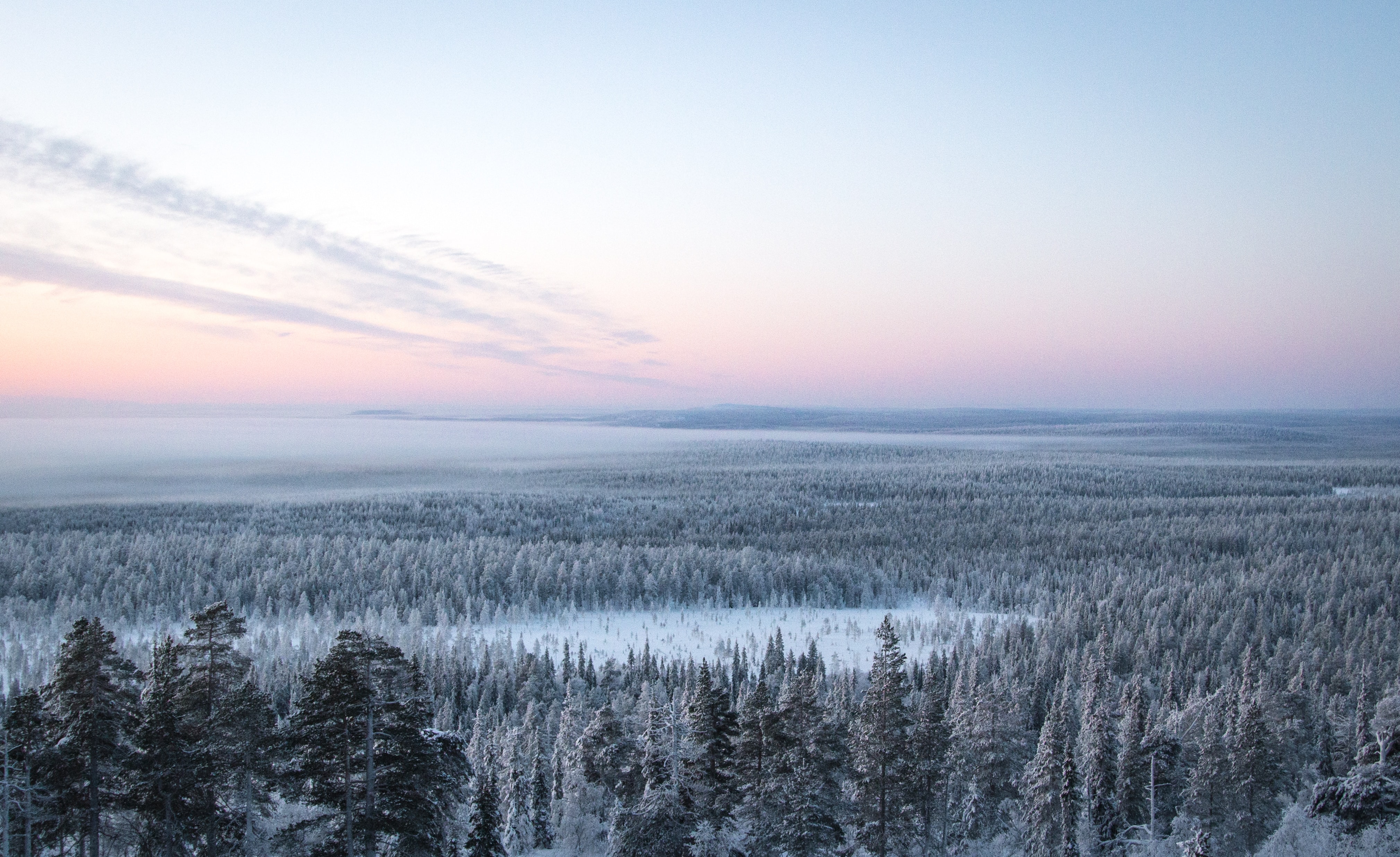
REXSAC’s Annual Report 2019
This is the fourth annual report from REXSAC. This report has been prepared by an editorial team, consisting of past and current members of the REXSAC Executive…
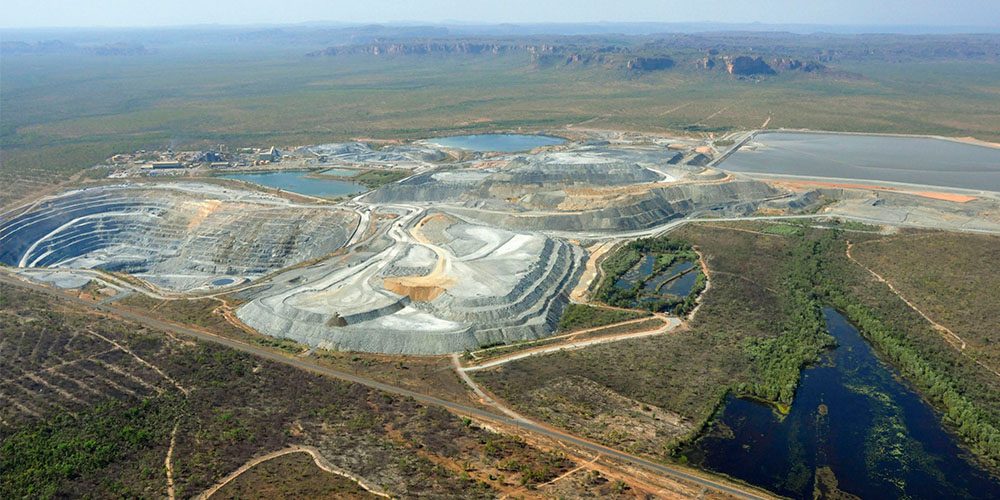
Report: Closing Ranger, Protecting Kakadu
New report by REXSAC researcher Rebecca Lawrence at Sydney Environment Institute and Dave Sweeney at Australian Conservation Foundation highlights growing concerns over the potential failures of the rehabilitation plan for…
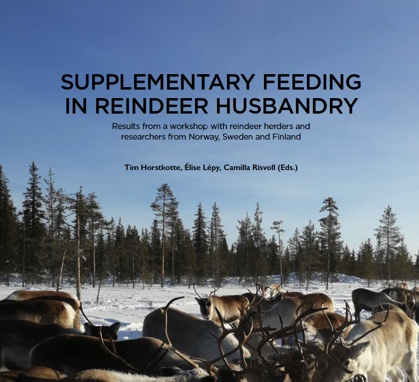
Workshop Report: Supplementary feeding in reindeer husbandry
This report is based on a collaborative workshop that was organized by researchers from three Nordic Centres of Excellence related to Arctic sustainability, REXSAC being…
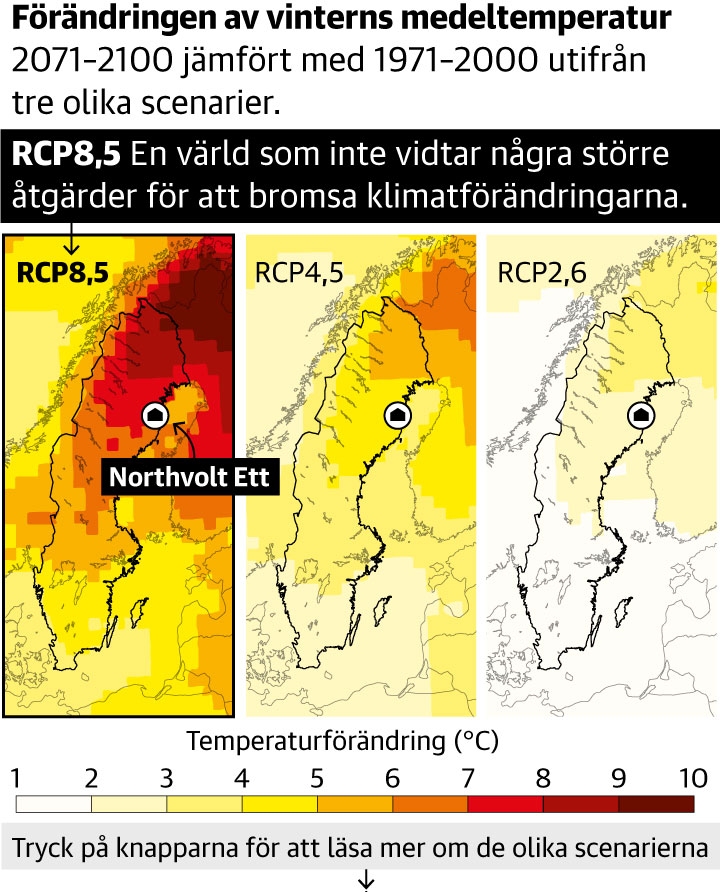
REXSAC researcher Ninis Rosqvist featured in Swedish Dagens Nyheter
REXSAC researcher Ninis Rosqvist is featured in the Swedish newspaper, Dagens Nyheter on 6 December. Few places in the world are experiencing climate change faster than in…
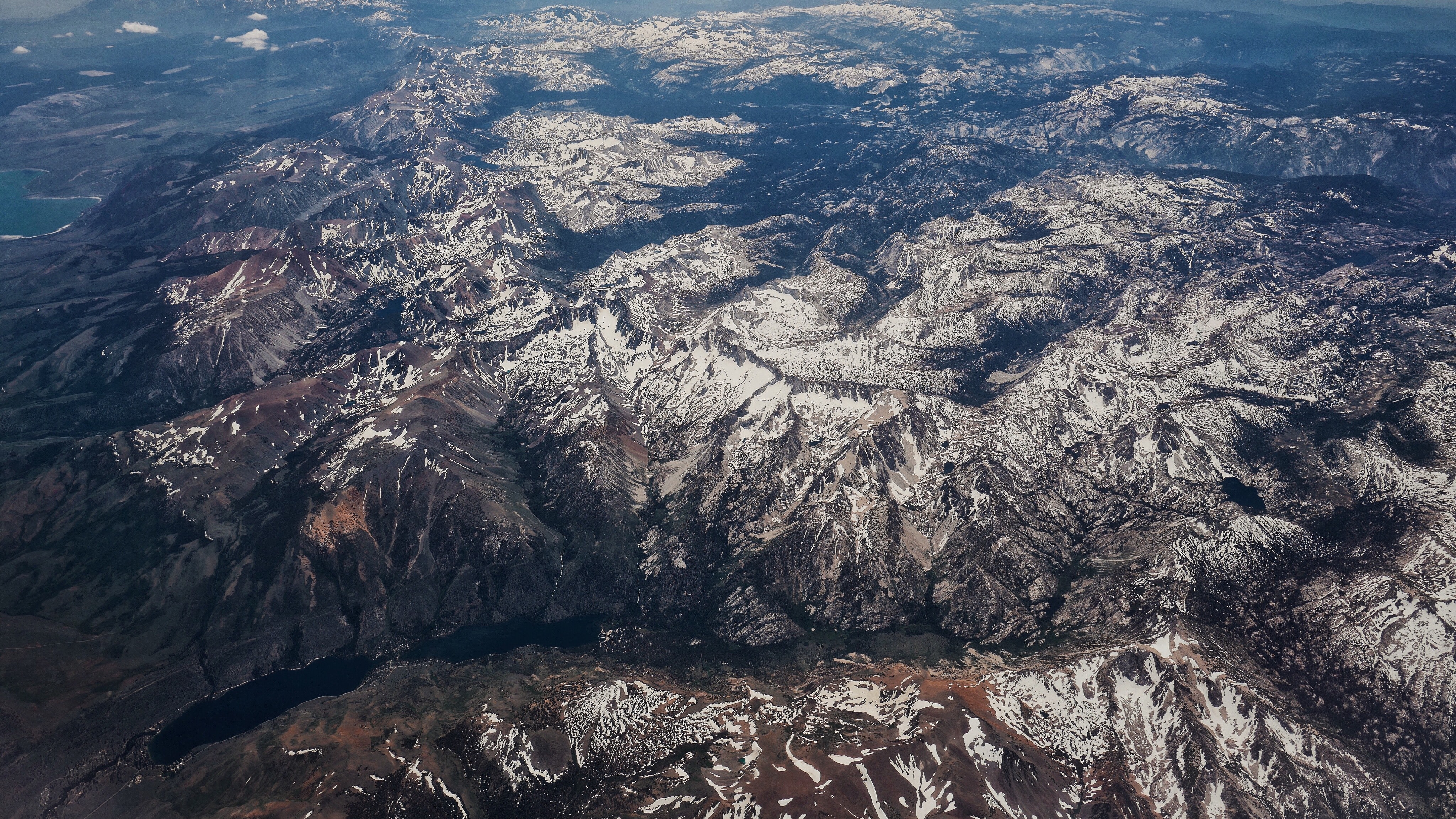
New Publication: Synchronizing Earthly Timescales: Ice, Pollen, and the Making of Proto-Anthropocene Knowledge in the North Atlantic Region
Abstract The Anthropocene concept frames an emerging new understanding of the human–Earth relationship. It represents a profound temporal integration that brings historical periodization on a…
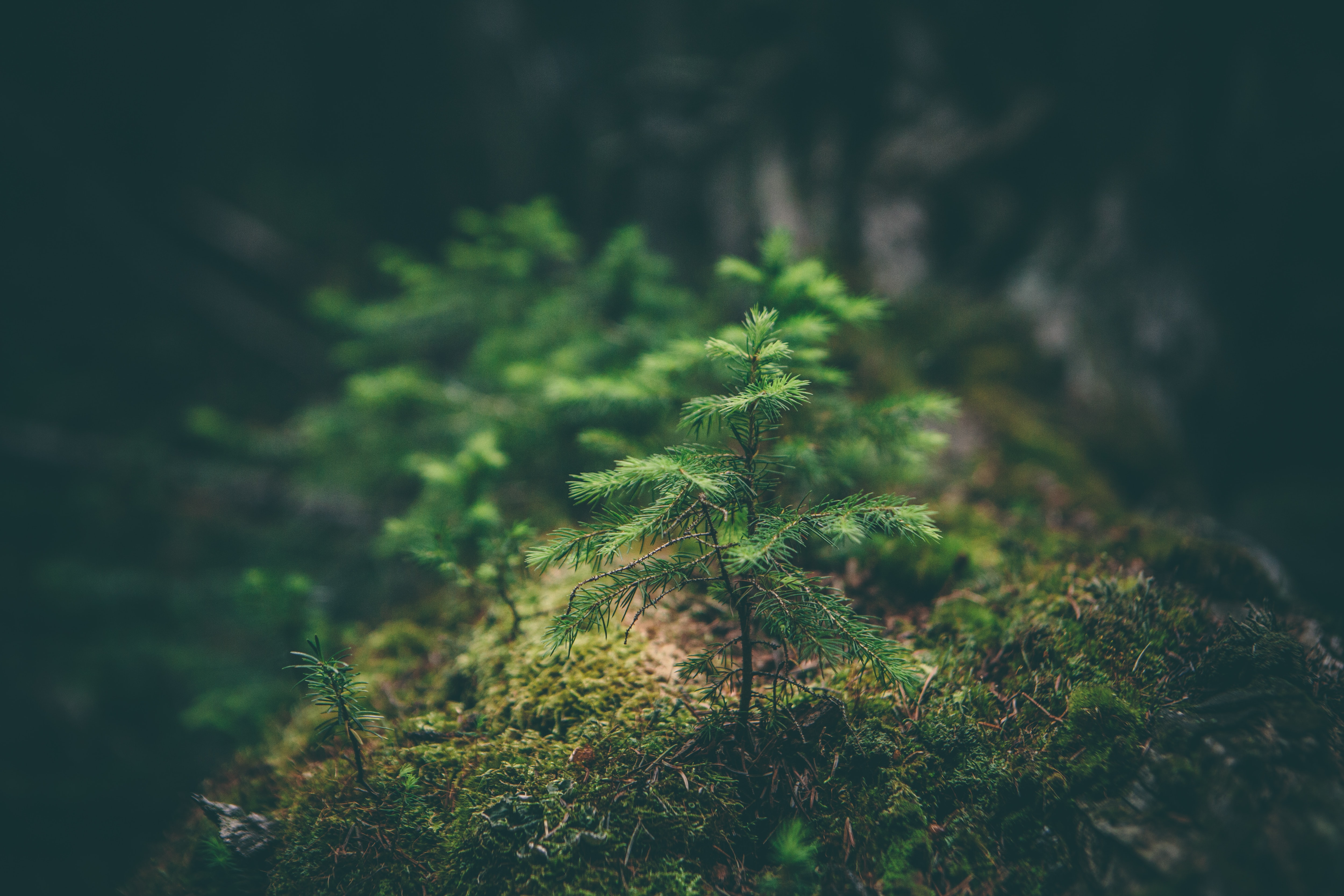
New Publication: The environment as seen through the life of a journal: Ambio 1972–2022
Abstract Emerging after World War II ‘‘the environment’’ as a modern concept turned in the years around 1970 into a phase of institutionalization in science,…
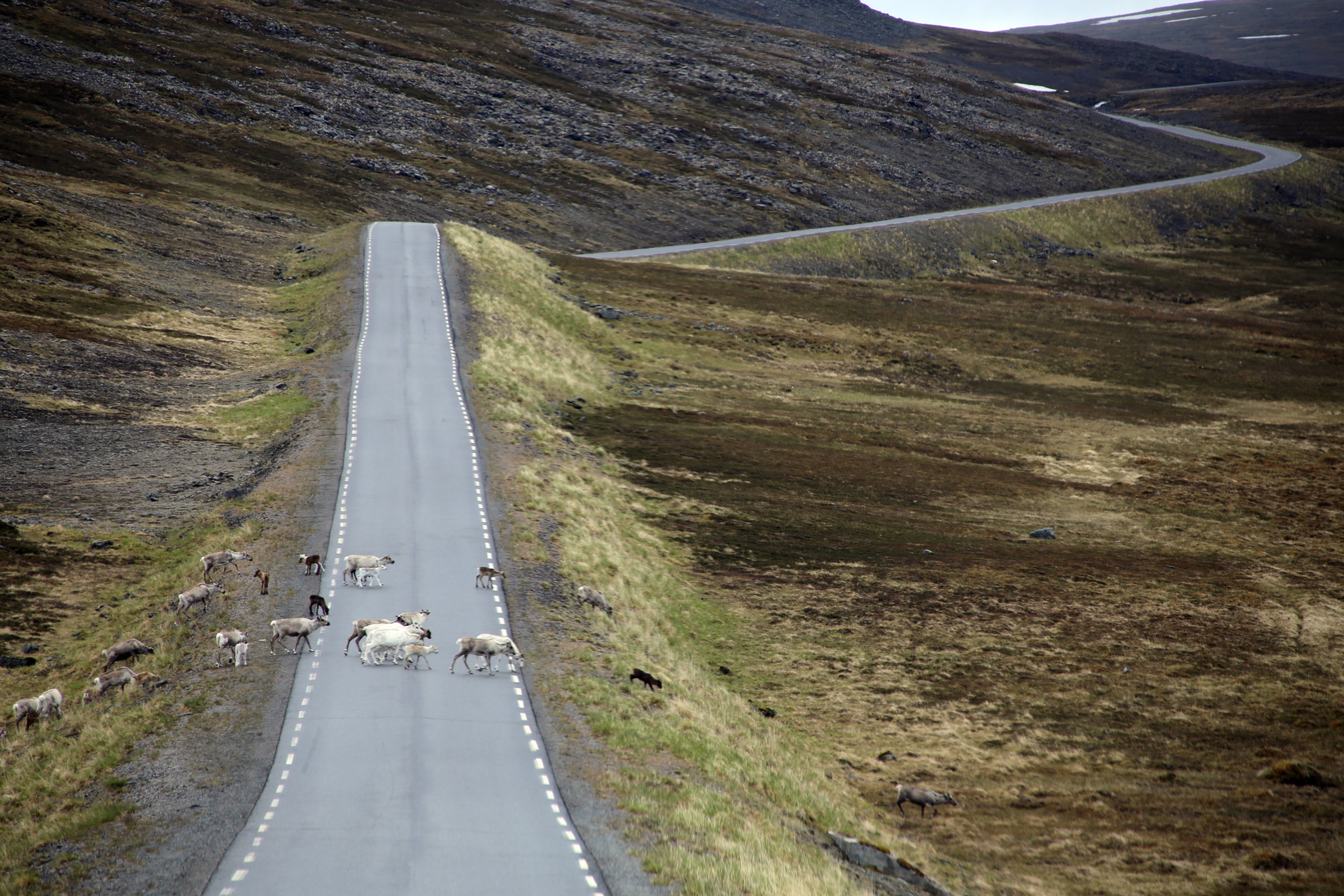
Opinion Piece in Klassekampen: Grønt skifte – kolonisering på Norsk
REXSAC researchers Marianne E. Lien and Gro Birgit Ween have published an op-ed in the Norwegian newspaper Klassekampen about a planned expansion of a quartz quarry in Austertana, Finnmark. Title: Grønt…
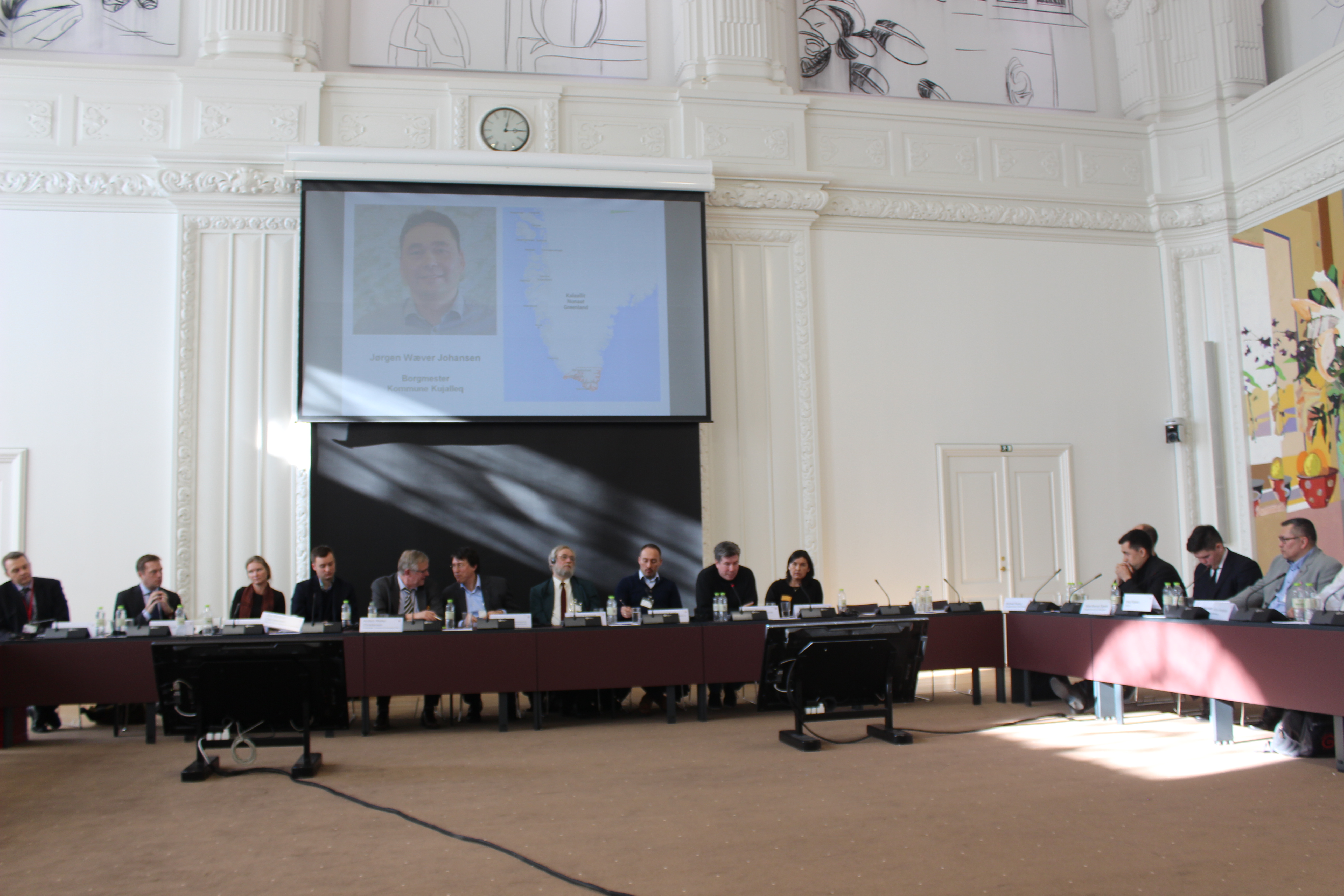
New Publication: Stories, emotions, partnerships and the quest for stable relationships in the Greenlandic mining sector
Abstract: This study aims to understand the emotional labour and relationship building in connection to the expected mining industry in Greenland. Greenland mining is often…
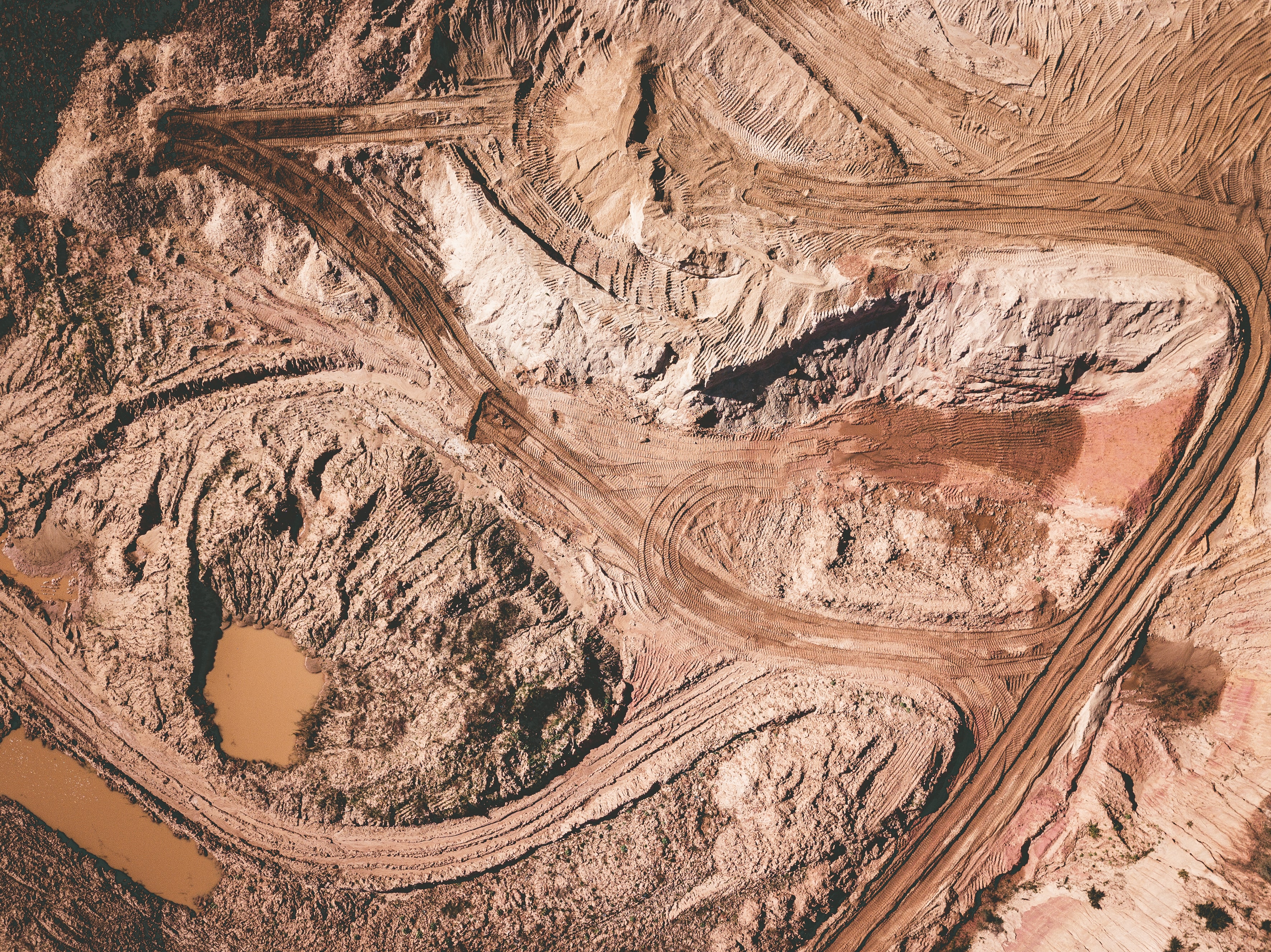
New Article: Chinese assessments of “critical” and “strategic” raw materials: Concepts, categories, policies, and implications
Abstract: Most research assumes that China works strategically with raw materials, and assessments of raw material criticality are shaped in part by perceptions of China’s…
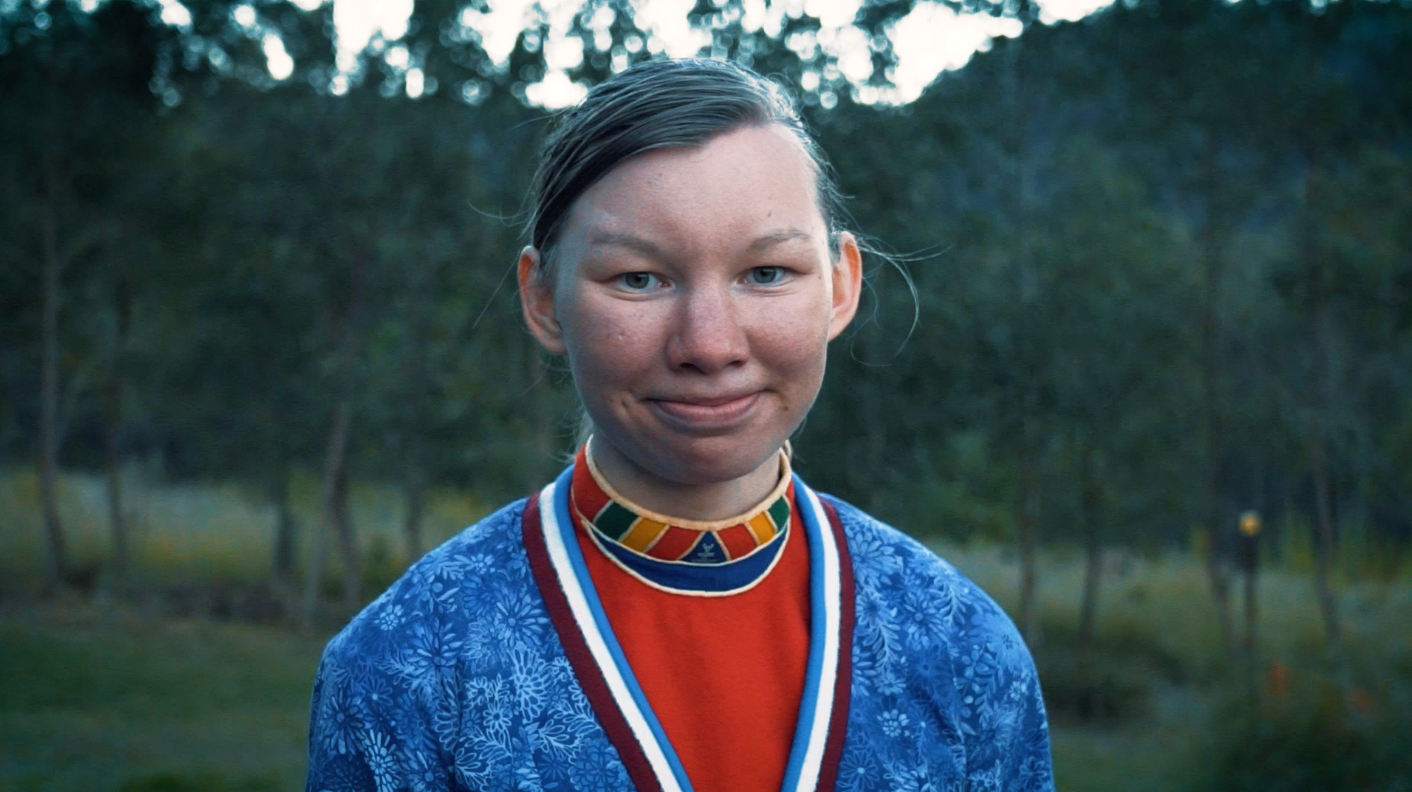
A new documentary: Common Ground: The Power of Coming Together, Sápmi to Country
A new documentary short-film Common Ground: The Power of Coming Together, Sápmi to Country details the struggles of indigenous peoples across the world in response to colonisation…
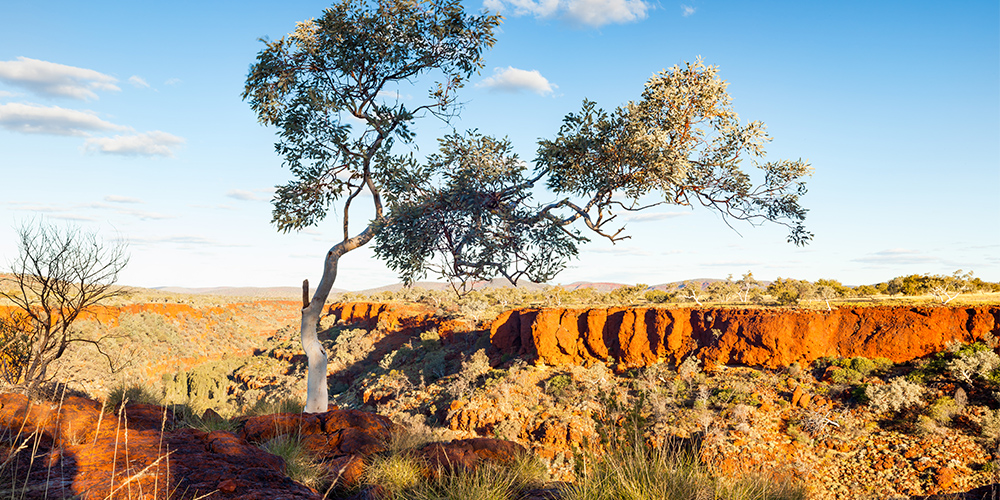
Strategic Ignorance: Rio Tinto’s Destruction of Sacred Juukan Caves
How can we excuse mining giant Rio Tinto’s unconscionable destruction of a 46,000 year old Pilbara Aboriginal Heritage site on the grounds of “not knowing” when…
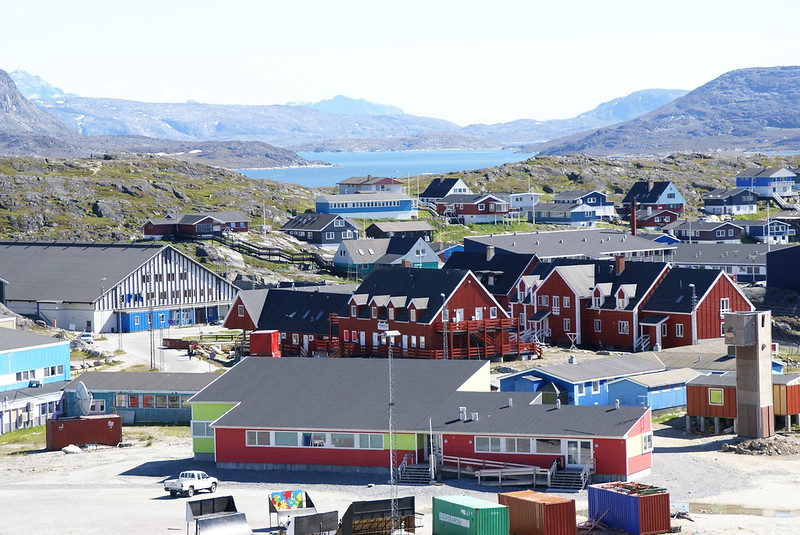
LOVISA Workshop Report: Local Knowledge in Environmental and Social Impact Assessment
The report is based on a workshop that was held in December 2019 in Nuuk (Greenland) to facilitate an exchange between Indigenous and local…
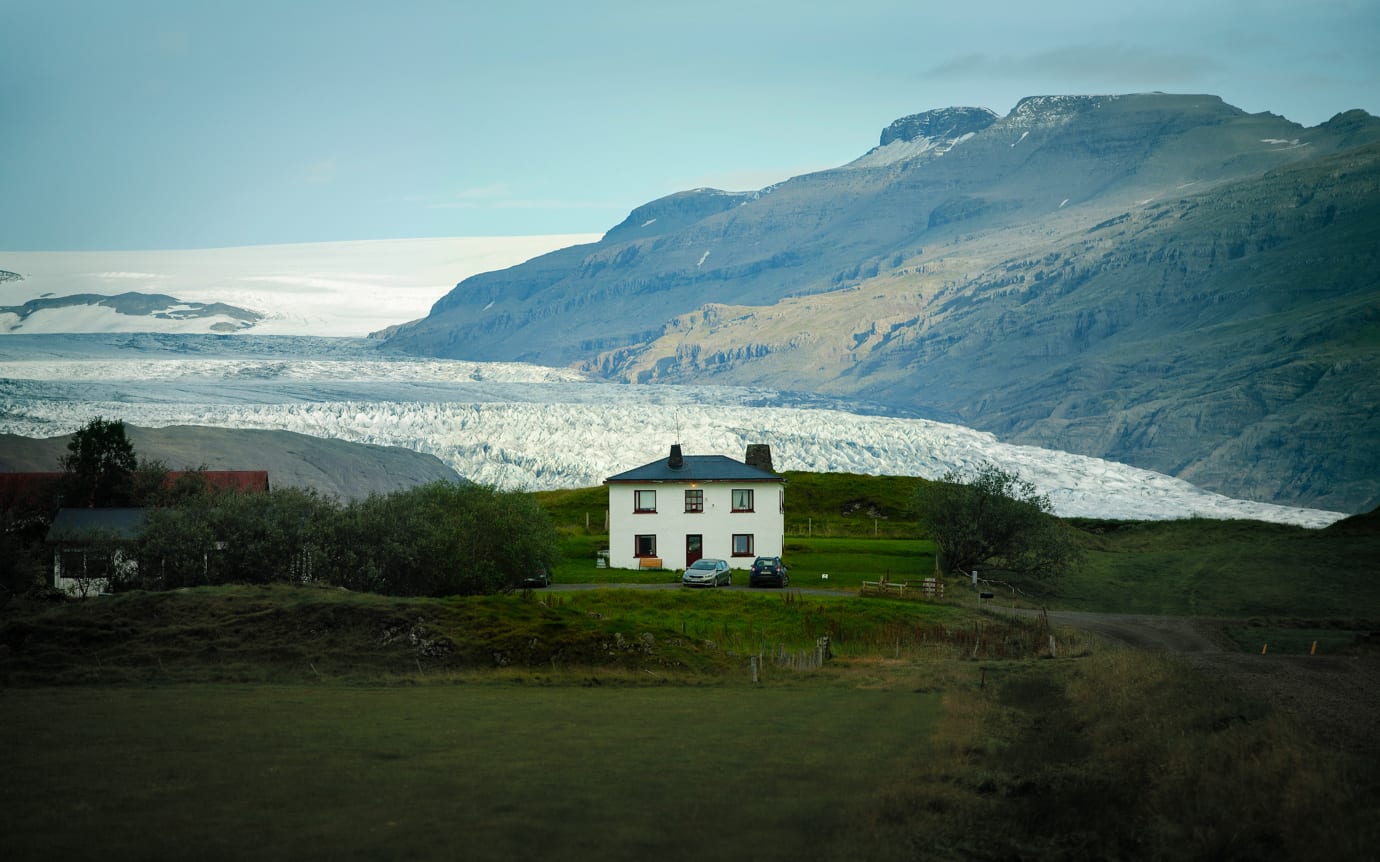
Ny bok – Arktiska spår: Natur och kultur i rörelse
Originaltext: Nordiska Museet (pressmeddelande) Ingenstans på jorden ökar den globala uppvärmningen lika snabbt som i Arktis. Vad som sker där angår en hel värld. I…
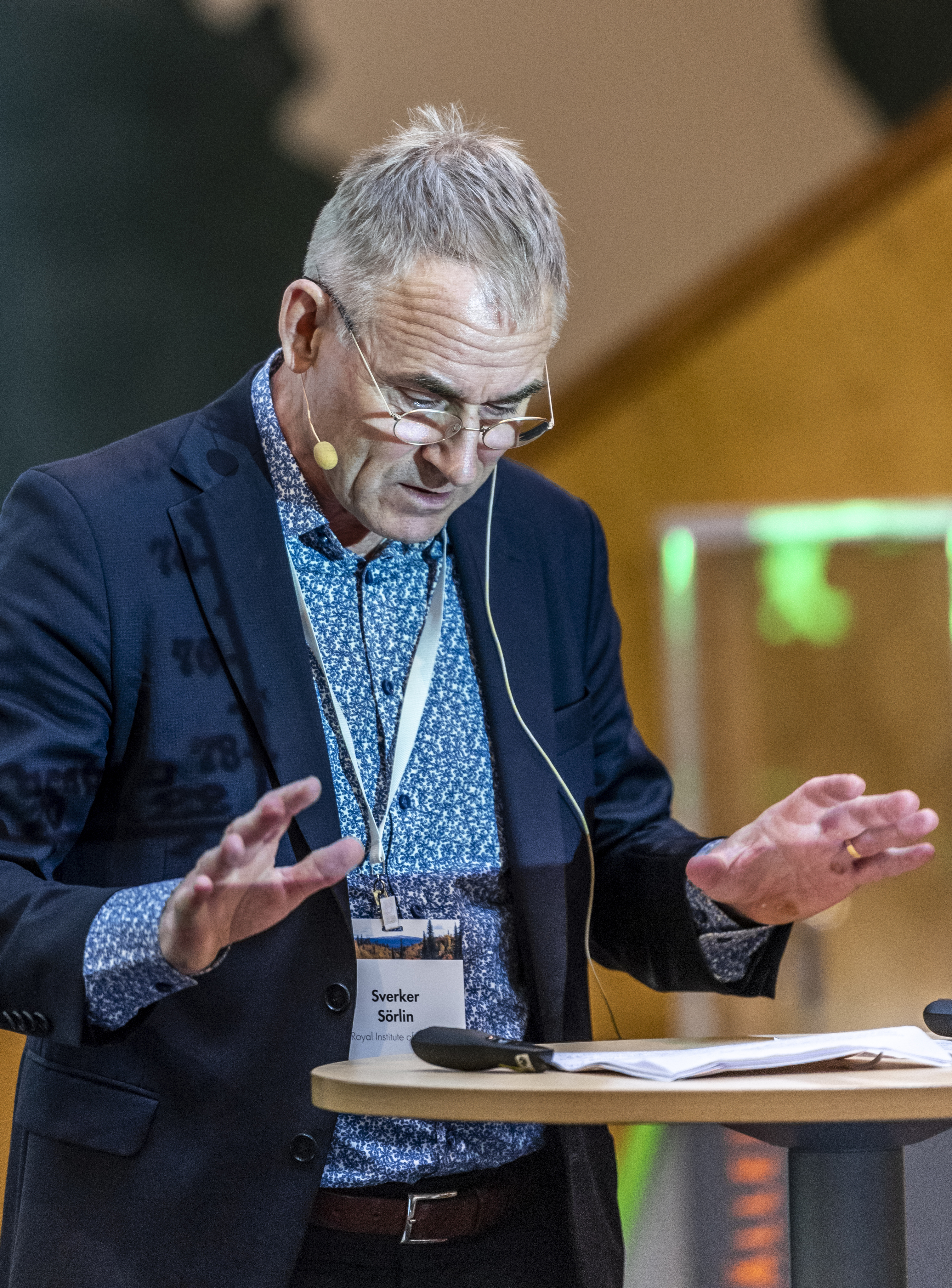
REXSAC researcher Sörlin featured in coronavirus article in Arctic Today
If one lives in the Arctic, where warming of the atmosphere and the seas happens much faster than in the rest of the world, perhaps…
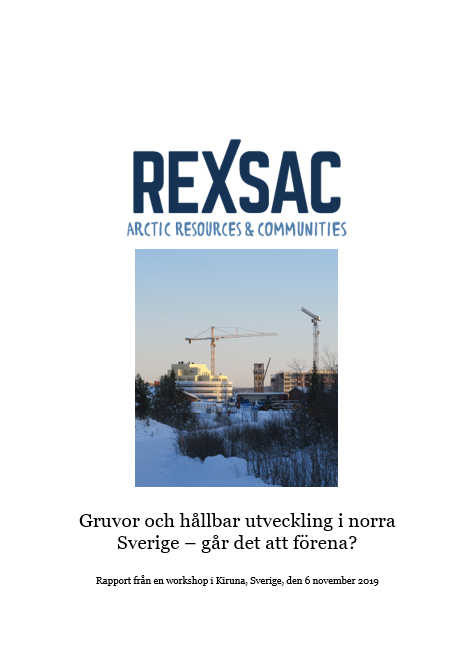
Gruvor och hållbar utveckling i norra Sverige
Can mining and sustainable development be reconciled? This report (in Swedish) summarizes the discussions at a workshop help in Kiruna, Sweden 6 November 2019. The…

Leakage from old copper mine
REXSAC PhD student Sandra Fischer and colleagues investigated the water quality near the abandoned copper mine Nautanen in northern Sweden. The results have now been…

Making Regional Sense of Global Sustainable Development Indicators for the Arctic
Since the global Sustainable Development Goals (SDGs) were adopted in 2015, efforts are underway to identify indicators for monitoring progress, but perceptions of sustainability are…
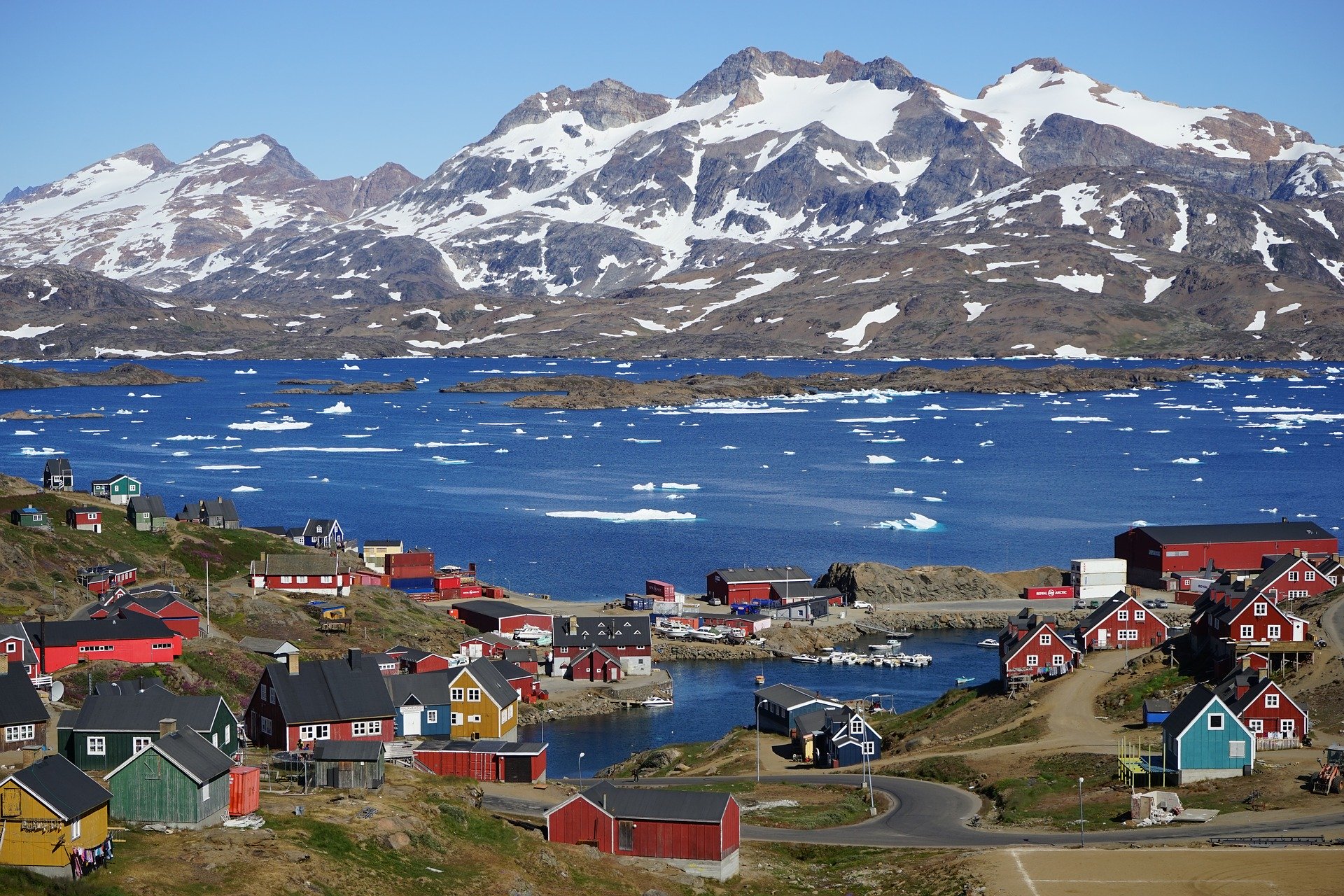
Book Chapter – Branding on the Nordic margins: Greenland Brand Configurations
The self-rule of Greenland – the world’s largest island at the Arctic margins of the Nordic – has increased during the 20th century. During its…
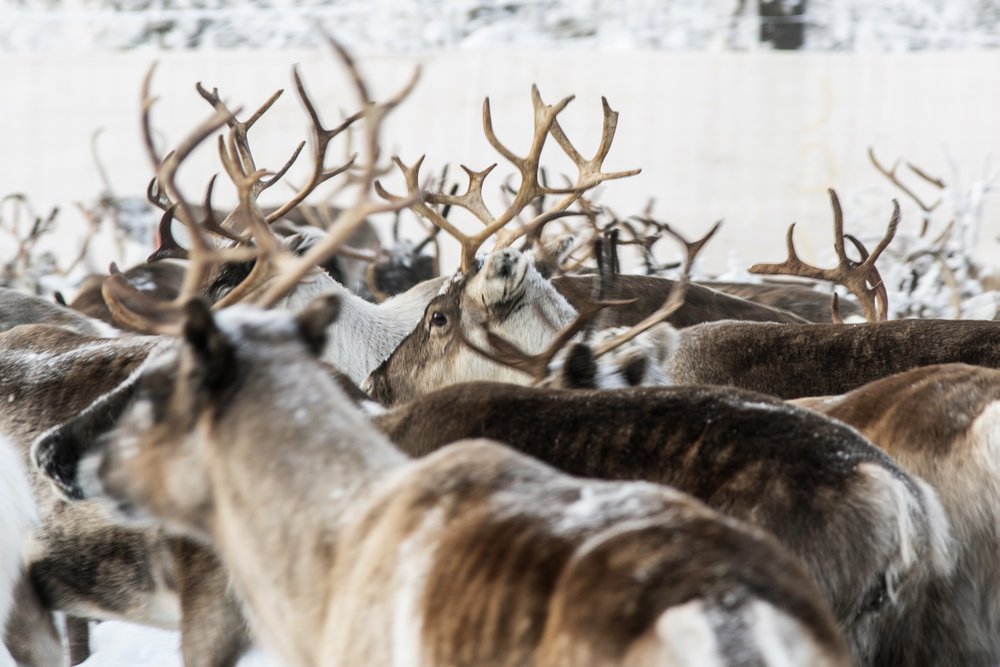
News outlets sharing the story of climate change and how it affects reindeer herds in the Arctic
In Sweden’s Arctic, ice atop snow leaves reindeer starving. Climate change is altering weather patterns here and affecting the herd’s food supply. The AP article…
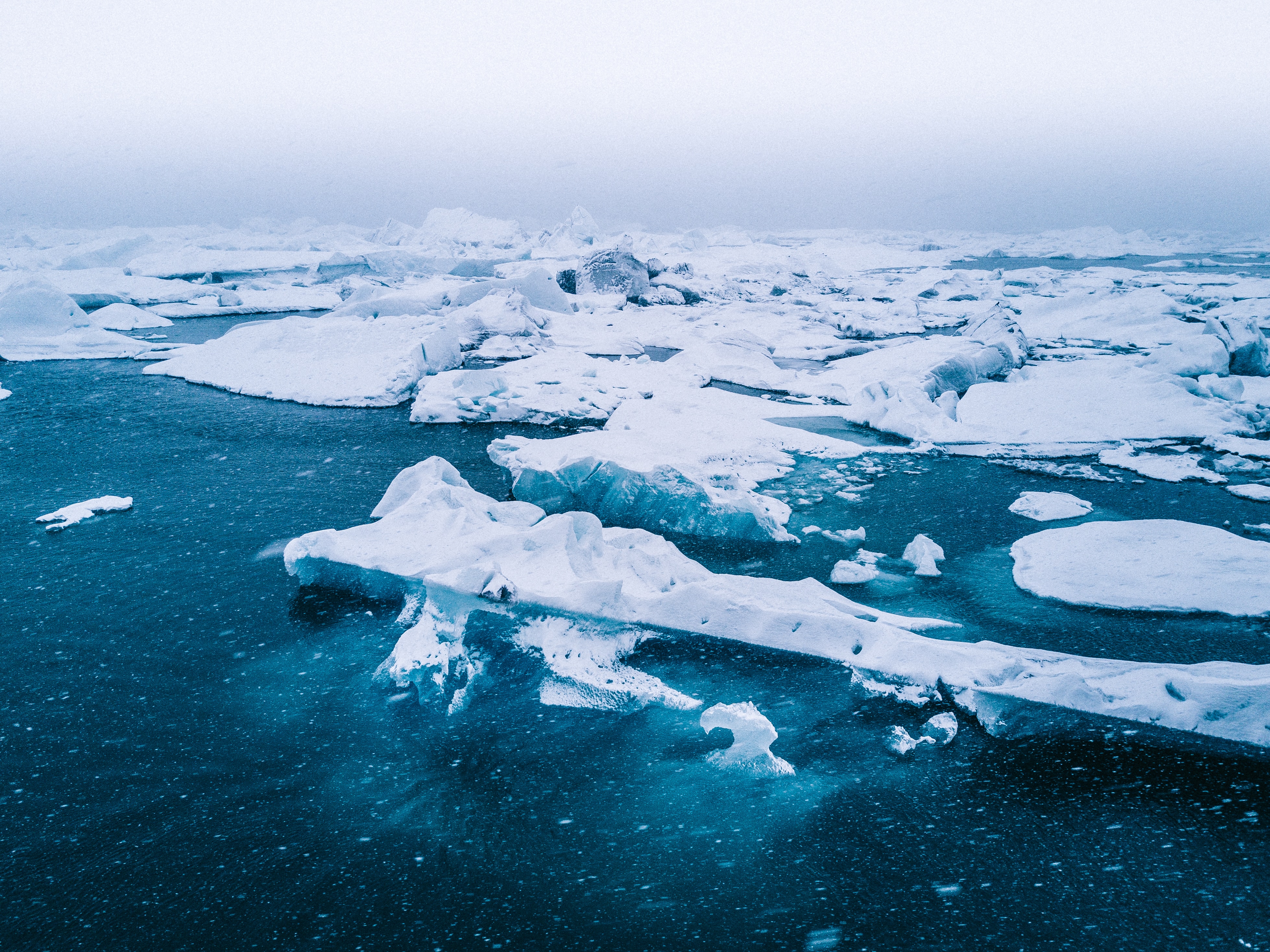
A new Arctic when the ice disappears
Swedish Radio met with REXSAC researcher Ninis Rosqvist to discuss the Special Report on the Ocean and Cryosphere released by the IPCC on the 25…

REXSAC PhD student, Jasmiini Pylkkäne, interviewed for Women in the Arctic and Antarctic
REXSAC Phd student at the Cultural Anthropology research unit at the University of Oulu in Finland was interviewed about her REXSAC fieldwork in Rankin Inlet…
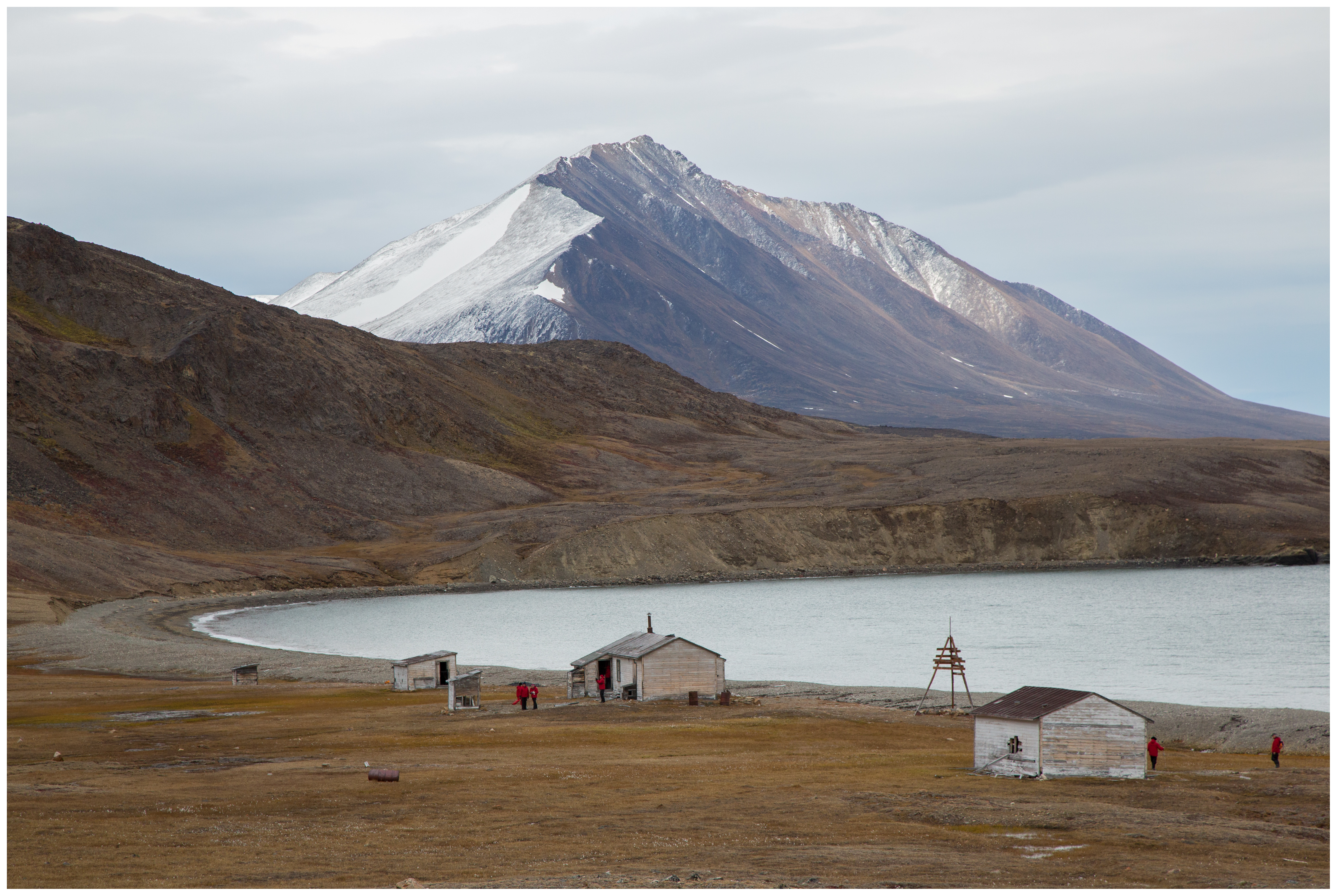
Towards improved participatory scenario methodologies in the Arctic
Participatory scenario methodologies are increasingly used for studying possible future developments in the Arctic. They have the potential to contribute to several high-priority tasks for…
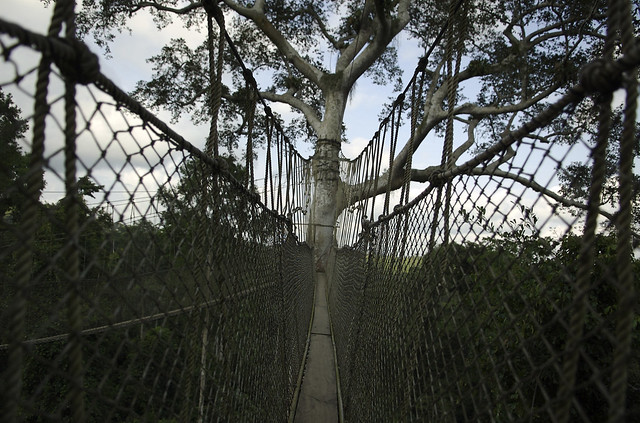
New report: The anthropocenic imaginary: political ecologies of tourism in a geological epoch
This article pushes forward emerging approaches in the political ecology of tourism that recognize the Anthropocene as both a geological epoch and conceptual regime. In…

New book: Arctic Geopolitics, Media and Power
Arctic Geopolitics, Media and Power provides a fresh way of looking at the potential and limitations of regional international governance in the Arctic region. Far-reaching…
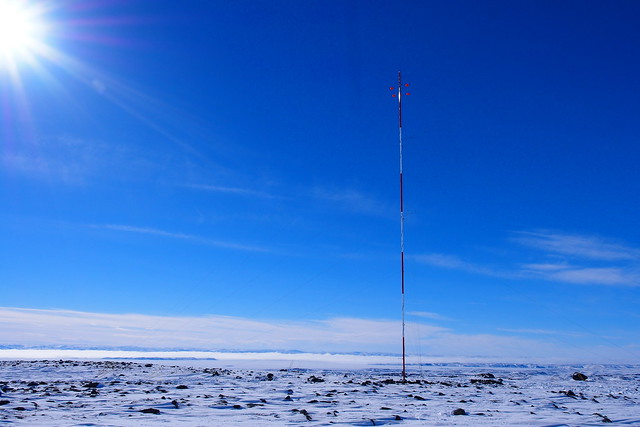
Book chapters – The politics of arctic resources: Change and continuity in the “Old North” of Northern Europe
The Arctic has often been seen as a natural area, or even a “wilderness”, where mainly indigenous and subsistence activities have been prominent. Contrary to…

New Report: Kakadu World Heritage Site Under Threat From Uranium Mine
A new report by REXSAC researcher Rebecca Lawrence at Sydney Environment Institute and Dave Sweeney, Australian Conservation Foundation has found mining giant Rio Tinto’s plan for rehabilitating the Ranger…
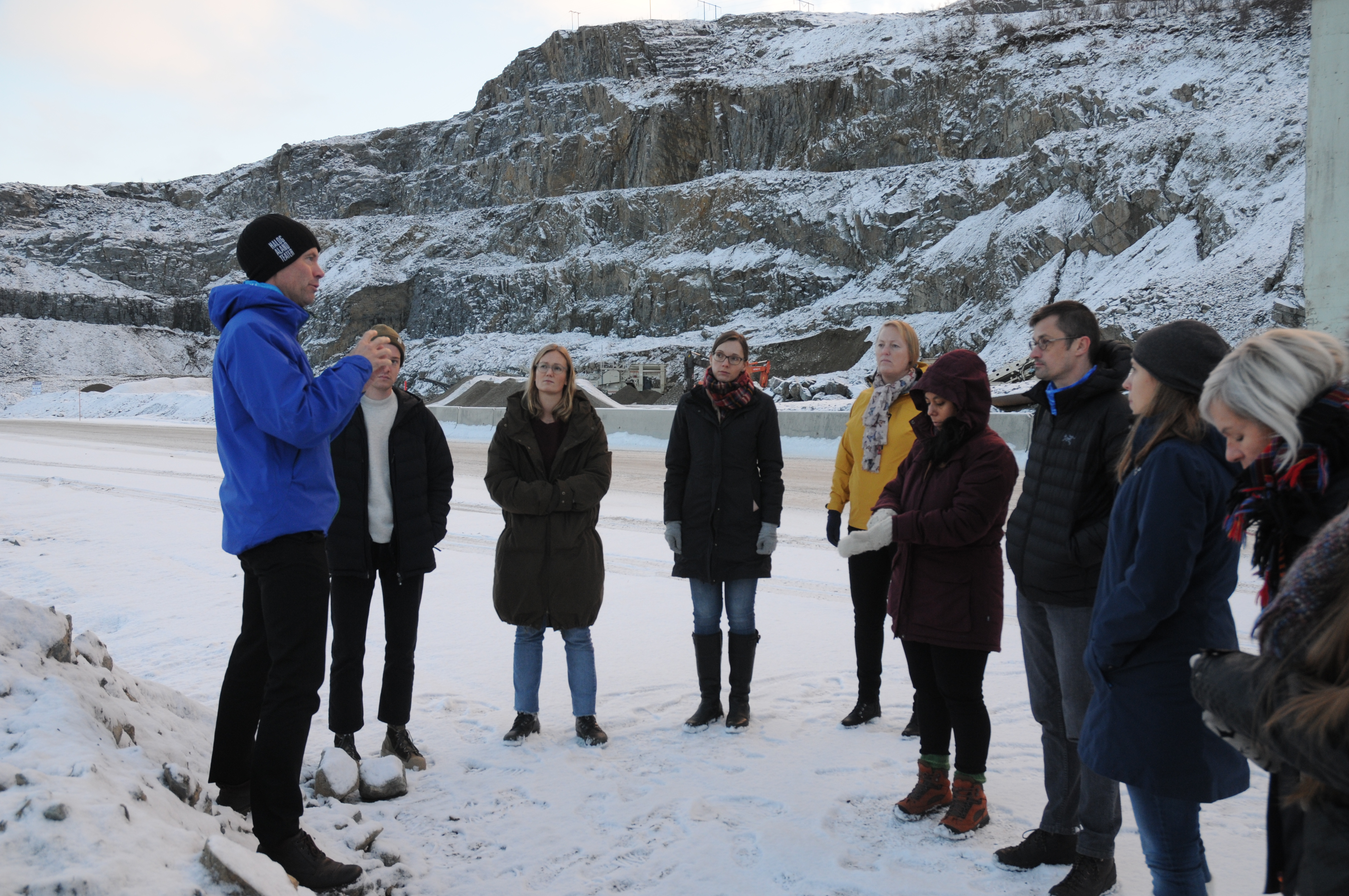
REXSAC’s Annual Report 2018
This is the third annual report from REXSAC. This report has been prepared by an editorial team, consisting of past and current members of the REXSAC Executive…
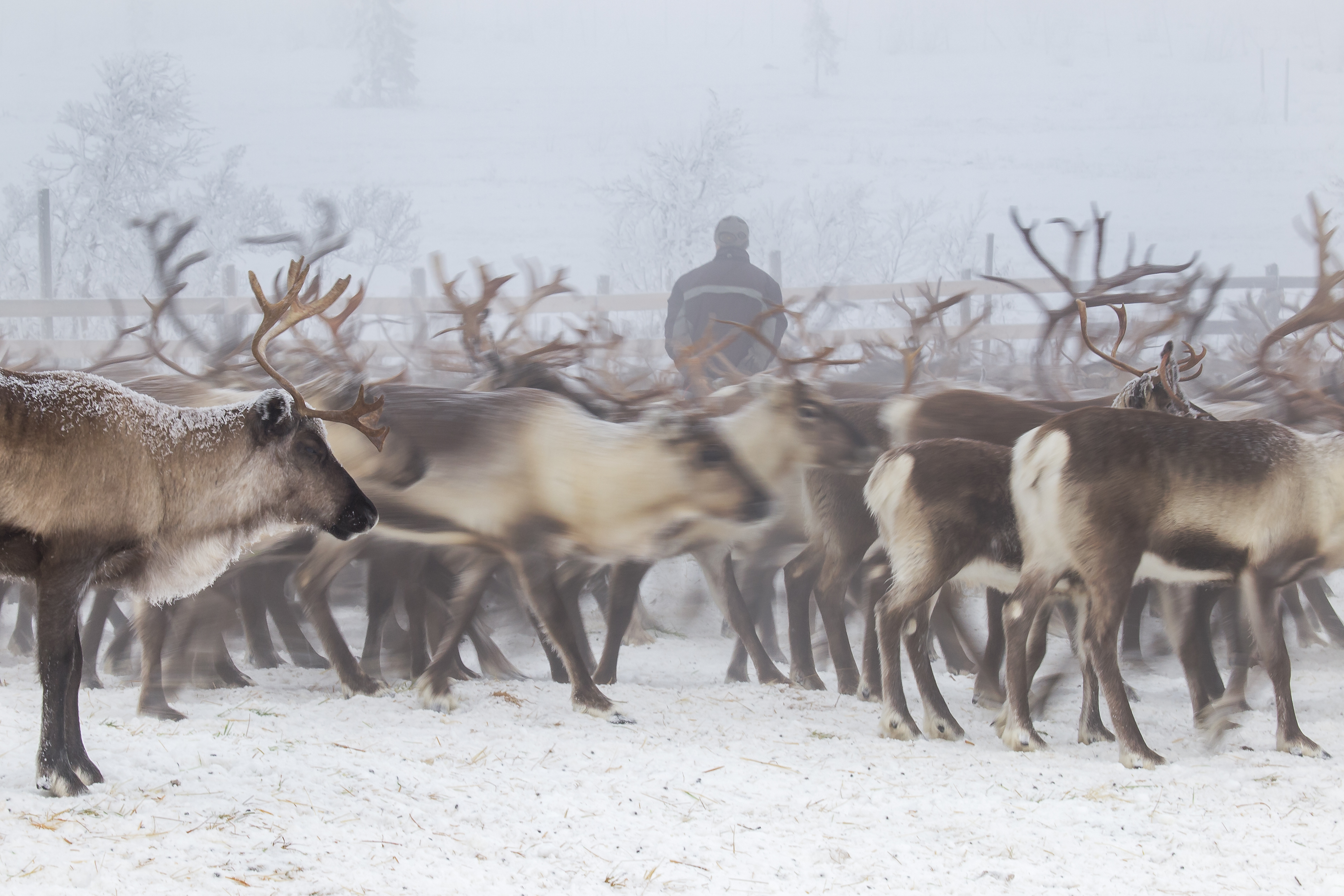
New report: Fighting to be herd
Fighting to be herd: impacts of the proposed Boliden copper mine in Laver, Älvsbyn, Sweden for the Semisjaur Njarg Sami reindeer herding community The Semisjaur…
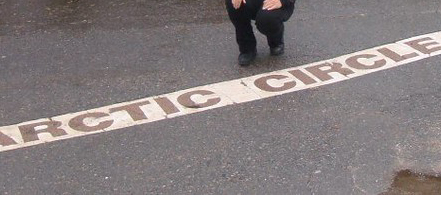
“Walk the line”: An ethnographic study of the ritual of crossing the Arctic Circle—Case Rovaniemi
This article focuses on tourists’ practices around Arctic Circle landmarks in Rovaniemi. Varnajot, A.. 2019. “Walk the line”: An ethnographic study of the ritual of…
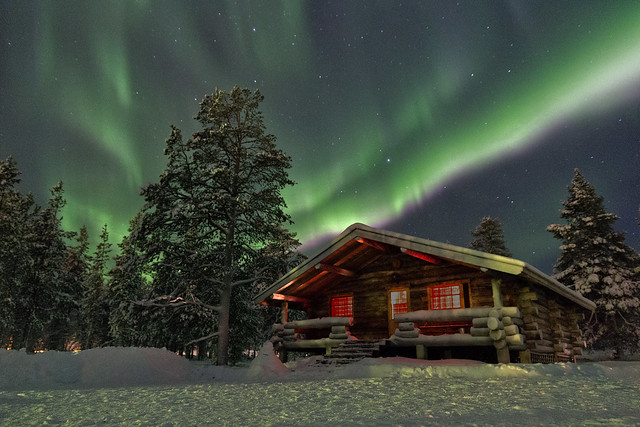
Costs and benefits of environmental change: Tourism industry’s responses in Arctic Finland
This paper identifies the locally observed changes in the natural and socio-economic environments and aims to analyse the financial costs and benefits to tourism businesses…
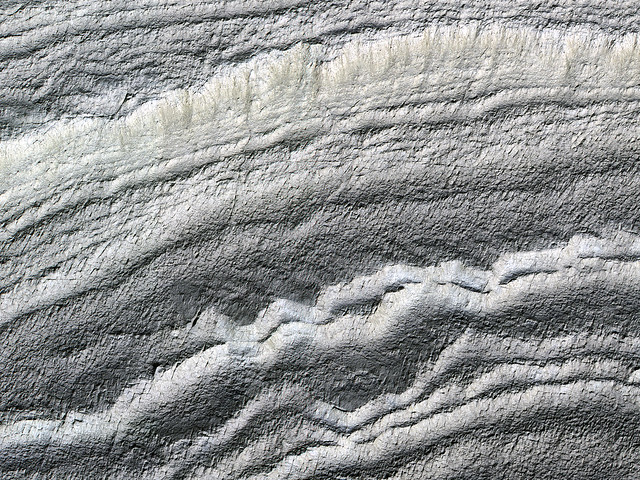
Historicizing climate change—engaging new approaches to climate and history
The article identifies two main strands in historical work on climate change, both multi-disciplinary: one that looks for it as a driver of historical change…
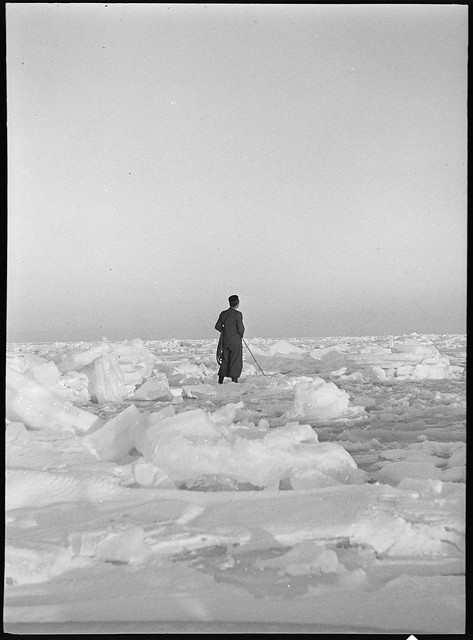
Snow and ice in the Cold War – histories of extreme climatic environments
Sörlin, S., Roberts, P..2018. Introduction (Sörlin): Cryo-history: Ice, Snow, and the Great Acceleration. Chapter 6 (Roberts): An Environment Too Extreme? The Case of Bouvetøya. In ICE AND…
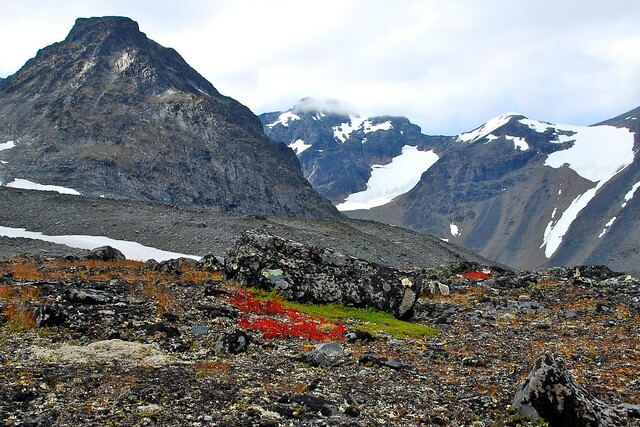
Book Chapter: A microgeography of authority: Glaciology and climate change at the Tarfala Station
Sörlin, S..2018. A microgeography of authority: Glaciology and climate change at the Tarfala Station, 1945–1980. In Understanding field science institutions. pp 255-285 From the oceans…

Participatory meaning-making of environmental and cultural changes in reindeer herding in the northernmost border area of Sweden and Finland
This paper explores the adaptation possibilities of reindeer herding regarding environmental changes at the Northernmost Swedish-Finnish border region. Lépy, É., Heikkinen, H.I., Komu,…
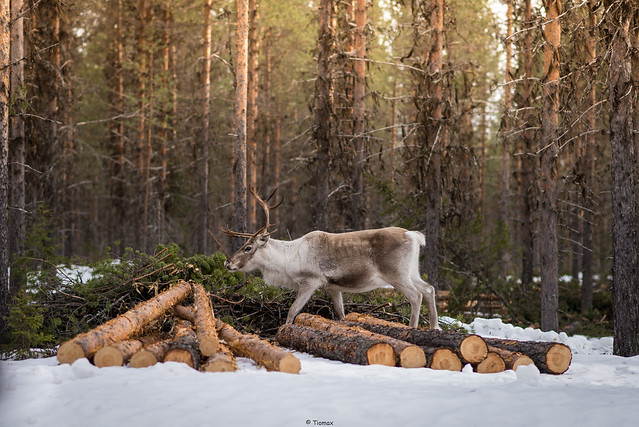
Do voluntary corporate actions improve cumulative effects assessment? Mining companies’ performance on Sami lands
Highlights Governments rely on companies to assess and mitigate cumulative impacts. Voluntary corporate actions generally fail to deliver on these expectations. Governments should step up…
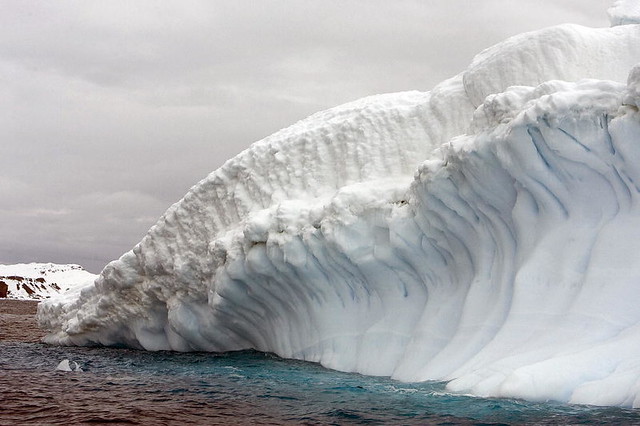
Responding to Climate Change: Studies in Intellectual, Political, and Lived History
Lane, M., Sörlin, S., Socolow, R.H., and McNeill, J.R.. 2018. Responding to climate change: Studies In Intellectual, political, and lived history. Abstract This introduction to…
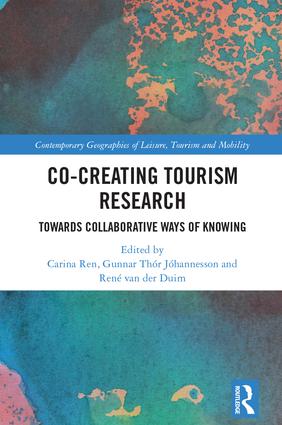
Book Chapter: Stories of hope: The dark ecology journeys co-creating tourism research
Kramvig, B. and Methi, H.. 2018. Stories of hope: The dark ecology journeys co-creating tourism research. In Co-Creating Tourism Research. pp 162-179. This chapter explores the co-creation…
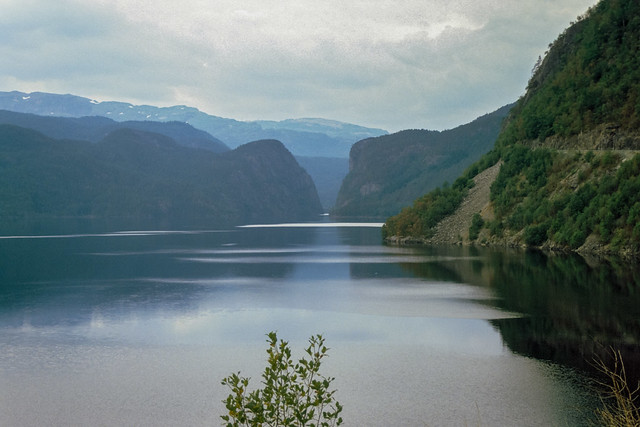
Turbulent indigenous objects: Controversies around cultural appropriation and recognition of difference
This article addresses an ongoing controversy in Noway around designing and naming Sámi (indigenous) objects. Kramvig, B., Brattland, C. and Verran, H.. 2018. Turbulent indigenous…
Relevansen av det nære
Kramvig, B.. 2018. Relevansen av det nære. In Ottar 319(1):49-54.

Book chapter: Reconciliation in the everyday – when dreams become real: Speaking of a different reality
Kramvig, B.. 2018. Reconciliation in the everyday – when dreams become real: Speaking of a different reality. In BAT: Bridging Art + Text. pp 56-66.
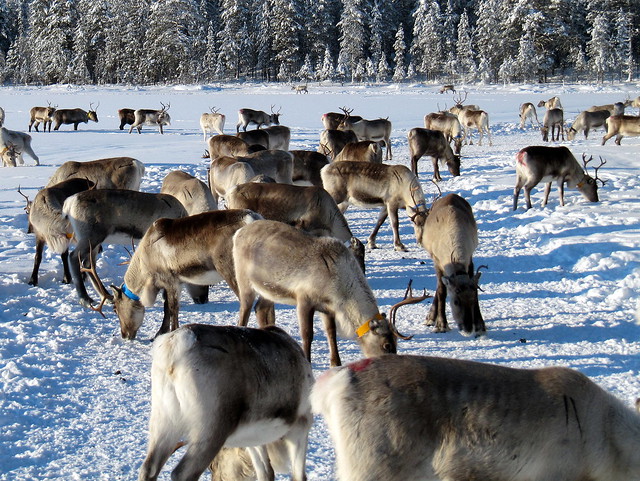
Manoeuvring conflict: Industrial land use projects and ‘refusal to resist’ among reindeer herding communities in northern Fennoscandia
Komu, T.. 2019. Manoeuvring conflict: Industrial land use projects and ‘refusal to resist’ among reindeer herding communities in northern Fennoscandia. In Ethnos. https://doi.org/10.1080/00141844.2019.1580304 ABSTRACT When local and…
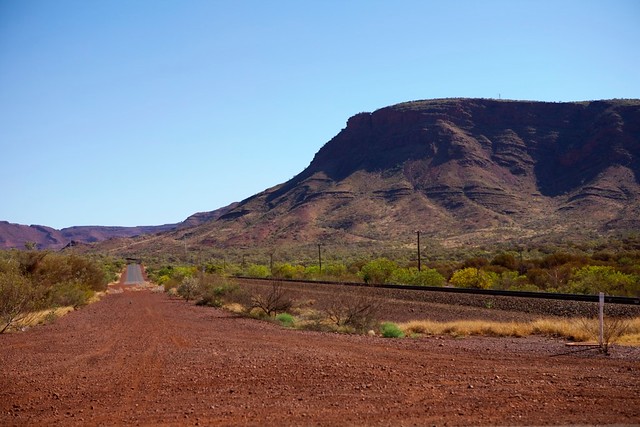
Accumulating Minerals and Dispossessing Indigenous Australians: Native Title Recognition as Settler‐Colonialism
This paper argues, in reality, a deeply seated settler‐colonial mentality endures in Australia within the institutions presiding over mineral governance, particularly in those States that are…

Evidence of the impacts of metal mining and the effectiveness of mining mitigation measures on social–ecological systems in Arctic and boreal regions: A systematic map protocol
Mining activities, including prospecting, exploration, construction, operation, maintenance, expansion, abandonment, decommissioning and repurposing of a mine can impact social and environmental systems in a range…
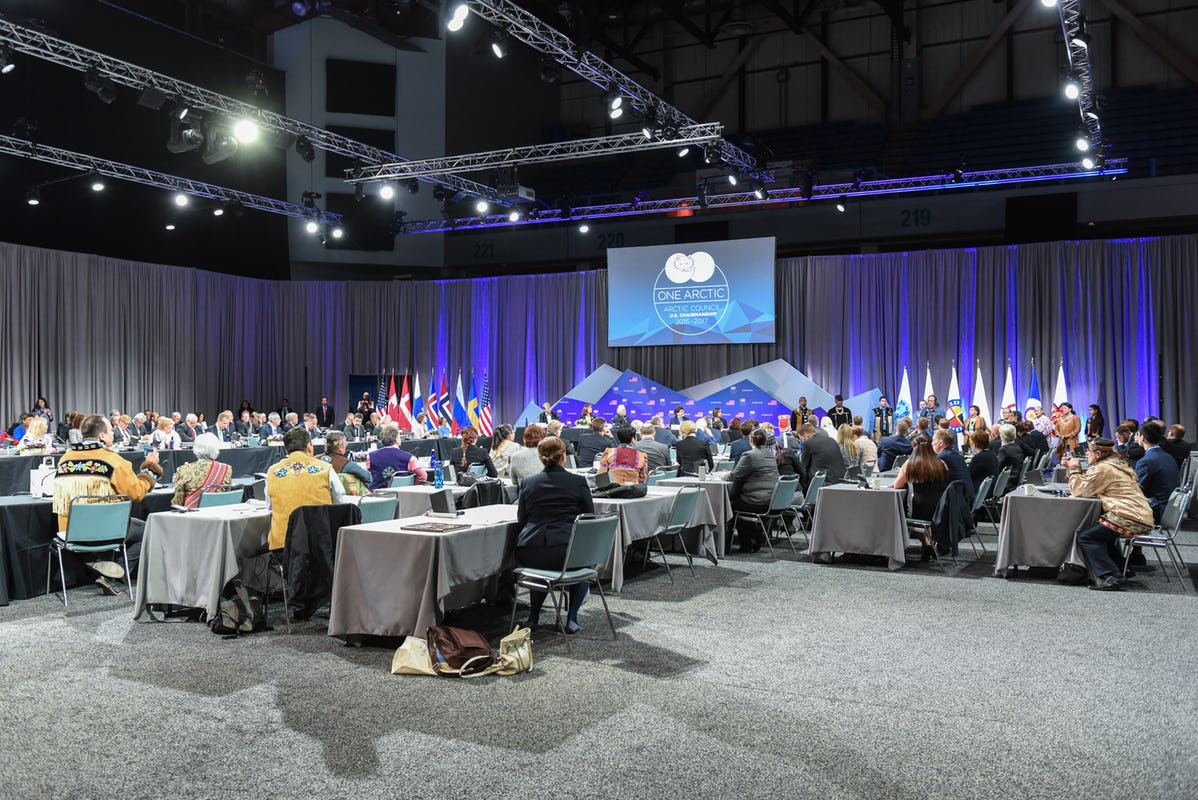
Form and Function: The Future of the Arctic Council
Since its establishment in 1996, the Arctic Council has evolved to become an indispensable forum for regional Arctic cooperation. Expectations for the forum were initially…
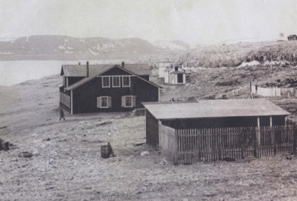
Gradmålingsstasjonen i Sorgfjorden: en kulturhistorisk dokumentasjon
Report from a documentation project supported by Svalbards Environment Fund. Arlov, T.B., Avango, D., and Reymert, P.K..2018. Gradmålingsstasjonen i Sorgfjorden: en kulturhistorisk dokumentasjon. Trondheim-Tromsø-Stockholm: NTNU -…
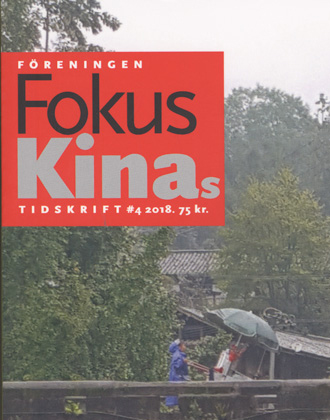
Kina i Arktis – intressen och strategier
Andersson, P.. (2018) Kina i Arktis – intressen och strategier. Föreningen FokusKinas Tidskrift, 4, 34-38. About the magazine The FokusKina magazine (formerly China Report) is…

Chinese mining in Greenland: Arctic access or access to minerals?
This article contributes to the academic debate on China’s growing interests in the Arctic and enriches our understanding of the various economic and political…
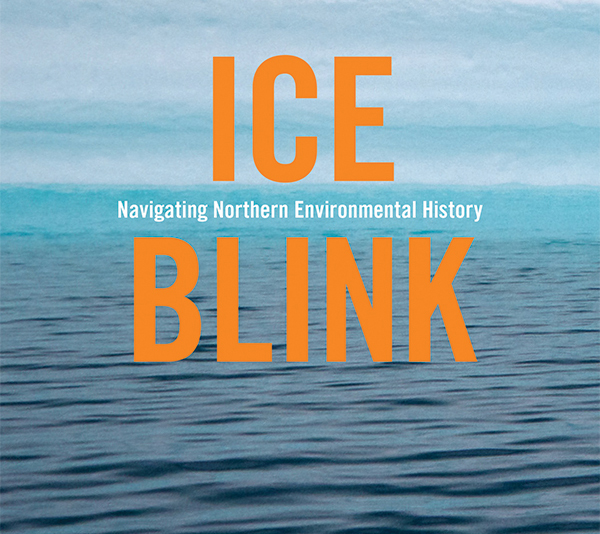
Book Chapter: Ghost towns and zombie mines: Historical dimensions of mine abandonment, reclamation and redevelopment in the Canadian North
This book makes a distinctive contribution to the field of Canadian environmental history by identifying new areas of research and exploring how international scholarly developments might…

Book Chapter: The Giant Mine’s long shadow: Arsenic pollution and native people in Yellowknife, NWT
Sandlos, J., Keeling, A.. 2017. The Giant Mine’s long shadow: Arsenic pollution and native people in Yellowknife, NWT. In Mining North America: An Environmental History, 1522-2012. …
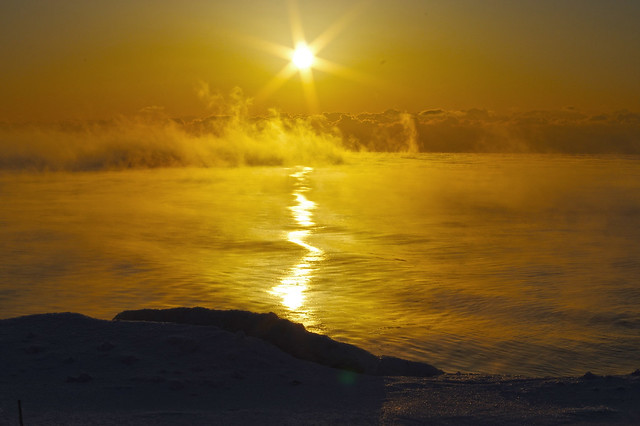
Indigenous peoples’ relationships to large-scale mining in post/colonial contexts: Toward multidisciplinary comparative perspectives
Mining has particular, often disproportionate, impacts on Indigenous communities. Opportunities exist for Indigenous peoples to benefit from/shape mining projects. More research is needed on mining…
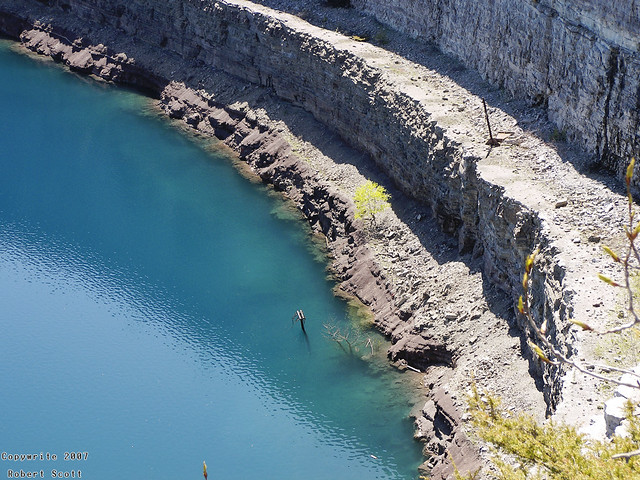
Rethinking remediation: mine reclamation, environmental justice, and relations of care
This paper argues that greater attention needs to be paid to public participation and justice concerns associated with cleaning up mine sites. Beckett, C.,Keeling, A..…
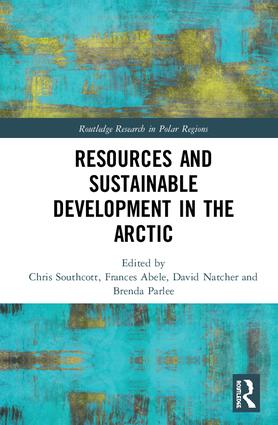
Book chapter in Resources and Sustainable Development in the Arctic
This book provides an insightful summary of issues surrounding resource extraction in the Arctic, and will be essential reading for anyone interested in environmental impact…

Book chapter: Adaptation Actions for a Changing Arctic: Perspectives from the Baffin Bay/Davis Strait Region
This report presents the results of the 2018 AMAP Assessment of Adaptation Actions for a Changing Arctic (AACA): Perspectives from the Baffin Bay/Davis Strait Region.…
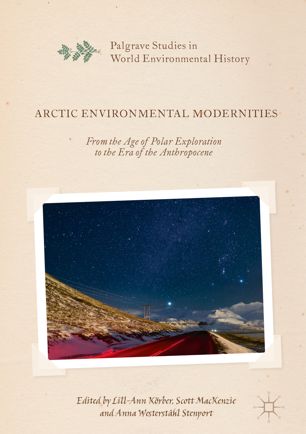
Book chapter: Heritage, Conservation, and the Geopolitics of Svalbard: Writing the History of Arctic Environments
This chapter argues that the writing of environmental history is never separate from politics or societal and culturally inscribed power structures by which spaces construed as…
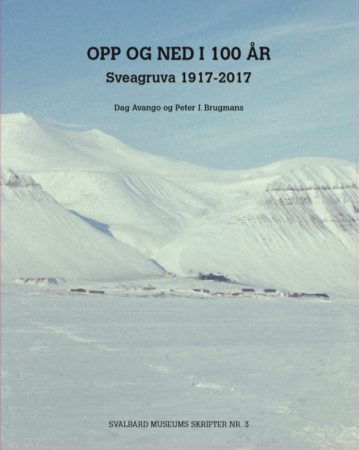
Book chapter: Opp og ned i 100 år: Sveagruva 1917-2017
D. Avango and P. Brugmans, Opp og ned i 100 år: Sveagruva 1917-2017. Longyearbyen : Svalbard Museum, 2018.

Resilient Destinations and Tourism: Governance Strategies in the Transition towards Sustainability in Tourism, 1st Edition
Sustainability is one of the most important issues currently facing the tourism sector. Recently, the role of resilience thinking has been highlighted in sustainable development…
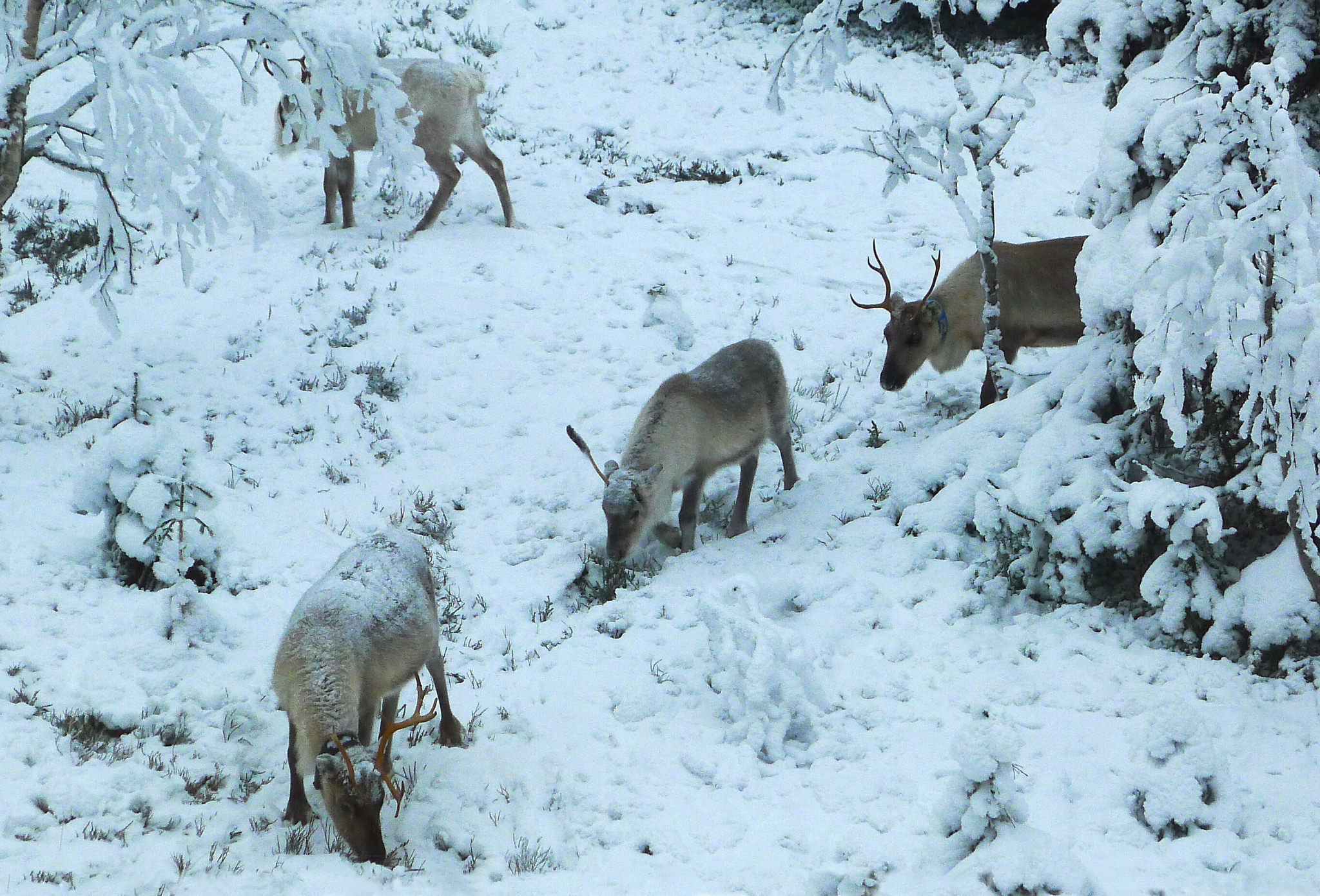
Myths on local use of natural resources and social equity of land use governance: Reindeer herding in Finland
This paper proposes a novel approach to examine social equity by following ideational turn with an aim to explore globally used and locally persistent myths that…
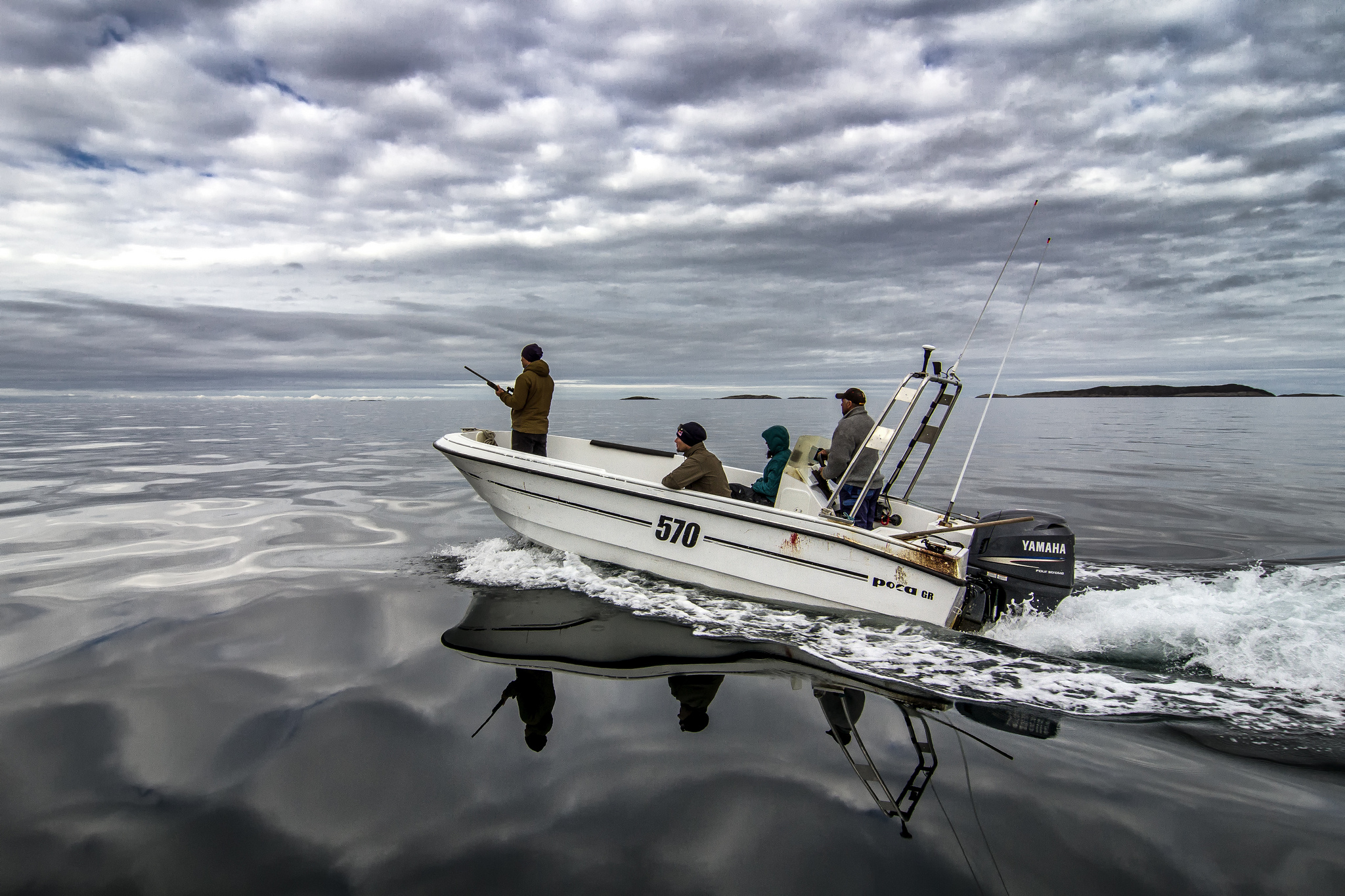
What are wilderness areas for? Tourism and political ecologies of wilderness uses and management in the Anthropocene
This paper analyzes empirically how wilderness environments and their roles are seen in the context of new and traditional anthropogenic uses and meanings of wilderness…
Beyond growth thinking: the need to revisit sustainable development in tourism
Saarinen, J. (2018). Beyond growth thinking: the need to revisit sustainable development in tourism. Tourism Geographies 20(2): 337-340. https://doi.org/10.1080/14616688.2018.1434817
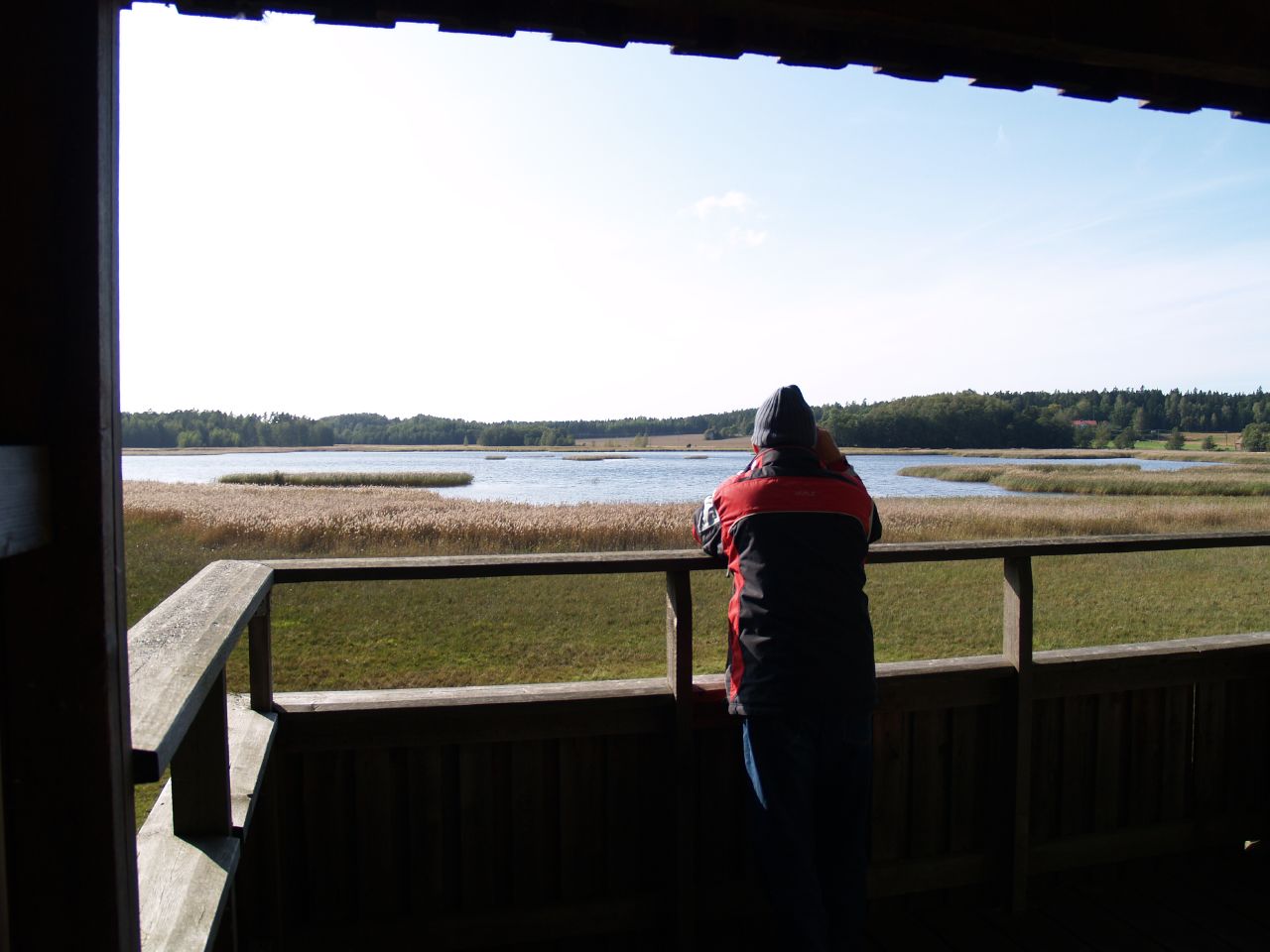
Enclavic tourism spaces: territorialization and bordering in tourism destination development and planning
This paper aims to discuss and synthesize the conceptual idea of enclaves in tourism and get an overview of some of the key theoretical perspectives…
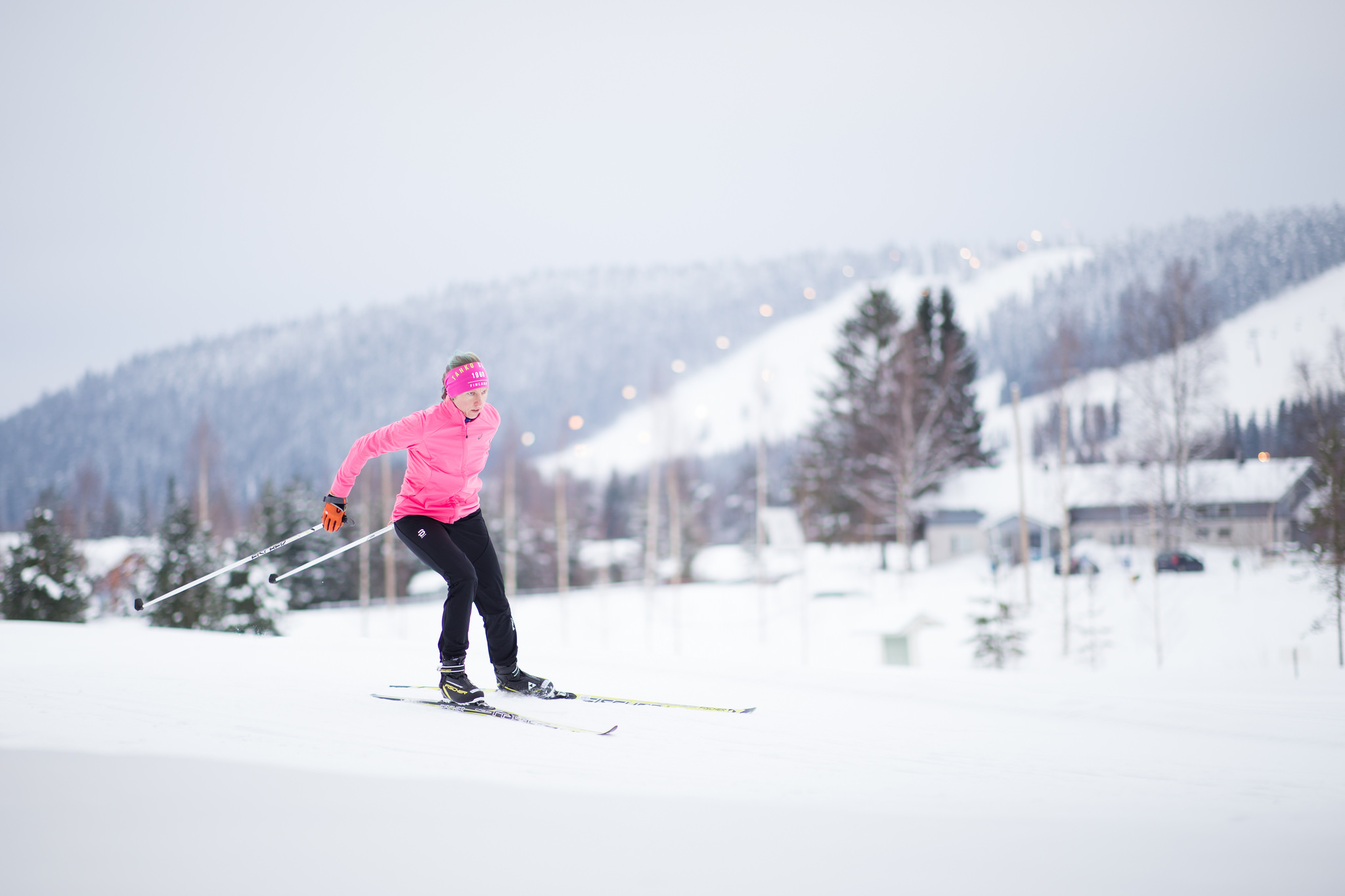
Geographies of tourism development and planning
This paper gives an overview of how tourism requires holistic and future-oriented planning measures that minimize the negative externalities of tourism and guide the industry’s…
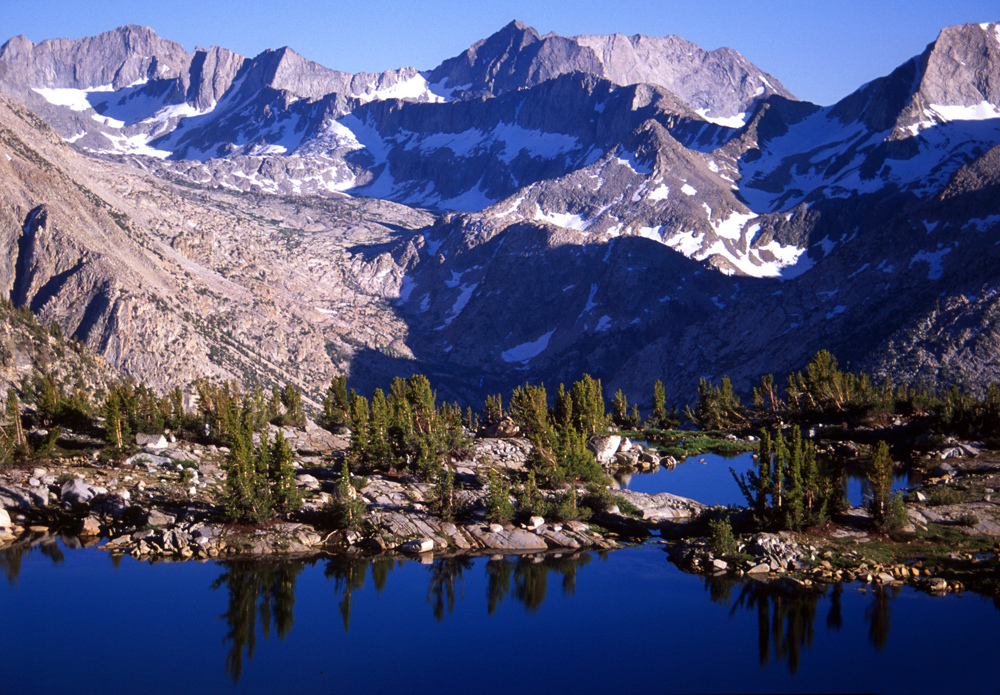
Wilderness conservation and tourism: what do we protect and for and from whom?
This paper aims to overview some of the key perspectives on how wilderness environment are contextualized, used, and contested: as units of strict conservation; resources…
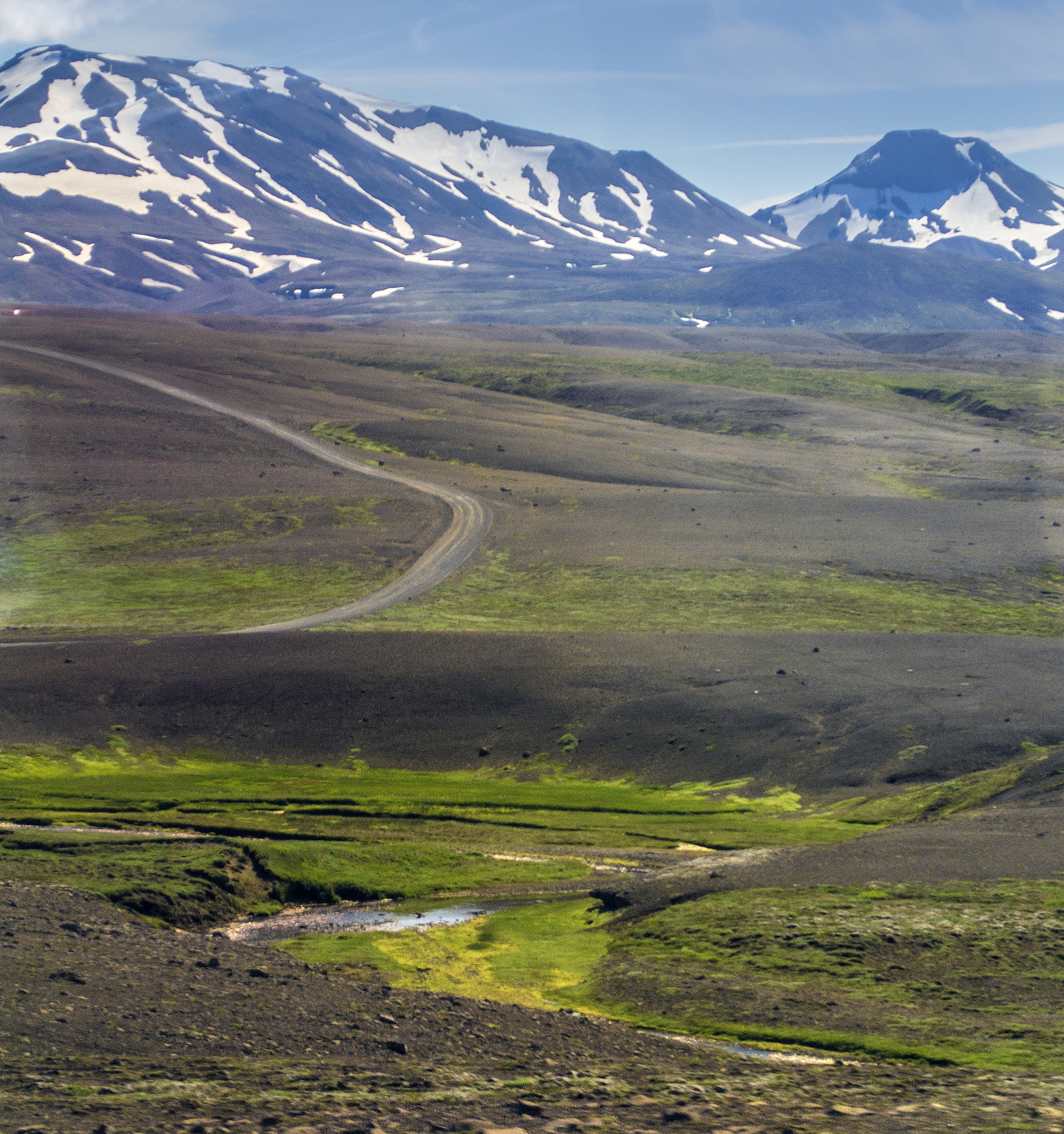
Challenges due to changing ideas of natural resources: tourism and power plant development in the Icelandic wilderness
The purpose of this paper is to analyse the development of tourism in the Icelandic highlands and power production development and the challenges created by…
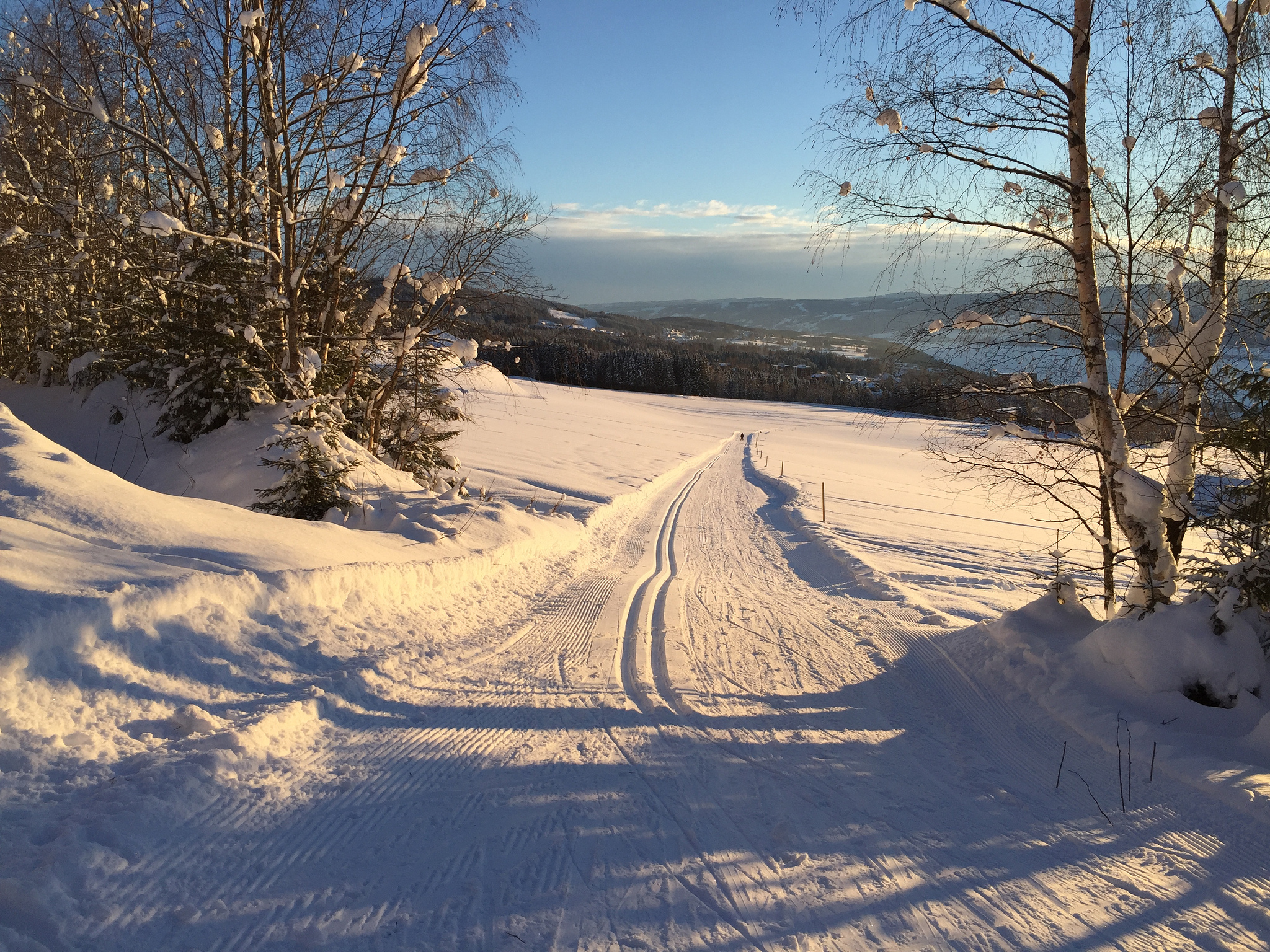
Natural hazard experiences and adaptations: A study of winter climate-induced road closures in Norway
This paper aims at filling a research gap on sudden winter climate-induced disconnections and road travel hazards in advanced societies. Jacobsen, J.K.S., Leiren, M.…
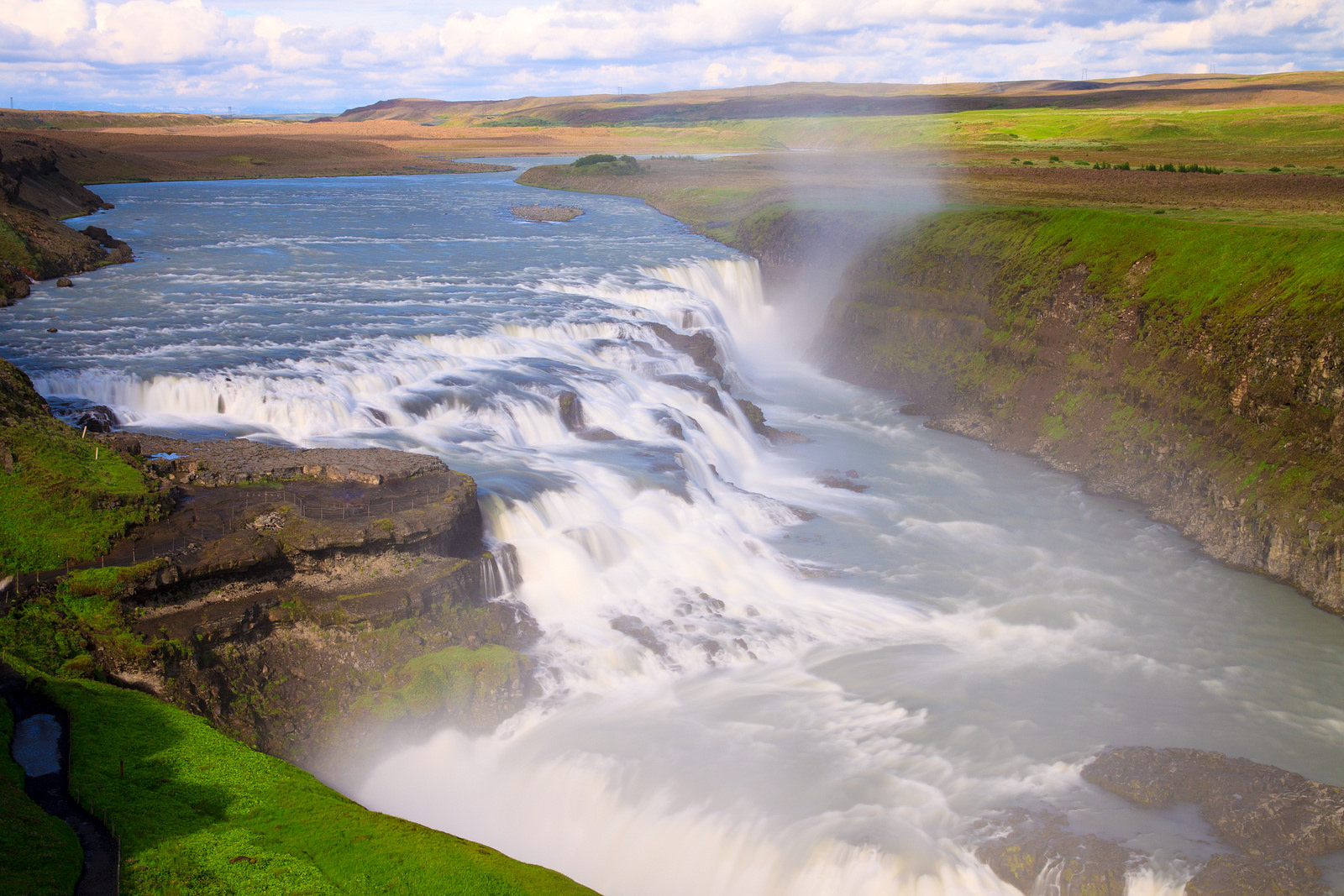
Changing ideas about natural resources: tourists’ perspectives on the wilderness and power production in Iceland
This paper discusses the utilization and perceptions of wilderness environments in Iceland, where tourism and power production have increasingly grown. Sæþórsdóttir, A-D. and J.…
Communities and sustainable tourism development: Community impacts and local benefit creation tourism
Saarinen, J. (2019). Communities and sustainable tourism development: Community impacts and local benefit creation tourism. In Stephen F. McCool and Keith Bosak (Eds), A Research…
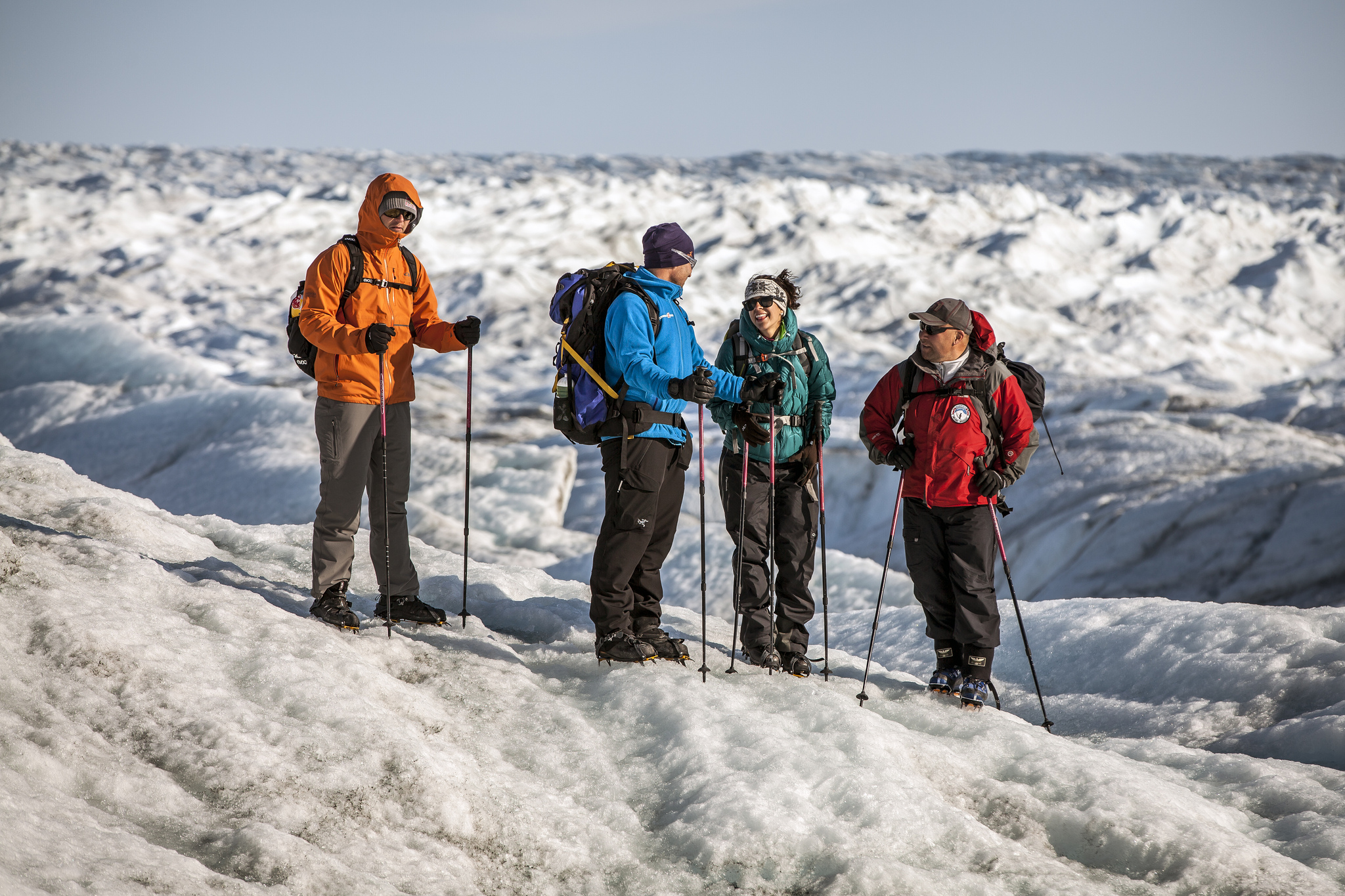
The Arctic in tourism: complementing and contesting perspectives on tourism in the Arctic
This review paper aims to discuss different perspectives on tourism in the Arctic by utilizing literature and selected examples. Saarinen, J. & A. Varnajot (2019).…
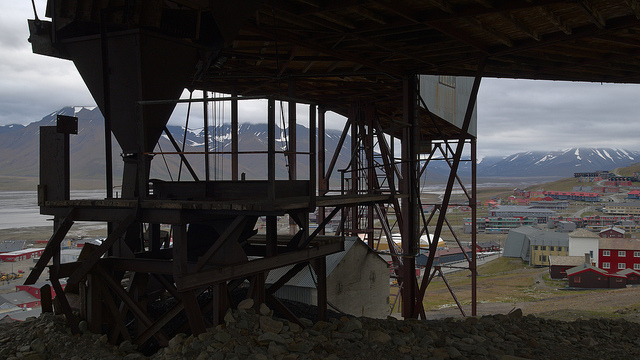
Evidence of the impacts of metal mining and the effectiveness of mining mitigation measures on social–ecological systems in Arctic and boreal regions: a systematic map protocol
This paper is part of a project, 3MK, which aims to develop a multiple evidence base methodology combining systematic review approaches with documentation of Indigenous…
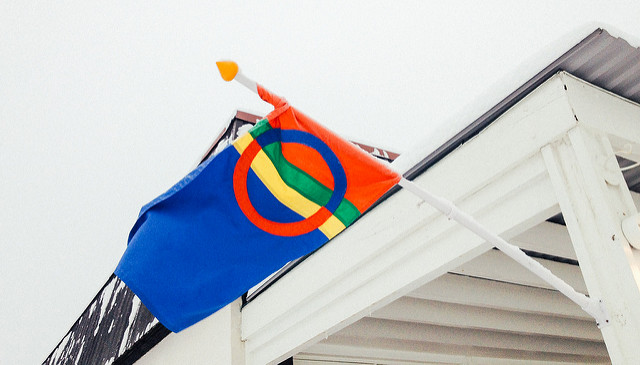
Implementing the State Duty to Consult in Land and Resource Decisions
This paper points out the current gaps when implementing the state duty to consult with Sami communities in land and resource decisions. Resourcing, competence development…
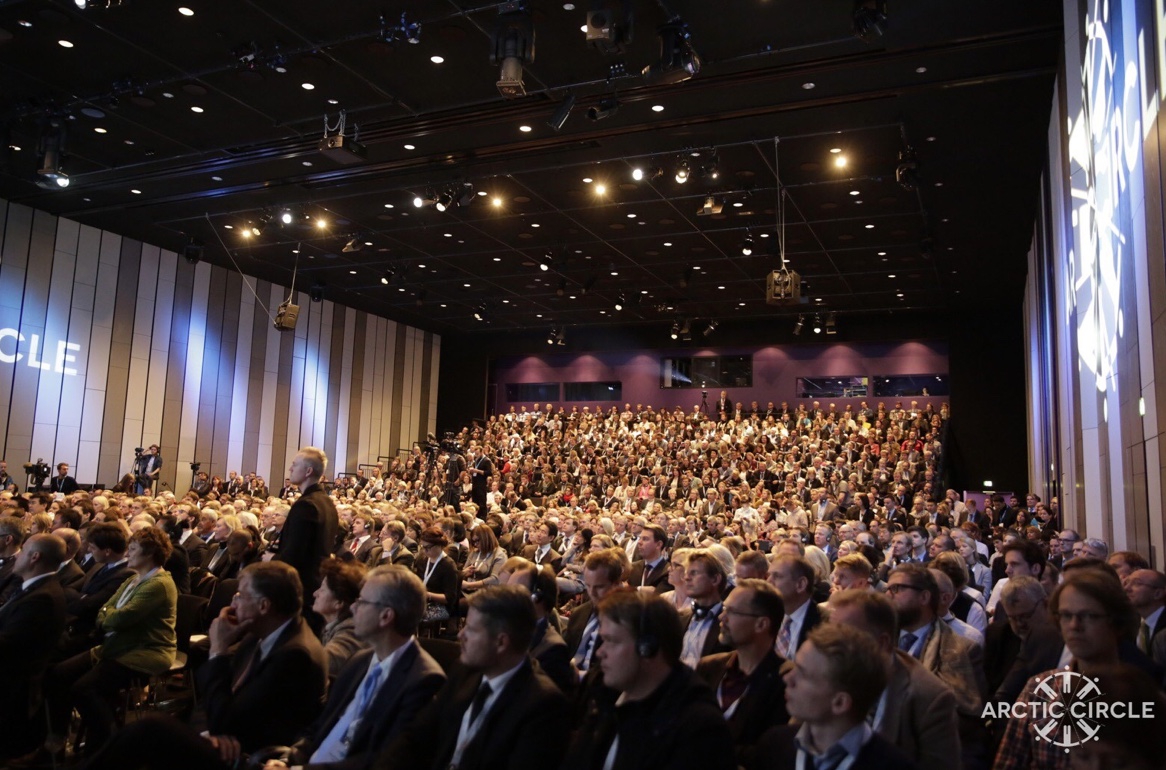
Nilsson to represent REXSAC at the Arctic Circle Assembly, 19-21 October
The annual Arctic Circle Assembly is the largest annual international gathering on the Arctic, attended by more than 2000 participants from 60 countries. It is…
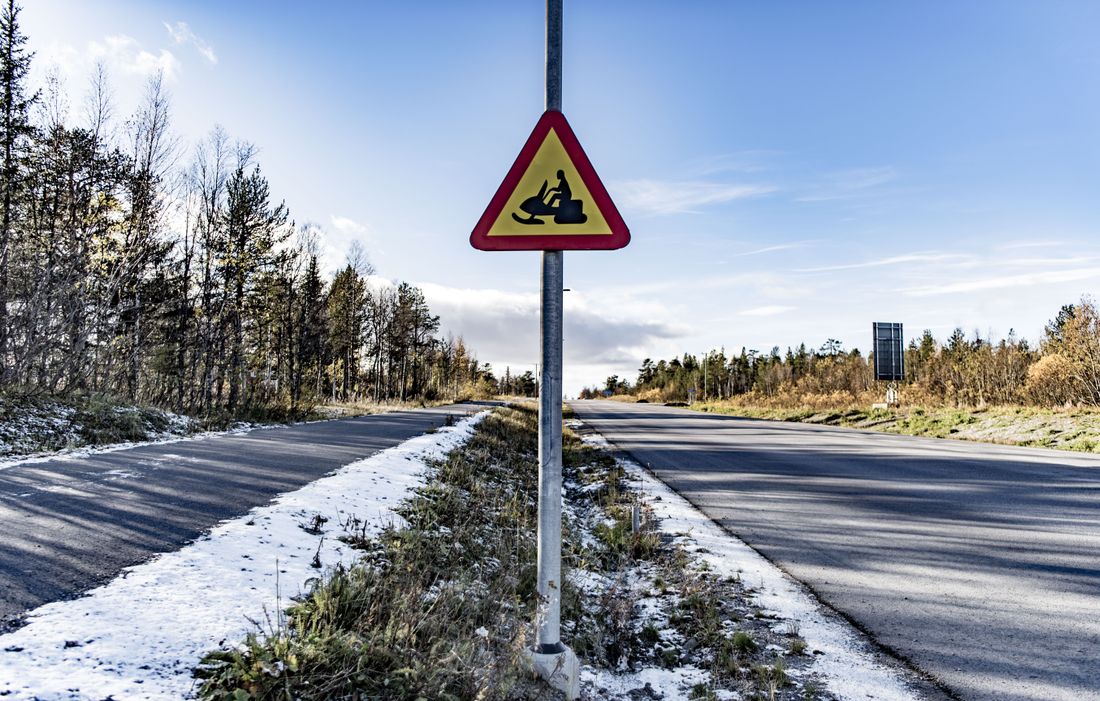
Avalanches and dead reindeer when the heat rises in Kiruna
REXSAC researcher Ninis Rosqvist and Sami village Gabna’s Chairman Lars-Ànte Kuhmunen tell of two dramatic happenings in Kiruna 2018. Kiruna is one of the places where…

New Handbook featuring REXSAC researchers Nuttall and Avango
The Routledge Handbook of the Polar Regions is a guide to the Arctic and the Antarctic through research in the physical and natural sciences and the…
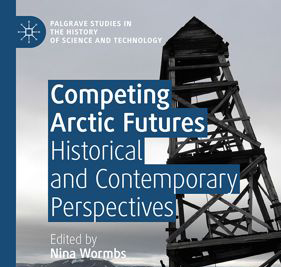
REXSAC researchers contribute to new book, “Competing Arctic Futures”
REXSAC researchers Sverker Sörlin, Annika E. Nilsson, Dag Avango, Peder Roberts and Eric Paglia have contributed to the book, “Competing Arctic Futures: Historical and Contemporary Perspectives”,…
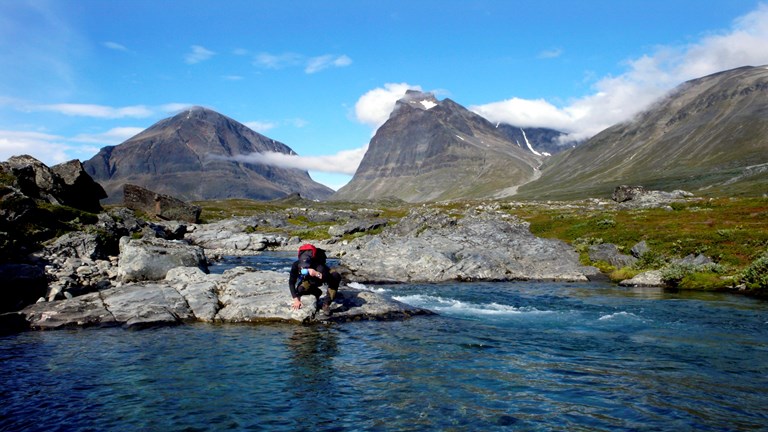
The southern tip of Kebnekaise mountain in Sweden is now becoming lower than the northern peak, according to REXSAC researcher
REXSAC Researcher Ninis Rosqvist took a measurement of the southern tip of Kebnekaise, which consists of snow and ice, on July 31st and compared it to a month prior.…
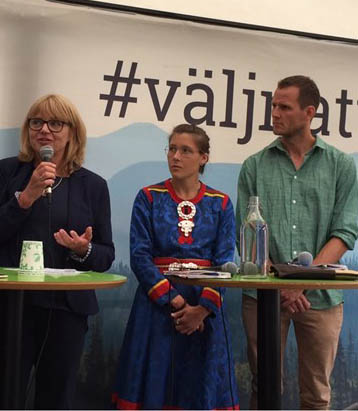
Sami’s limited influence in state processes hot topic in Almedalen in July
Sami’s limited influence in state processes has caused all mining operations on Sami land to be appealed recently. Rasmus Kløcker Larsen, REXSAC researcher at Stockholm Environment…
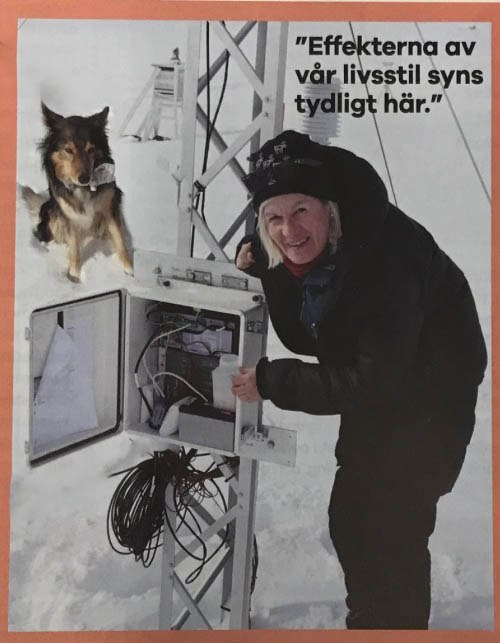
REXSAC researcher featured in Swedish magazine “Naturvetaren”
Gunhild “Ninis” Rosqvist, REXSAC researcher and professor of natural geography at Stockholm University, is also the director of the research center in Tarfala. In this…
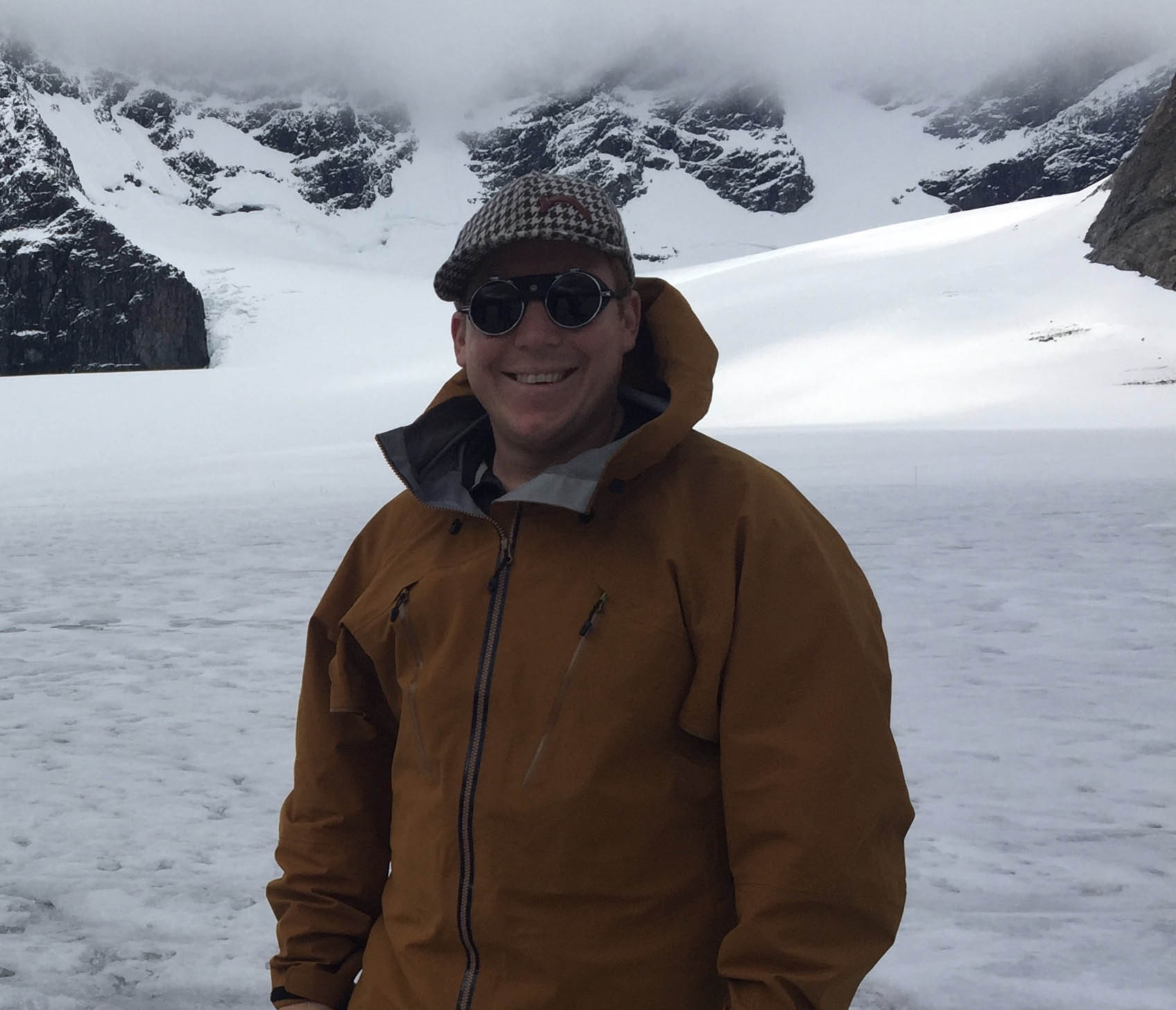
REXSAC PhD student, Calle Österlin, interviewed for SvD series on Sami rights
REXSAC PhD student, Calle Österlin was interviewed in connection with the ongoing series about Sami rights in Northern Sweden in the Swedish newspaper, Svenska Dagbladet.…
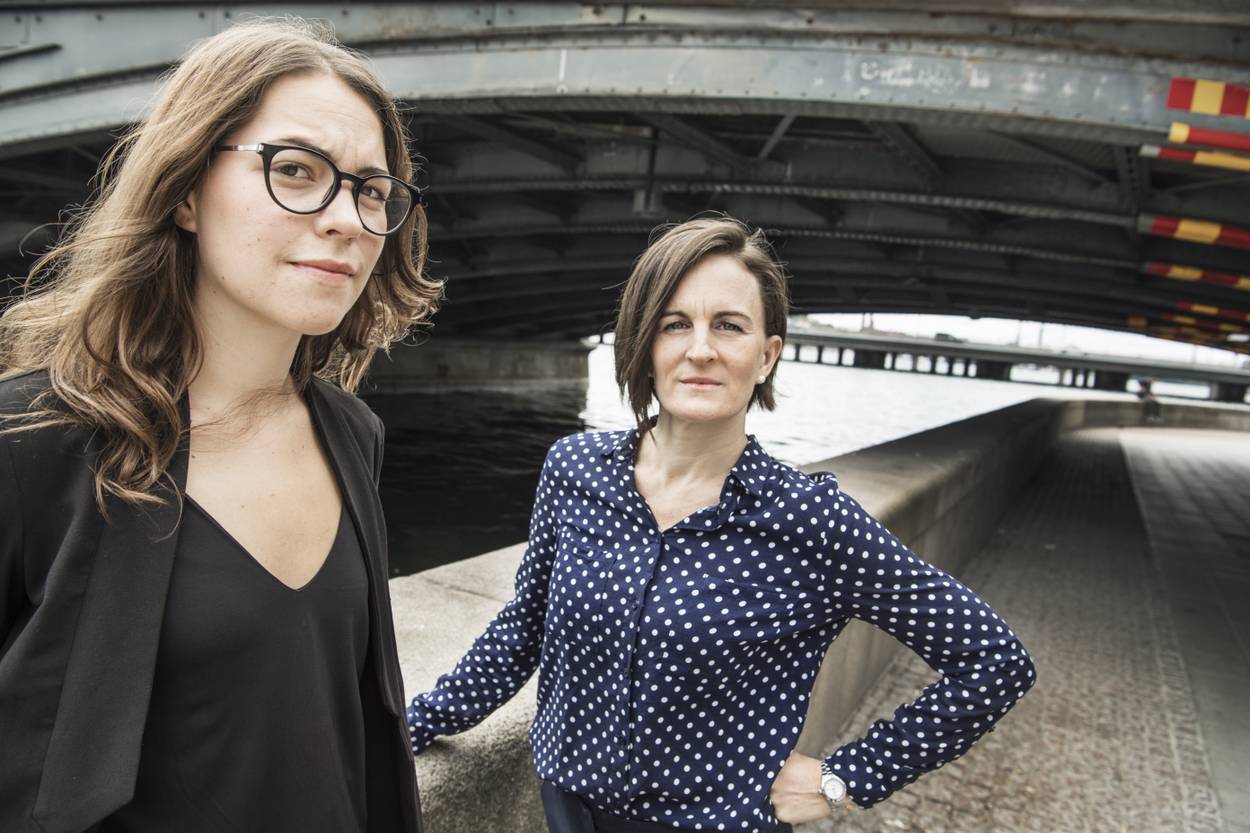
New REXSAC report highlighted in SvD series on Sami land rights
In a series of articles, SvD reviews the conflict that has occurred over half Sweden’s surface. On the one hand, the Sami and their rights…
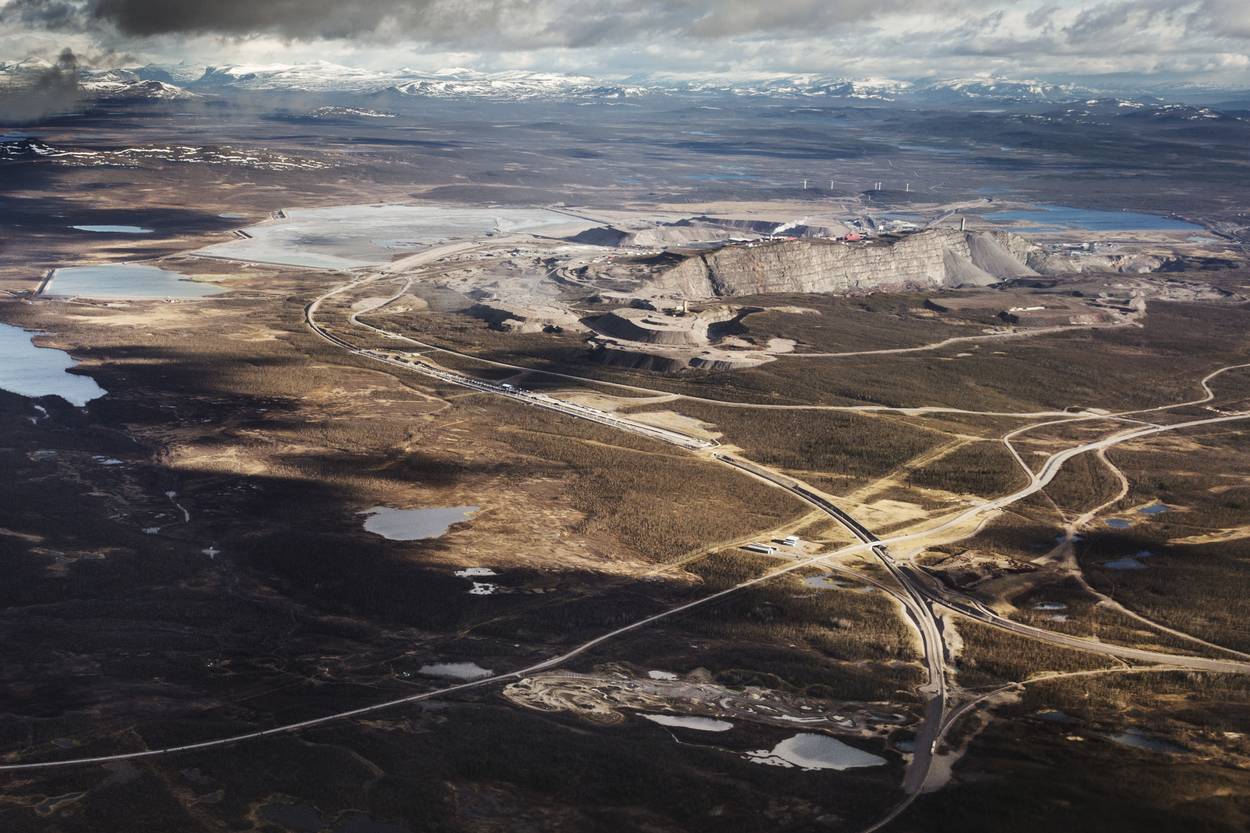
New report: Mining industry perspectives on indigenous rights
A new report by REXSAC researcher, Rebecca Lawrence : Mining industry perspectives on indigenous rights: Corporate complacency and political uncertainty, in the The Extractive Industries and Society is now available. …

The people and the mountain – about life at the foot of Kebnekaise
Swedish Radio meets the people who live and work next to the Kebnekaise mountain range where the glaciers are melting and climate change is becoming more…

New report: Mining companies’ performance on Sami lands
This paper (Larsen, R. K., Österlin, C. (REXSAC researchers) and Guia, L.) considers whether these voluntary actions actually improve companies’ CEA performance and so provide…
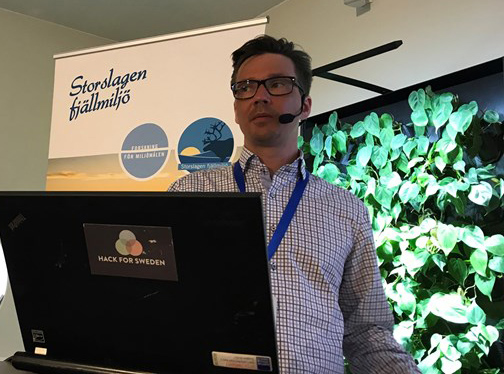
Research initiative intensifying at final conference on Swedish mountain environment
There are about 40 researchers from seven Swedish universities who carried out twelve different research projects in the years 2013-2017 in connection with the Swedish…

Artikel in Samefolket magazine about indigenous rights in Sweden
Sweden, according to a new study, is the worst of all comparable countries in allowing indigenous peoples to assert their rights in environmental assessments of, for…
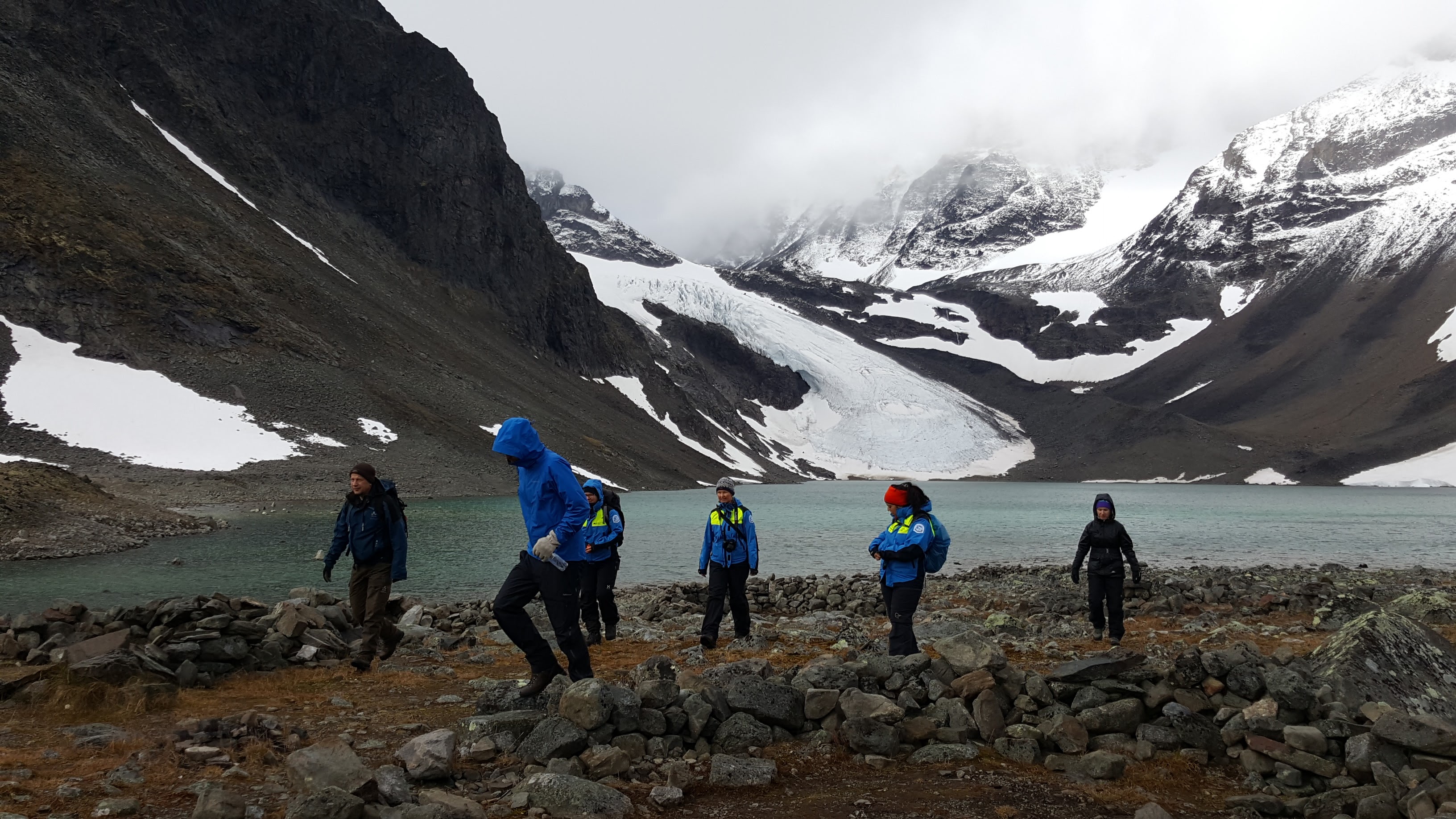
REXSAC’s Annual Report 2017
This is the second annual report from REXSAC. This report has been prepared by an editorial team, consisting of past and current members of the REXSAC Executive…

Feeding the reindeer – more than just giving them food
On March 22-23rd, a workshop on “Challenges and opportunities of supplementary feeding in reindeer husbandry” was held in Kiruna, Sweden. A joint action of the REXSAC, ReiGN and…
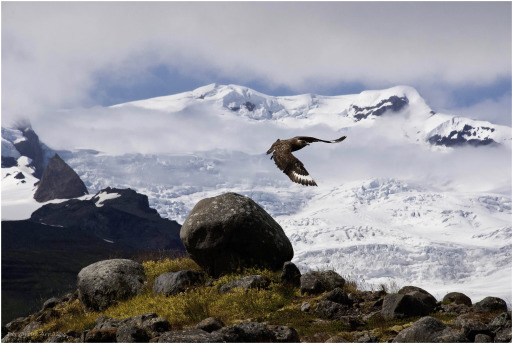
Medieval Iceland, Greenland, and the New Human Condition: A case study in integrated environmental humanities
This paper contributes to recent studies exploring the longue durée of human impacts on island landscapes, the impacts of climate and other environmental changes on…
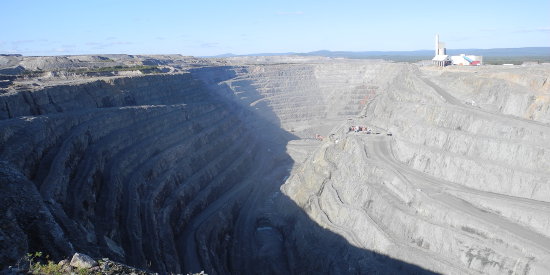
Sverige sämst på urfolks inflytande vid gruv- och vindkraftsetablering
Sveriges Radio Sameradion rapporterar: Möjligheter till samiskt inflytande saknas och samråd är enkelriktad information. Det konstaterar forskare vid Stockholm Environment Institute i en färsk studie…
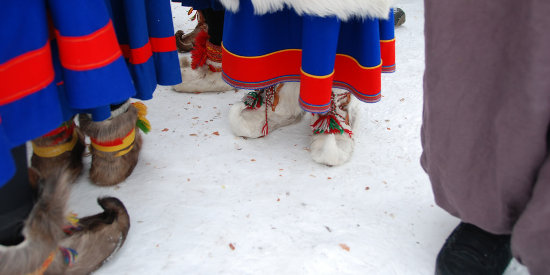
Indigenous peoples influence on impact assessments
A study performed in Sweden, Norway, Canada, Australia and New Zealand, shows that Sweden received the lowest score regarding indigenous peoples influence on impact assessments.…
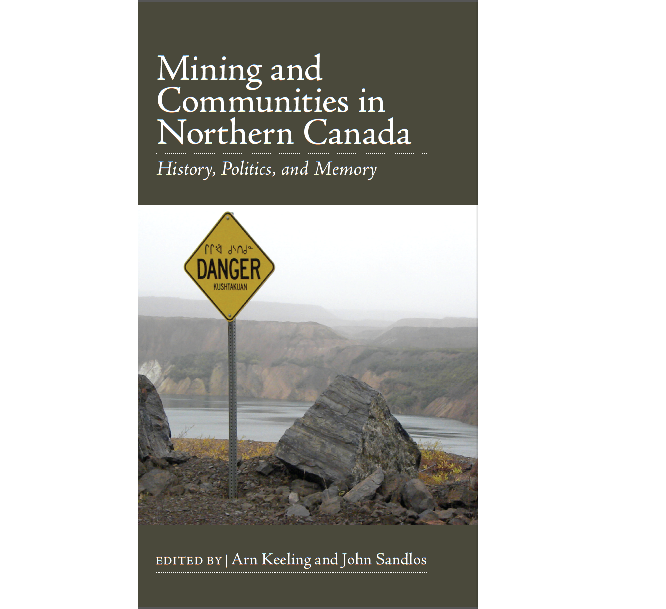
Mining and Communities in Northern Canada: History, Politics, and Memory
This award-winning collection examines historical and contemporary impacts of mining on Aboriginal communities in northern Canada. Keeling, Arn and Sandlos, John (eds) (2015). Mining and…
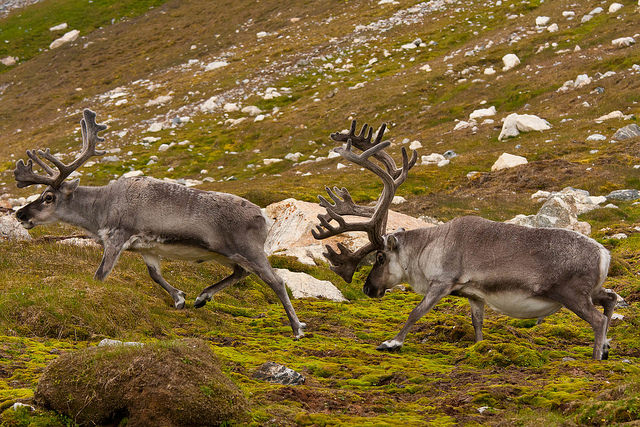
How stressed are reindeer?
REXSAC research on how climate change and exploitation of resources affect stress levels in reindeer have featured in Swedish media. The work is led by…
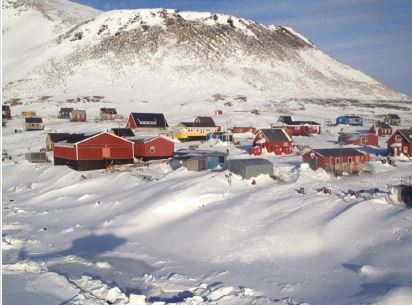
Under the Great Ice. Climate, Society and Subsurface Politics in Greenland
This book by REXSAC researcher Mark Nuttall takes the reader on a journey through landscapes, seascapes and icescapes of memory, movement and anticipation, and unravels…
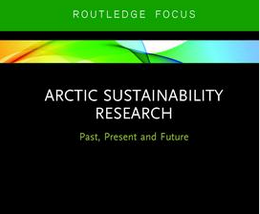
Arctic Sustainability Research. Past, Present and Future
What does the word “sustainable” mean in discussing resource extraction and sustainable Arctic communities? This book explores the history, current state of knowledge, and the…

Knowledge production and environmental conflict
Systematic reviews have become popular for mapping knowledge about environmental impacts. This article provides a commentary on the role of stakeholder involvement when reviewing issues…
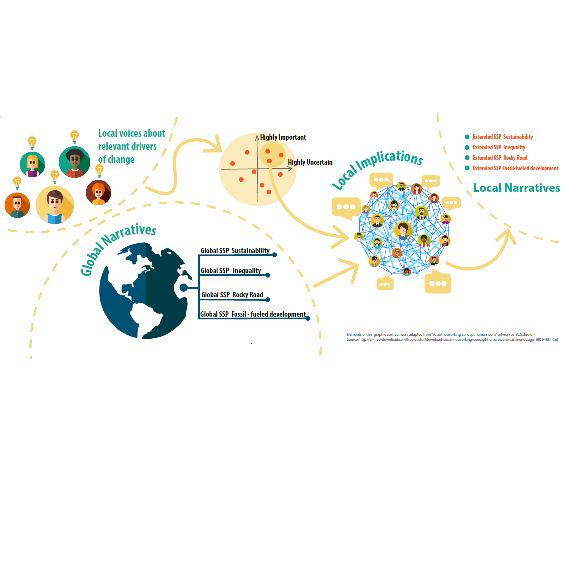
Towards extended shared socioeconomic pathways
This article features a combined participatory bottom-up and top-down scenario methodology with results from the Barents region. It is the result of work carried out…
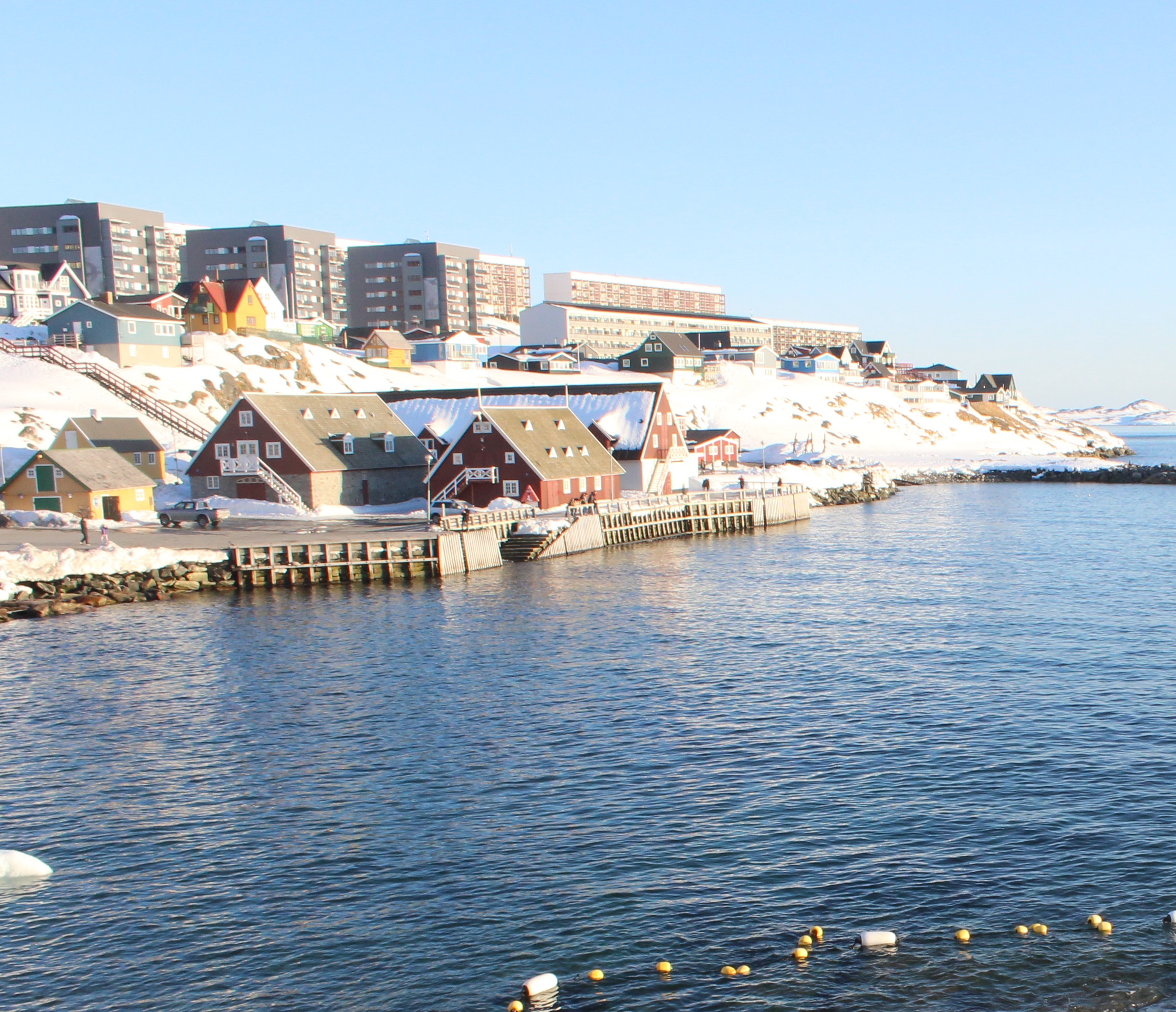
Heritage and change in the Arctic
Heritage and Change in the Arctic: Resources for the Present, and the Future. Edited by Robert C. Thomsen and Lill Rastad Bjørst. Aalborg University Press…
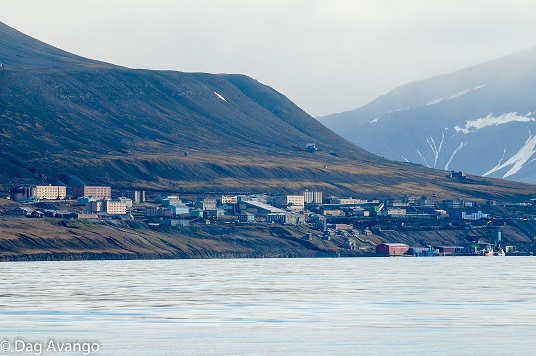
REXSAC’s Annual Report 2016
This report – REXSAC Annual Report 2016 – provides an overview of the first year of REXSAC activities including reports on strategic program development and…
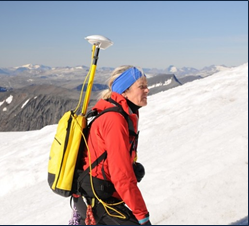
Det nya klimatet/The new climate
In a Swedish television documentary on the new climate and its impacts on reindeer herding in northern Sweden, REXSAC’s scientific directors Gunhild Rosqvist comments on…
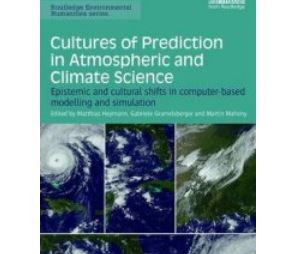
Bellwether, exceptionalism, and other tropes: Political coproduction of Arctic climate modeling
Wormbs, N., Döscher, R., Nilsson, A. E., Sörlin, S., (2017). “Bellwether, Exceptionalism, and Other Tropes: Political Coproduction of Arctic Climate Modeling”, in: Cultures of Prediction:…
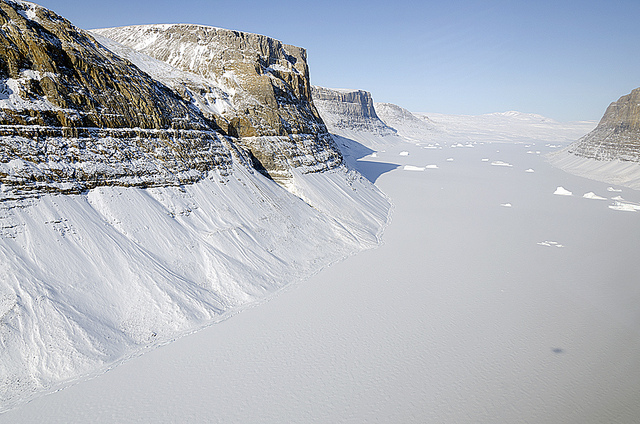
Arctic futures: Agency and assessing assessments
Wormbs, Nina & Sverker Sörlin, (2017) “Arctic Futures: Agency and Assessing Assessments”, in Arctic Environmental Modernities From the Age of Polar Exploration to the Era…
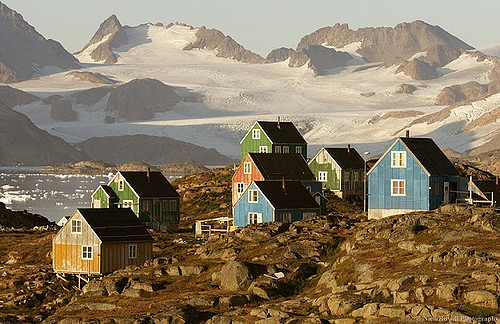
“En plads i solen” – historiske perspektiver på debatten om udvikling og modernitet i Grønland
Thisted, Kirsten (2017). “’En plads i solen’ – historiske perspektiver på debatten om udvikling og modernitet i Grønland”. [-[‘A place in the sun’ – historical…

The Greenlandic Reconciliation Commission: Ethnonationalism, Arctic resources, and post-colonial identity
Thisted, Kirsten (2017). The Greenlandic Reconciliation Commission: Ethnonationalism, Arctic resources, and post-colonial identity. In: Arctic Environmental Modernities From the Age of Polar Exploration to the…

Scaling the Planetary Humanities: Environmental Globalization and the Arctic
Sörlin, S., (2017) “Scaling the Planetary Humanities: Environmental Globalization and the Arctic”, in Heise, Ursula K., Jon Christensen, and Michelle Niemann, eds. The Routledge Companion…
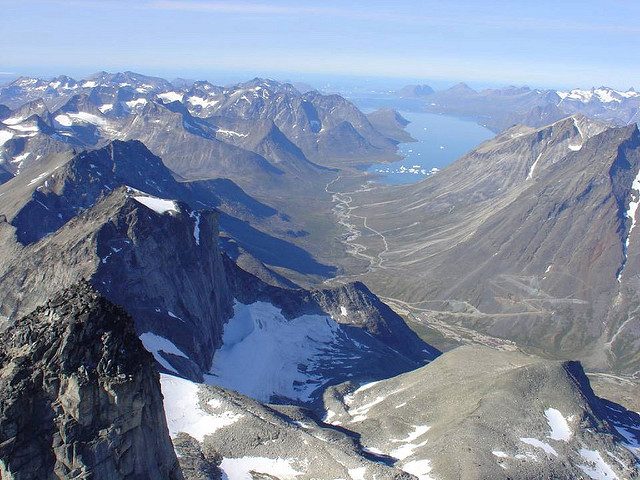
Large-scale mining and social innovation
Sejersen, Frank (2016). Large-scale mining and social innovation. In Knudsen (ed.) Perspectives on Skills: An Anthology on Informally Acquired Skills in Greenland (pp. 167-182). Copenhagen:…
Applying a synthetic approach to the resilience of Finnish reindeer herding as a changing livelihood
Sarkki, S., Komu, T., Heikkinen, H.,I, Acosta G., N., Lépy, É., Herva, V-P (2016) Applying a synthetic approach to the resilience of Finnish reindeer herding…
Aboriginal communities, traditional Knowledge, and the environmental legacies of extractive development in Canada
Sandlos, J., and Keeling, A. (2016) Aboriginal communities, traditional Knowledge, and the environmental legacies of extractive development in Canada. The Extractive Industries and Society 3,2:…
Introduction: Critical perspectives on extractive industries in Northern Canada
Sandlos, J., and Keeling, A. (2016) Introduction: Critical perspectives on extractive industries in Northern Canada. The Extractive Industries and Society 3,2: 265–268
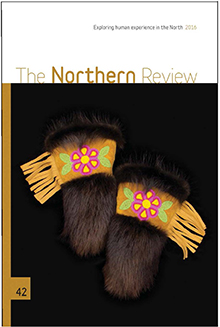
Toxic legacies, slow violence, and environmental injustice at Giant Mine, Northwest Territories
Sandlos, J., and Keeling, A. (2016) Toxic Legacies, Slow Violence, and Environmental Injustice at Giant Mine, Northwest Territories. Northern Review 42: 7-21. https://doi.org/10.22584/nr42.2016.002
Arctic sustainability research: Towards a new agenda
Petrov A.N. BurnSilver, S., Chapin, T. Fondahl, G., Keil, K, Nilsson, A.E., Riedlsperger, R. and Schweitzer, P. Arctic sustainability research: toward a new agenda. Polar…
Tourism and Arctic observation systems: Exploring the relationships
de la Barre, Maher, S.P., Dawson, J., Hillmer-Pegram, K., Huijbens, E., Lamers, M., Liggett, D., Müller, D., Pashkevich, A. and Stewart, E. (2016). Tourism and…
Nature-based tourism, conservation and institutional governance: a case study from the Russian Arctic
Pashkevich, A., Stjernström. O. & Lundmark, L. (2016). Nature-based tourism, conservation and institutional governance: a case study from the Russian Arctic. The Polar Journal, 6…
CACCON and partner knowledge networks: Arctic 16 coastal engagement network of future earth coasts
Forbes, D.L., Bell, T., LeTissier, M., Petrov, A., Pulsifer, P., Atkinson, D.E., Eerkes-Medrano, L., Larsen, J.N., Couture, N., Kraev, G., Marino, E., Overduin, P., Rasmussen,…
Decade of accelerating change in the Arctic
Larsen, Joan Nymand. 2016. Commentary: A Decade of Accelerating Change in the Arctic. In The Arctic in World Affairs. A North Pacific Dialogue on the…
Polar Economics: Expectations and real economic futures
Larsen, Joan Nymand (Ed.). 2016. Editorial: Polar Economics: Expectations and real economic futures. The Polar Journal. Vol. 6, No 1, pp. 1-10.
Orientalism or cultural encounters? Tourism assembling culture, capital, and identities
Kramvig, Britt. 2017. “Orientalism or cultural encounters? Tourism assembling culture, capital, and identities”, in Viken et al., Sami Tourism, London: Routledge.
Stories of hope: Enacting art, science and travelling in/across Russian Norwegian borders
Kramvig, Britt and Hilde Methi. 2017. “Stories of hope: Enacting art, science and travelling in/across Russian Norwegian borders”, in Co-creating Tourism Research. Towards Collaborative Ways…
Industrial heritage sites in polar regions: Sources of historical information
Hacquebord, Louwrens, and Dag Avango. “Industrial Heritage Sites in Polar Regions: Sources of Historical Information.” Polar Science 10, no. 3 (2016): 433-40.
Context-sensitive political ecology to consolidate local realities under global discourses: A view for tourism studies
Heikkinen H.,I., Acosta G., N., Sarkki, S. and Lépy É (2016) Context-sensitive political ecology to consolidate local realities under global discourses: A view for tourism…
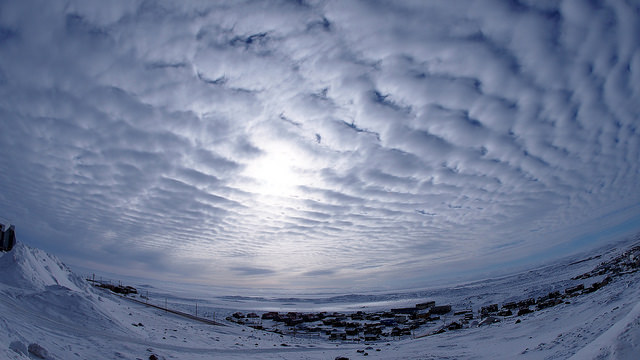
Værkrigen i Arktis
Flyen, Anne-Cathrine. Værkrigen i Arktis. (The Arctic Weather War of WW II). Årbok / Fortidsminneforeningen 2016: 177-190. …
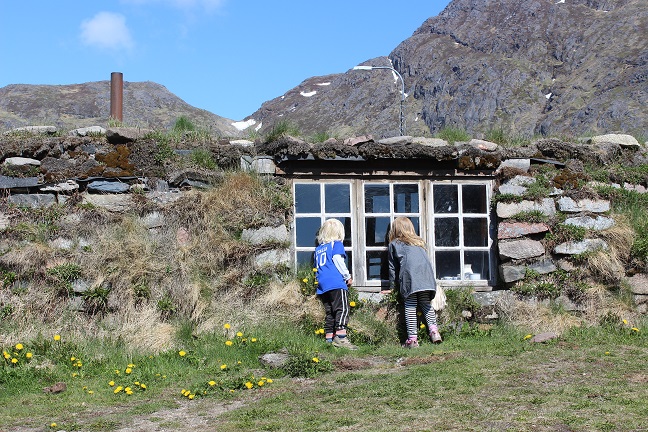
Composing Greenlandic tourism futures: An Integrated Political Ecology and Actor-Network Theory Approach
Ren, C. B., Bjørst, L. R., & Dredge, D. (2016). Composing Greenlandic tourism futures: An Integrated Political Ecology and Actor-Network Theory Approach. I M. Mostafanezhad,…
Att konstruera naturresurser: industriella framtidsvisioner om Svalbard 1870-1930
Avango, Dag. “Att konstruera naturresurser: industriella framtidsvisioner om Svalbard 1870-1930.” Ottar 310, no. 2 (2016): 41-49.
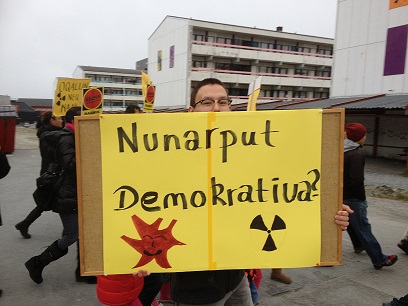
Saving or destroying the local community? Conflicting spatial storylines in the Greenlandic debate on uranium
Bjørst, L. R. (2016). Saving or destroying the local community? Conflicting spatial storylines in the Greenlandic debate on uranium. The Extractive Industries and Society, 3(1),…
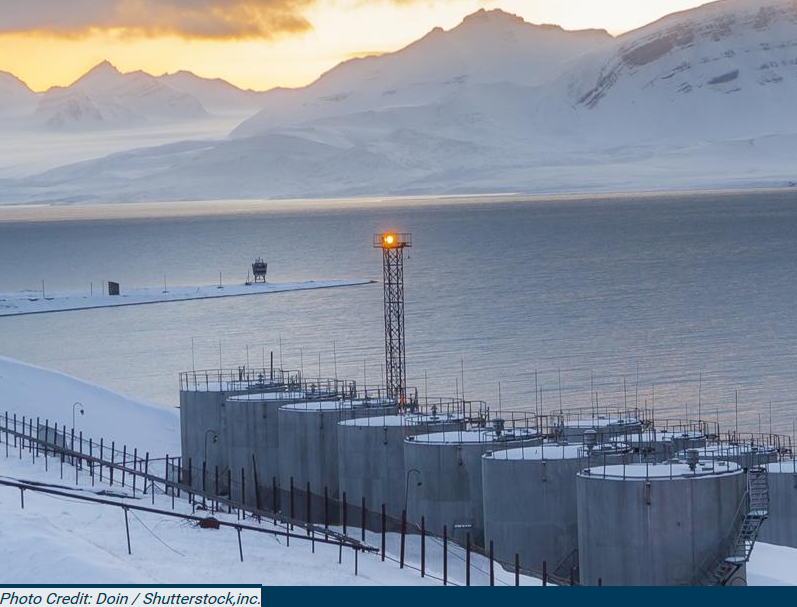
Can the Arctic lead the way to a post-petroleum future?
The Arctic is often depicted as a region of vast petroleum resources — a wealth ready to be exploited to ensure national energy security and…
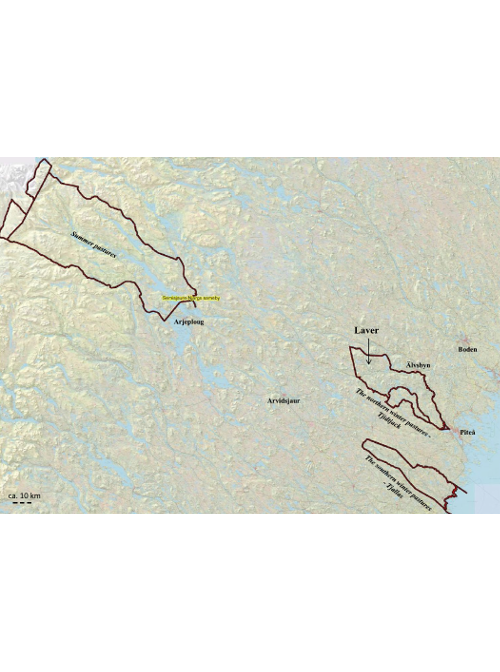
The politics of planning: assessing the impacts of mining on Sami lands
“The politics of planning: assessing the impacts of mining on Sami lands” examines the implications of undertaking community-based impact assessment (CBIA) in the Swedish context…
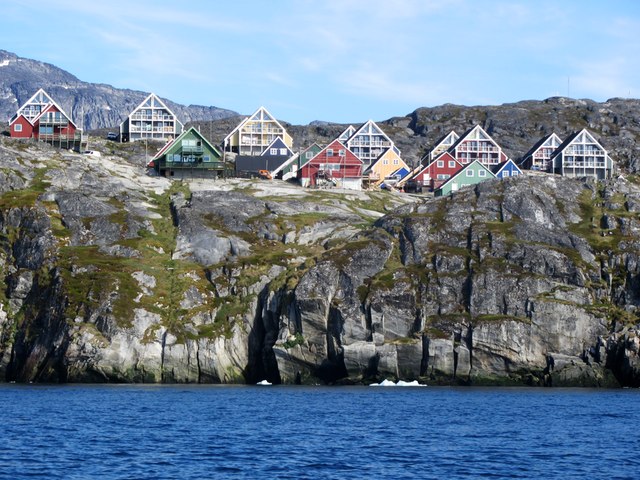
Extractive industries and the unmaking of Arctic places
Indigenous perceptions of land, waters and animals – and their relationships with them – are often ignored in discussions about the development of natural resources.…
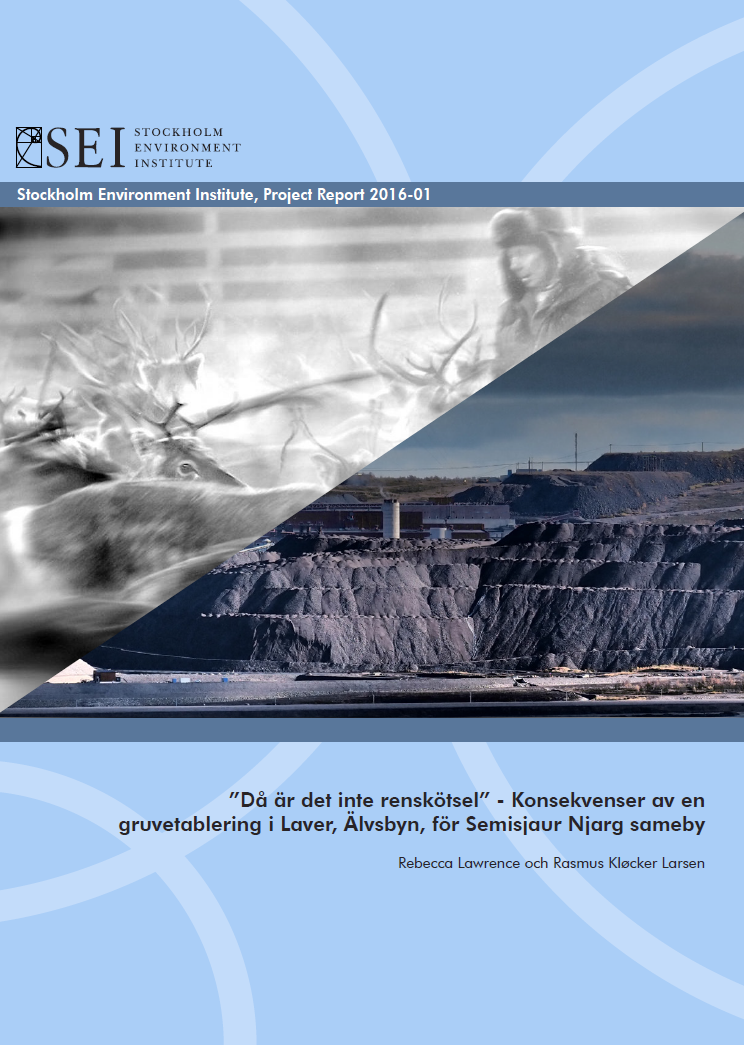
“Då är det inte renskötsel”
This report is about the impacts of Boliden’s proposed mine in Laver, northern Sweden, for the Semisjaur Njarg Sami reindeer herding community (in Swedish with…

Future Mountains, a new film
Changes in climate and land use, such as mining and infrastructure developments, strongly affect the mountain environment in Arctic Sweden and thereby also the conditions…
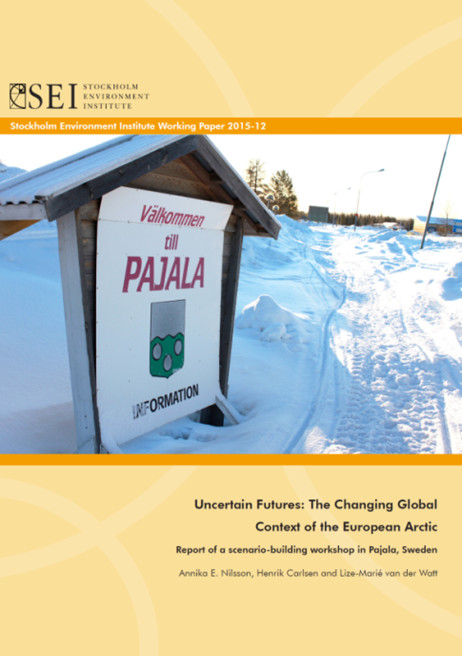
Uncertain Futures: The Changing Global Context of the European Arctic
What does the future look like from the perspective of a small municipality in northern Sweden? What social and environmental challenges might there be and…
